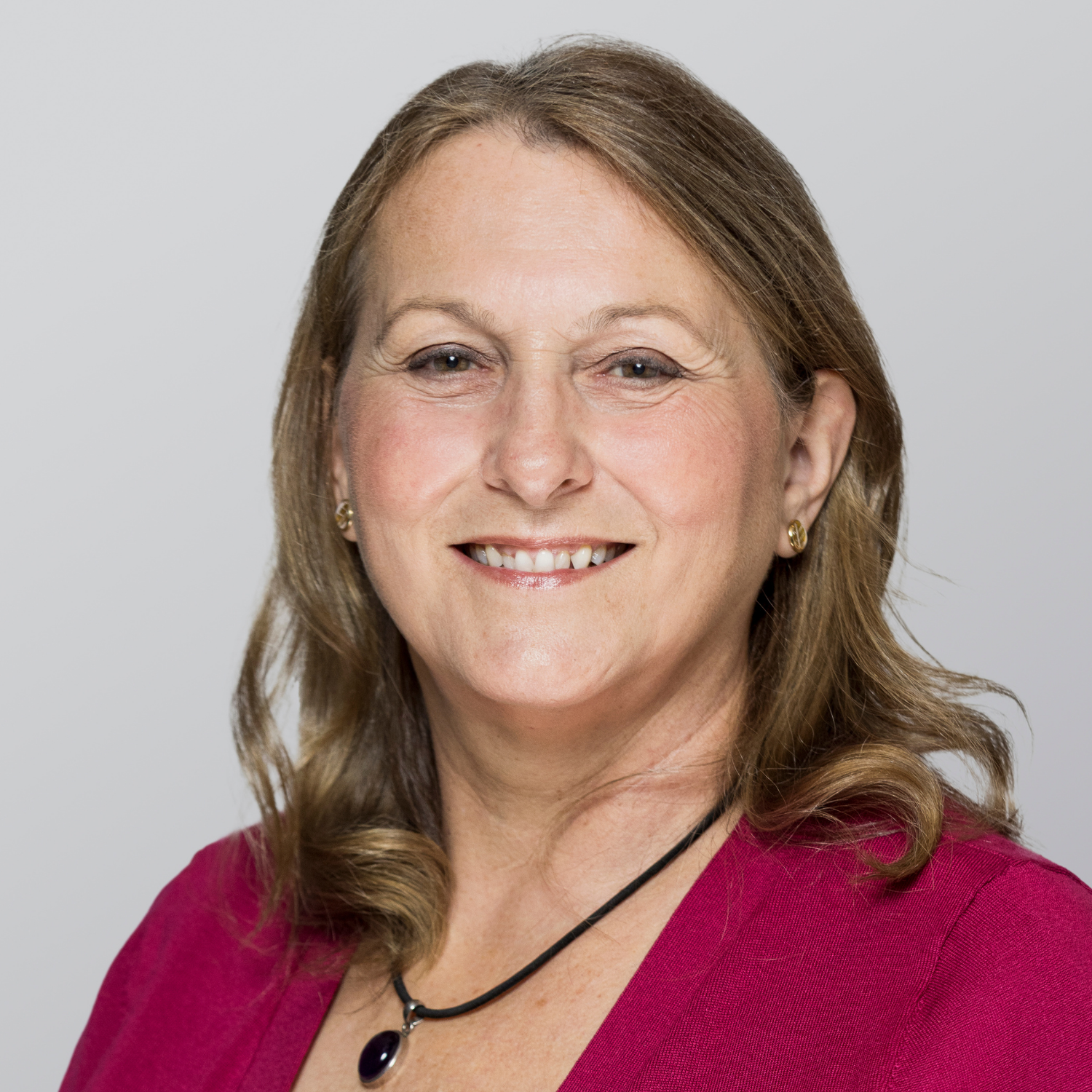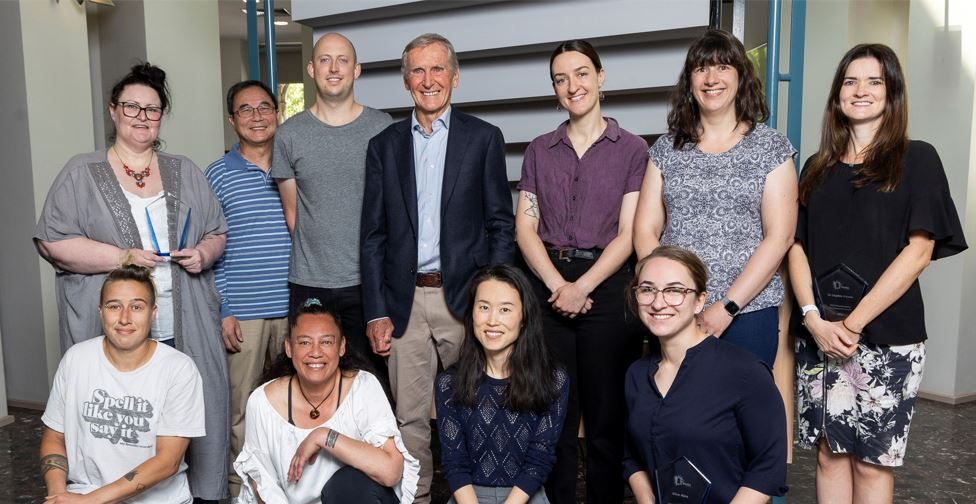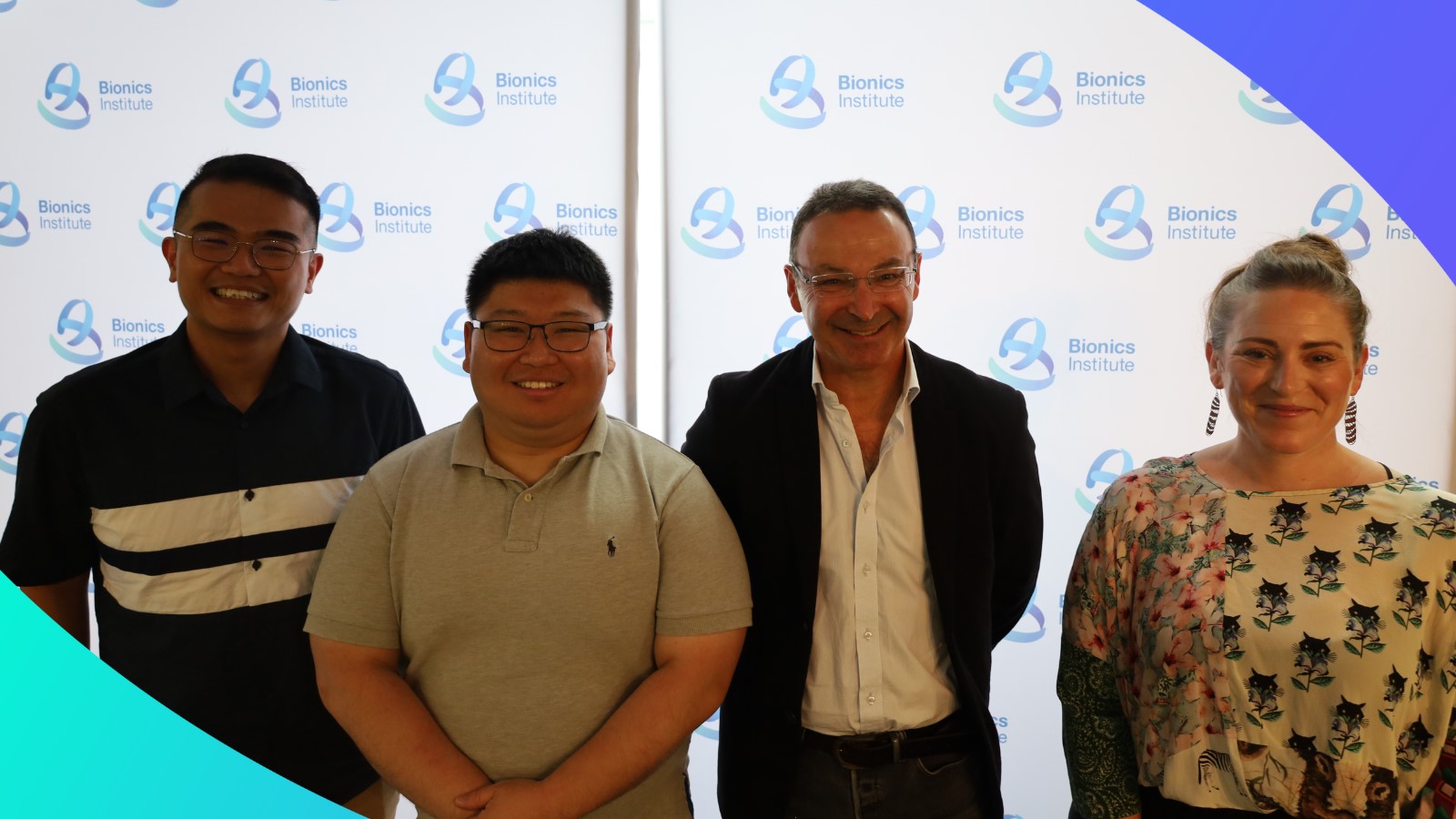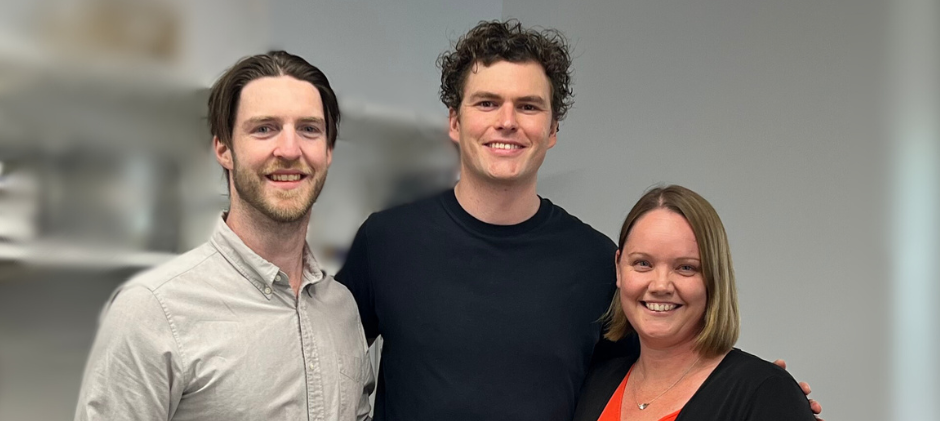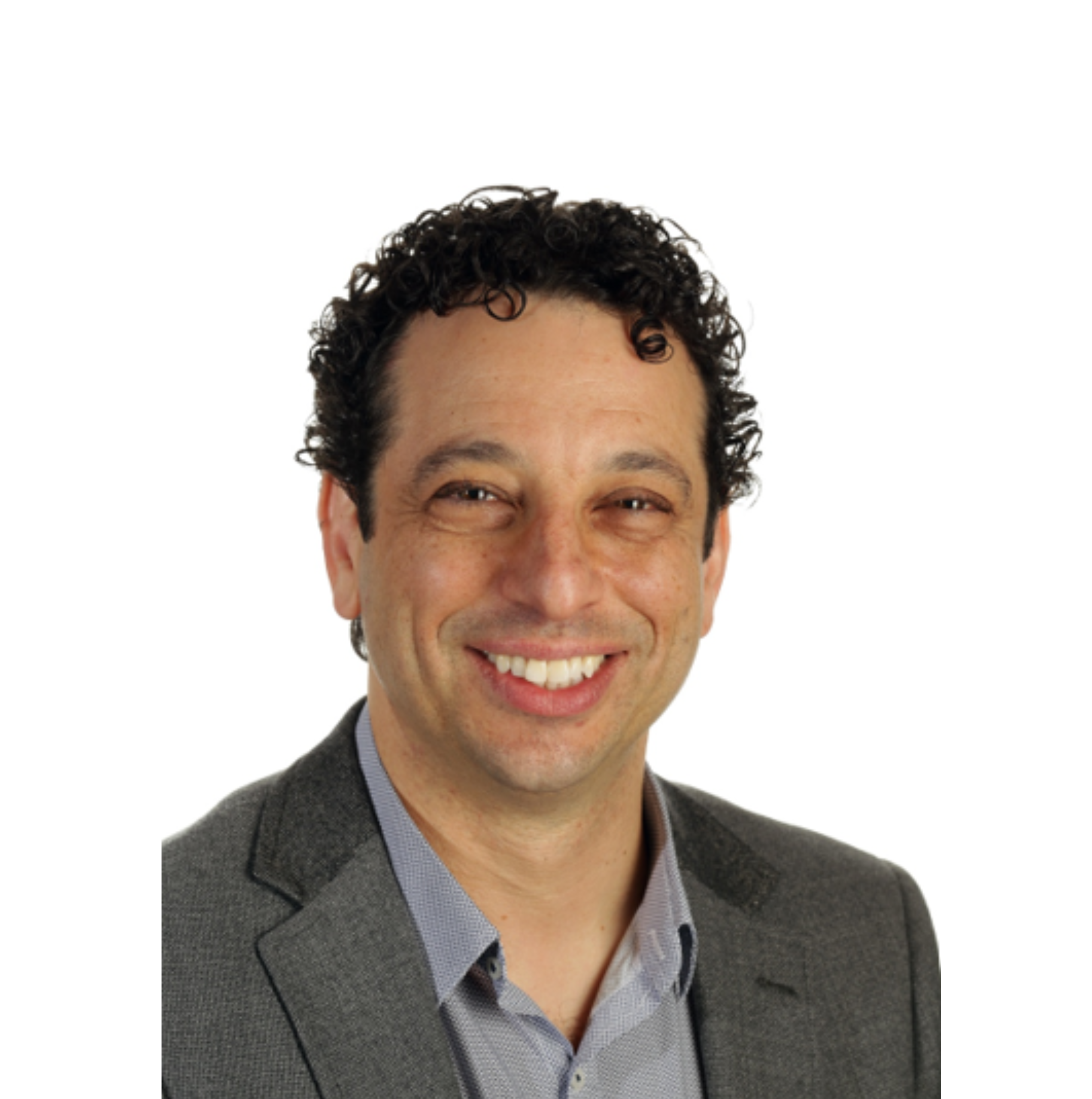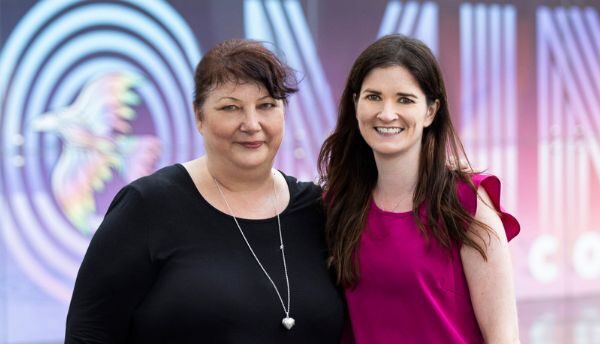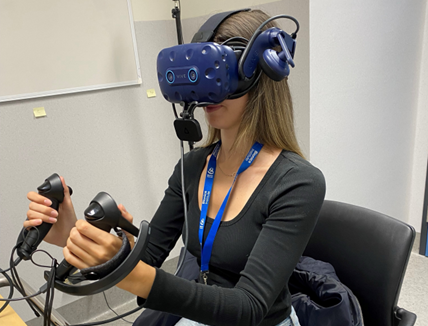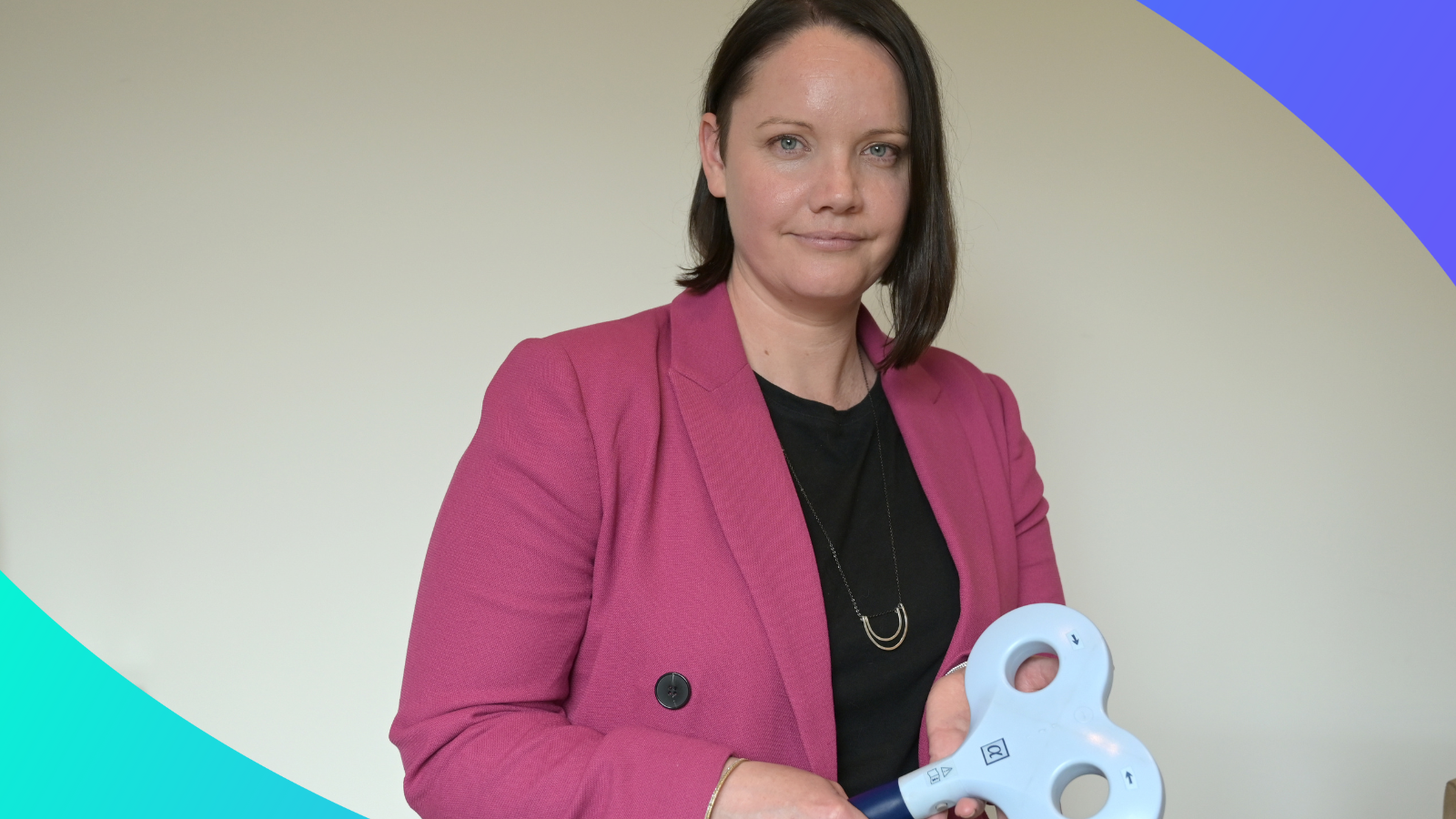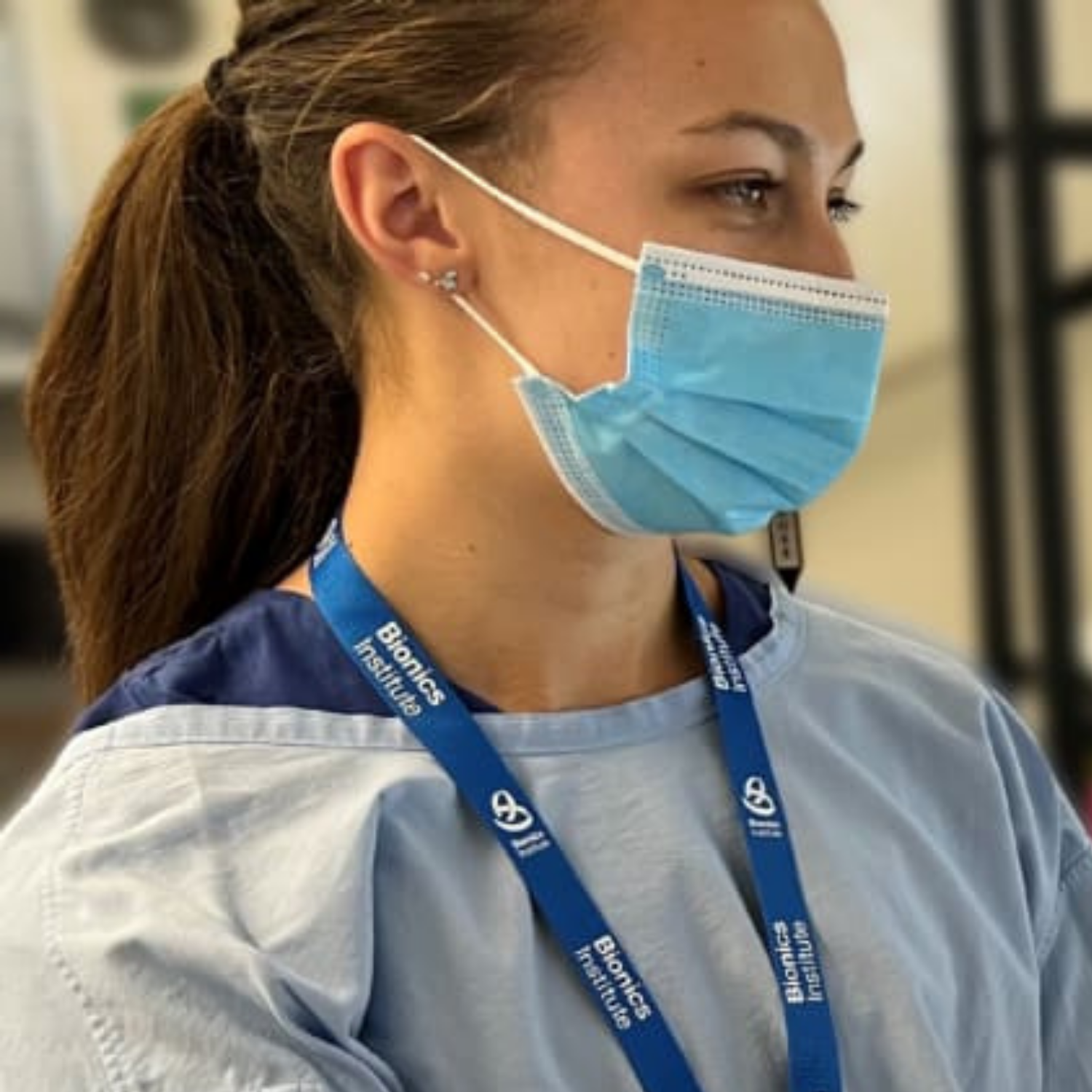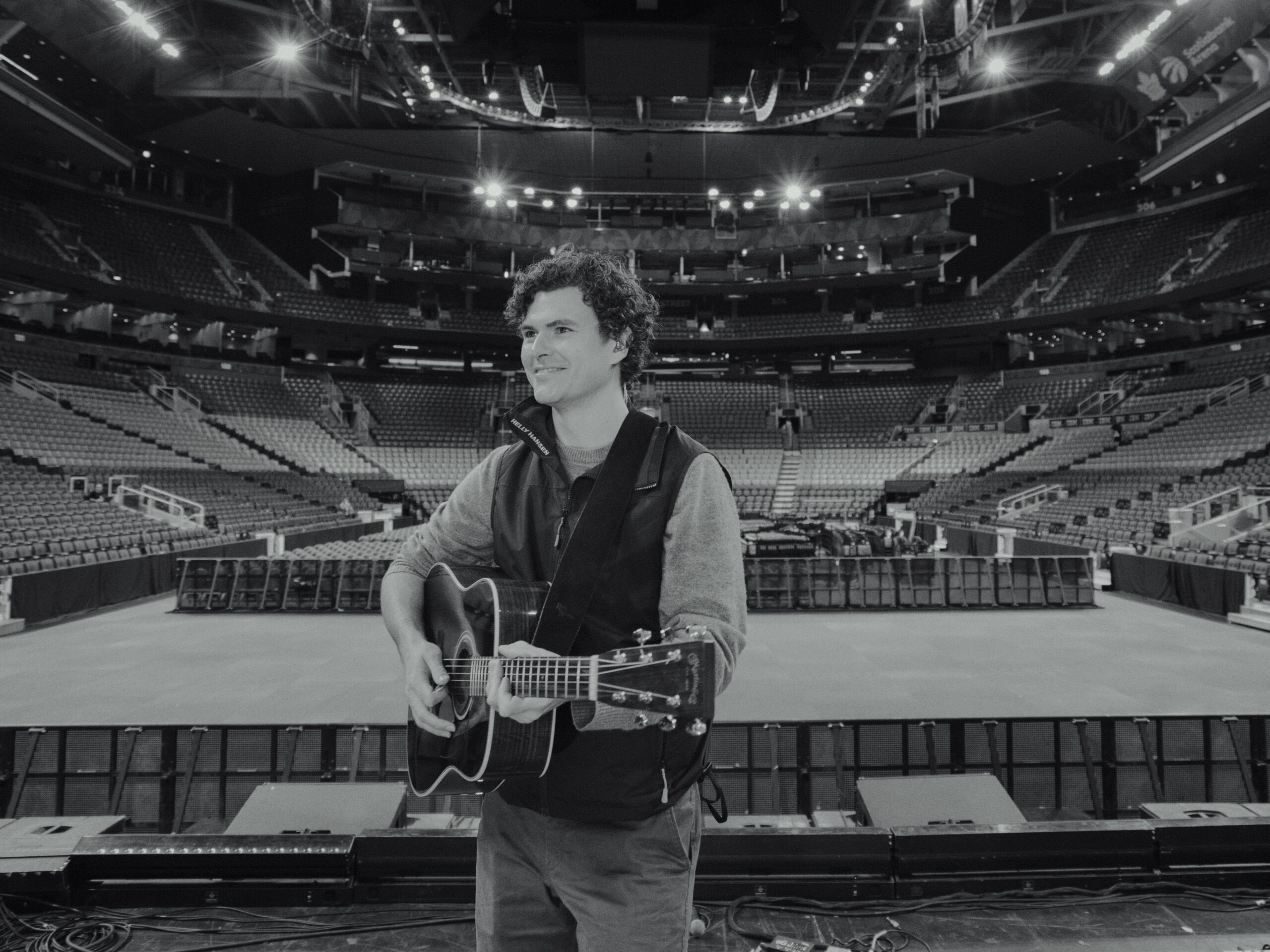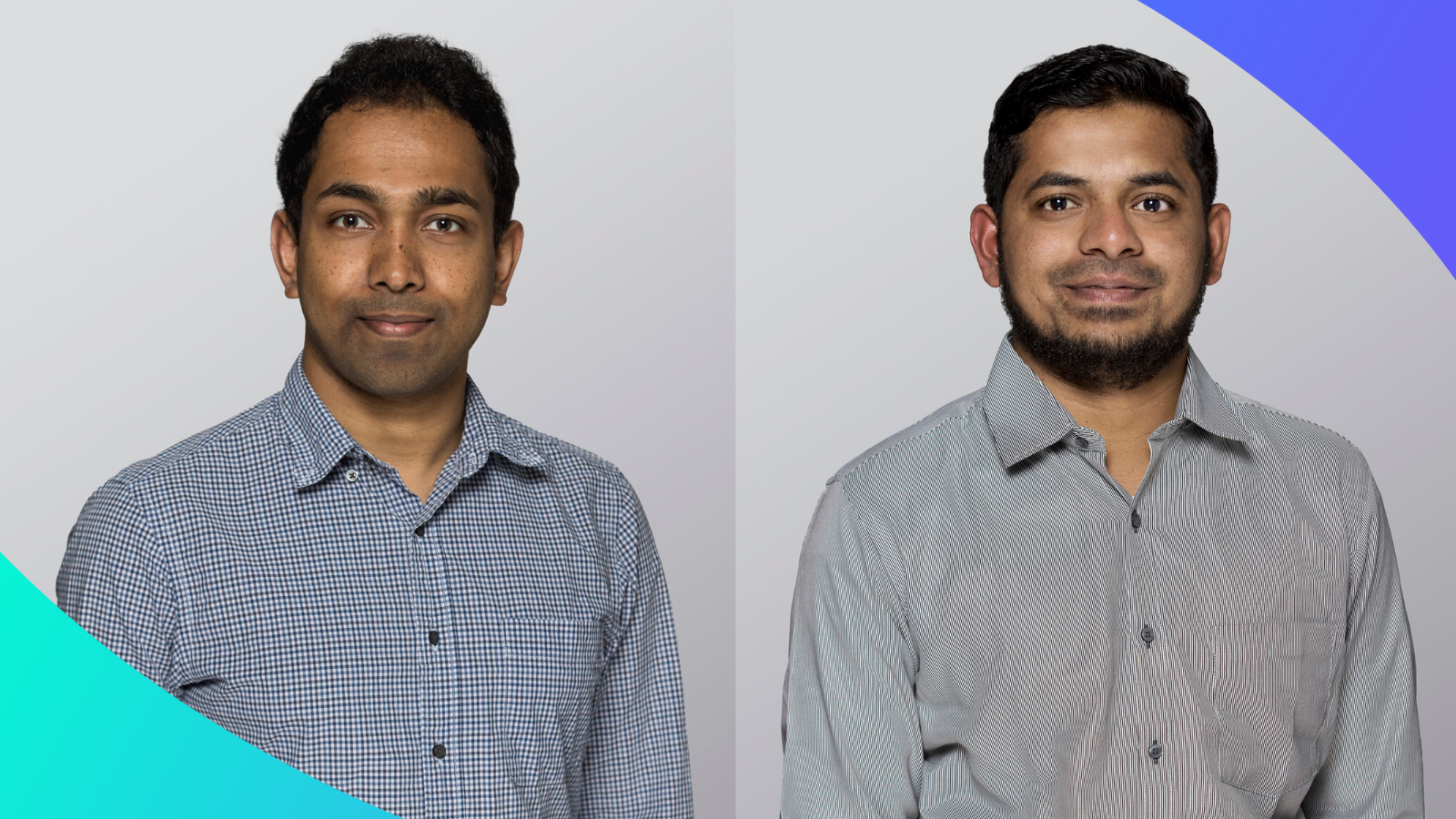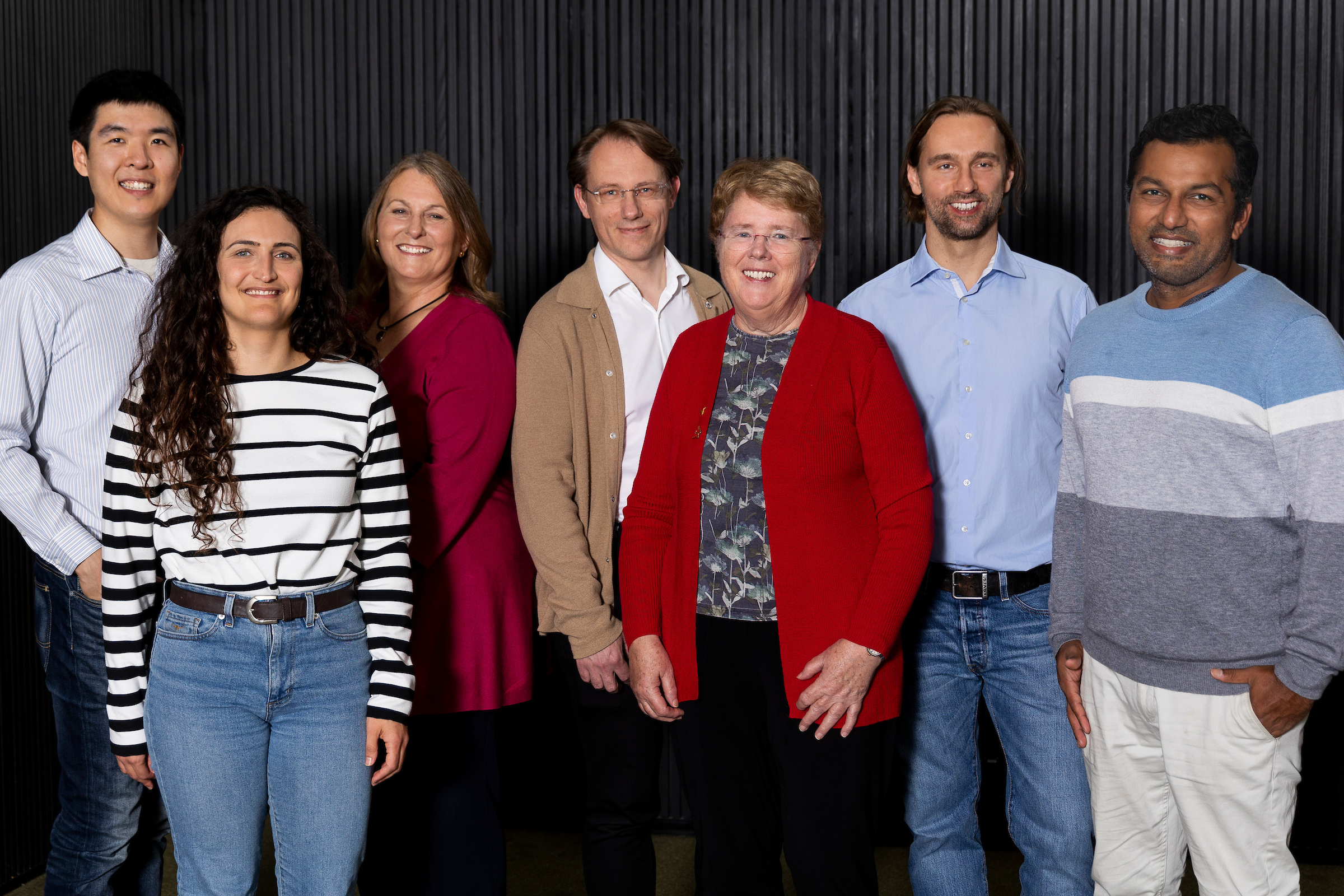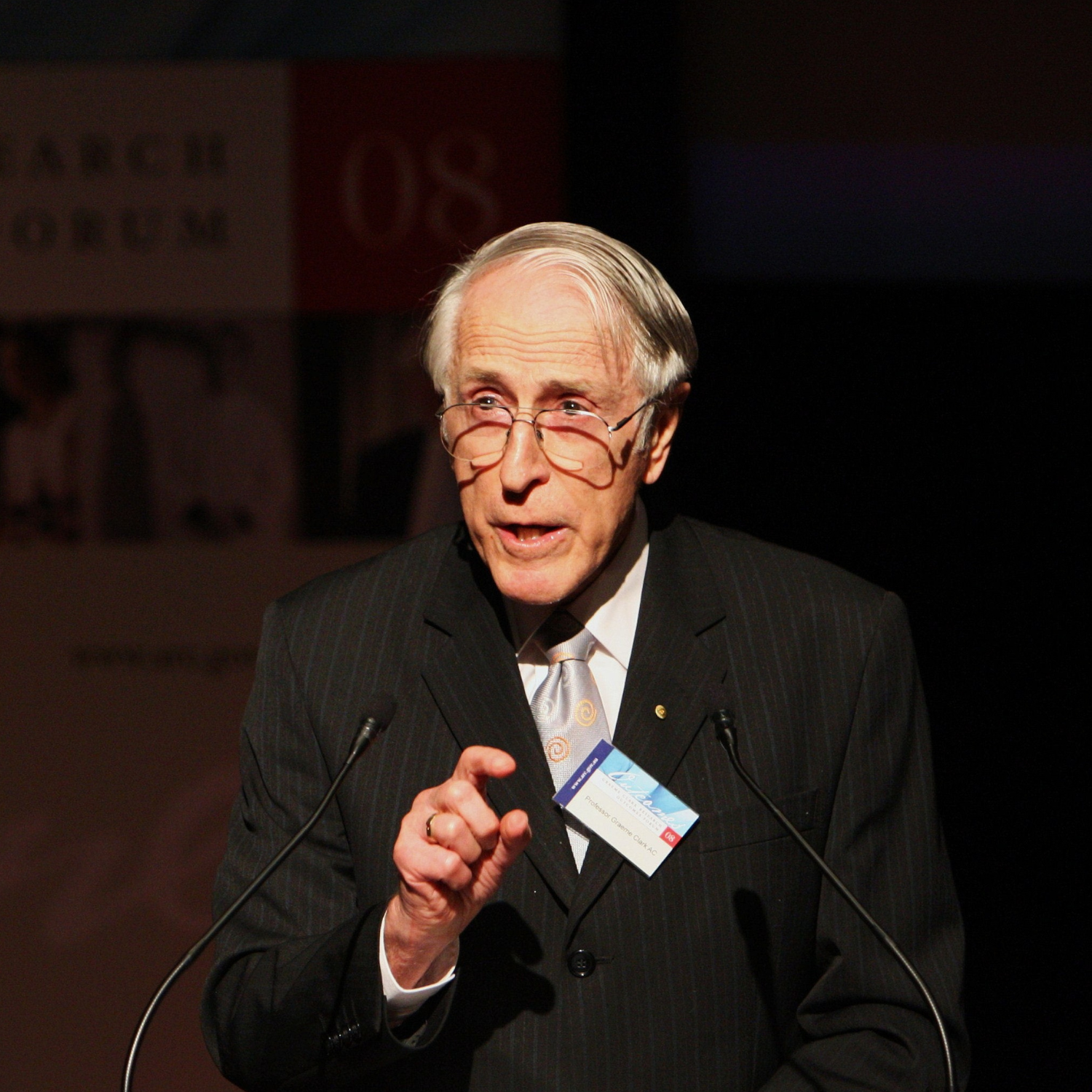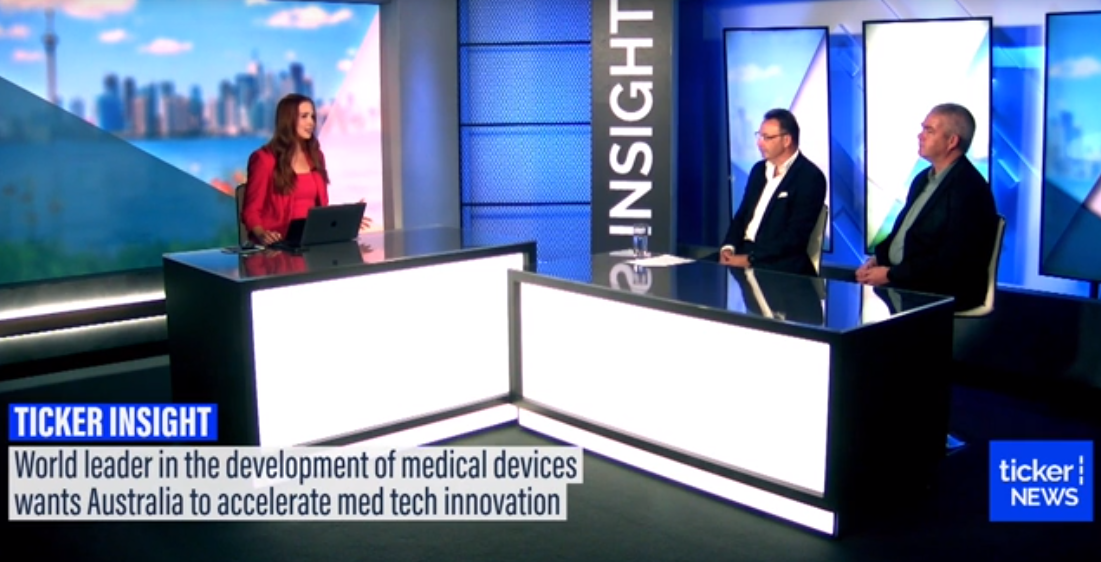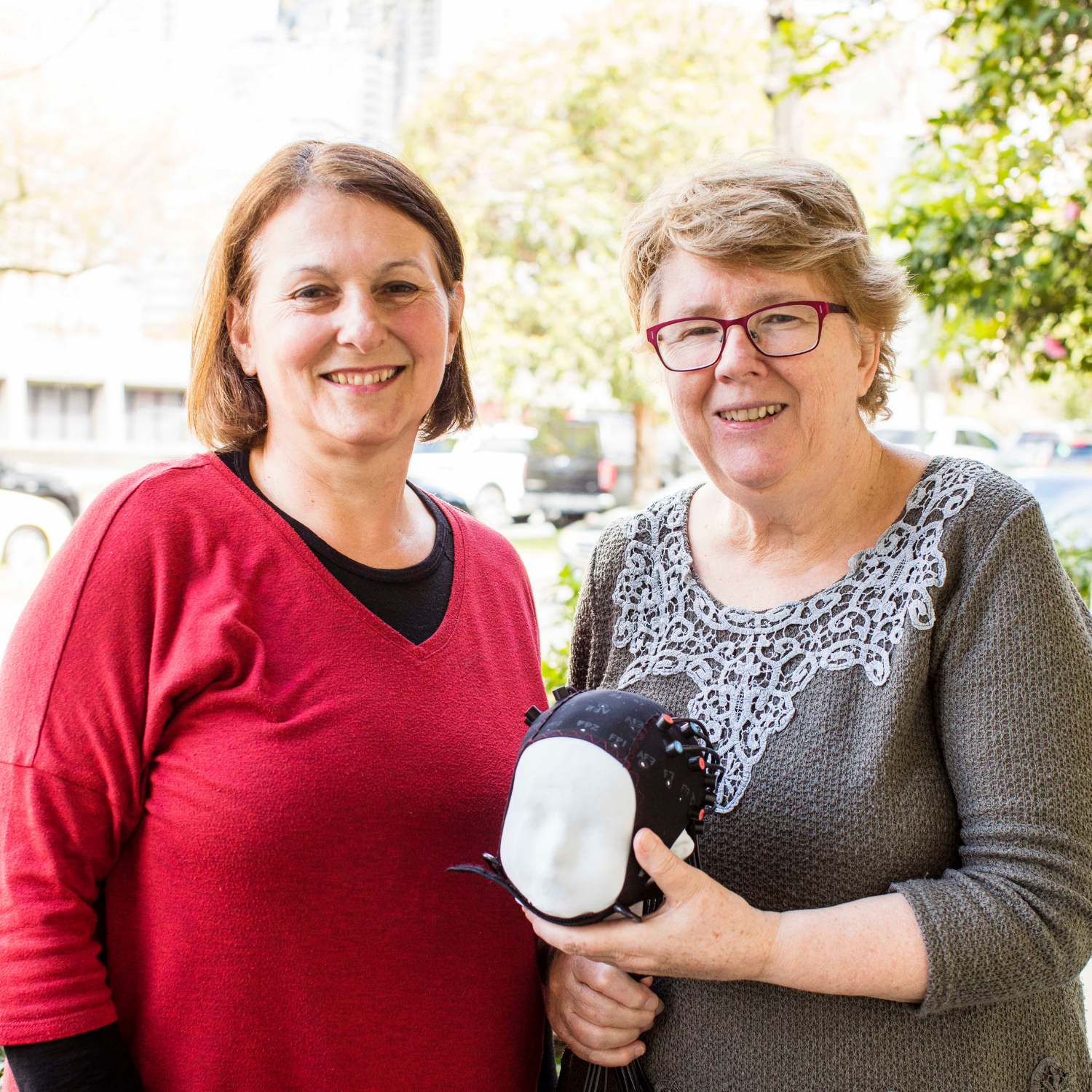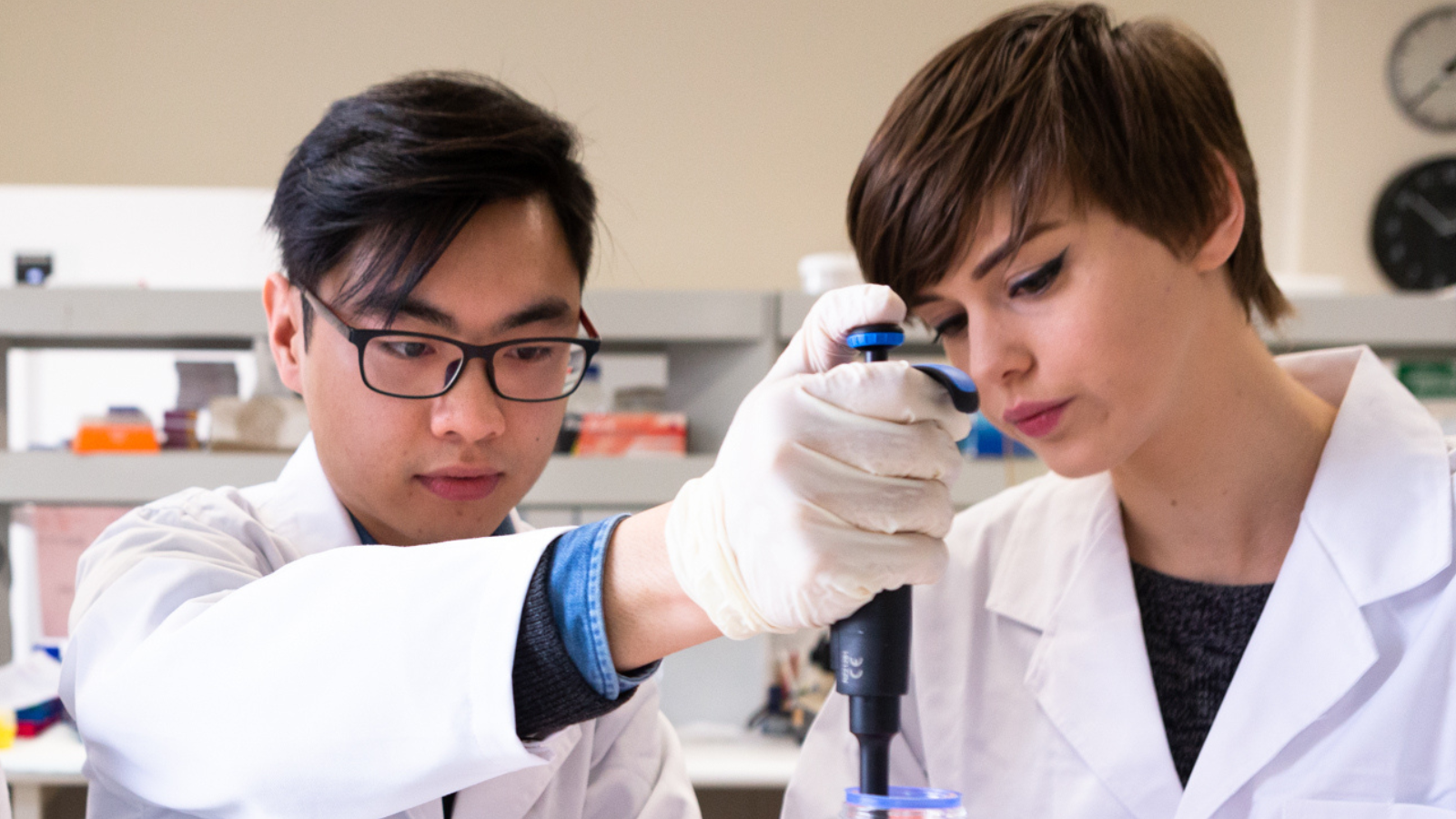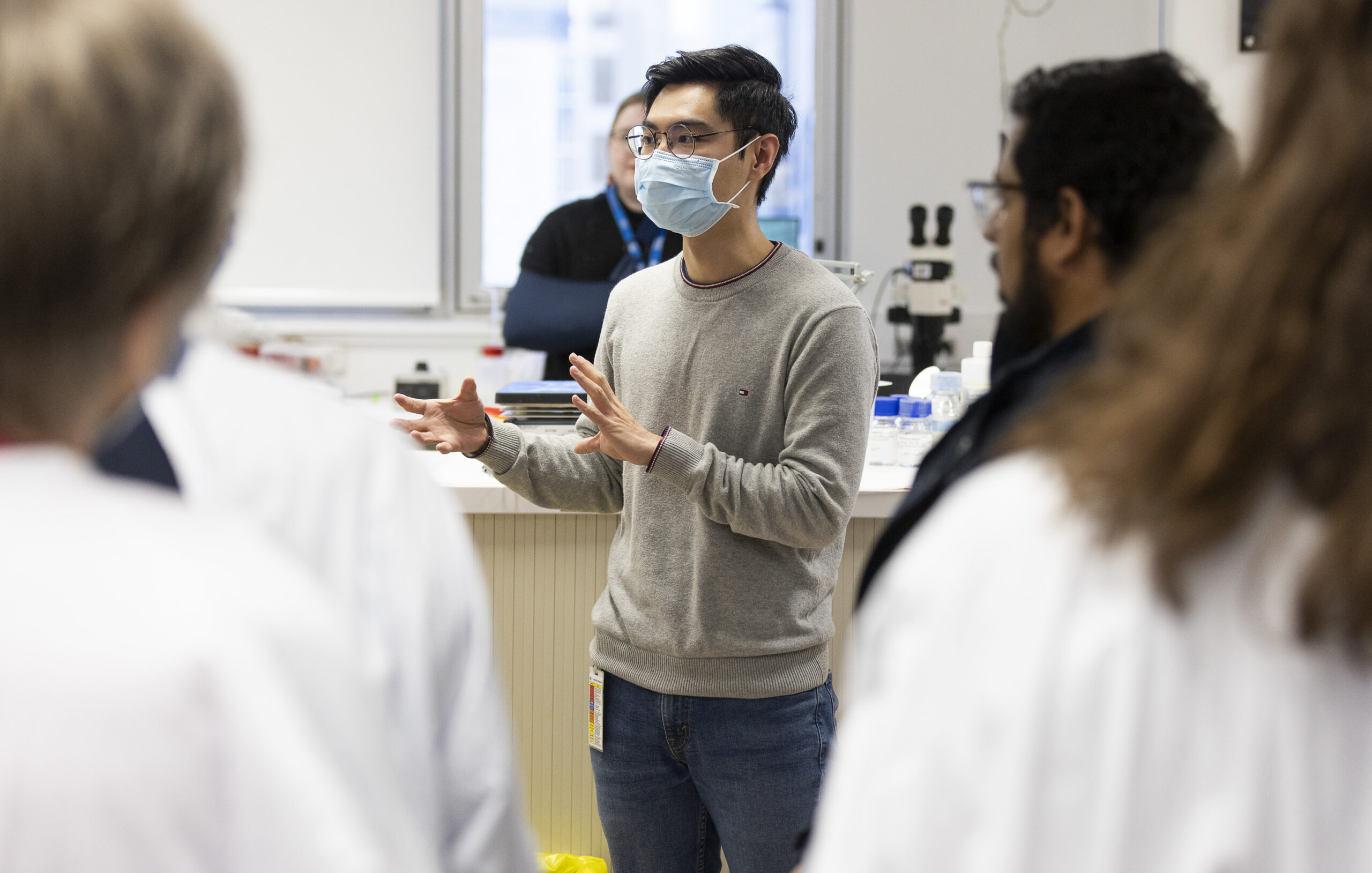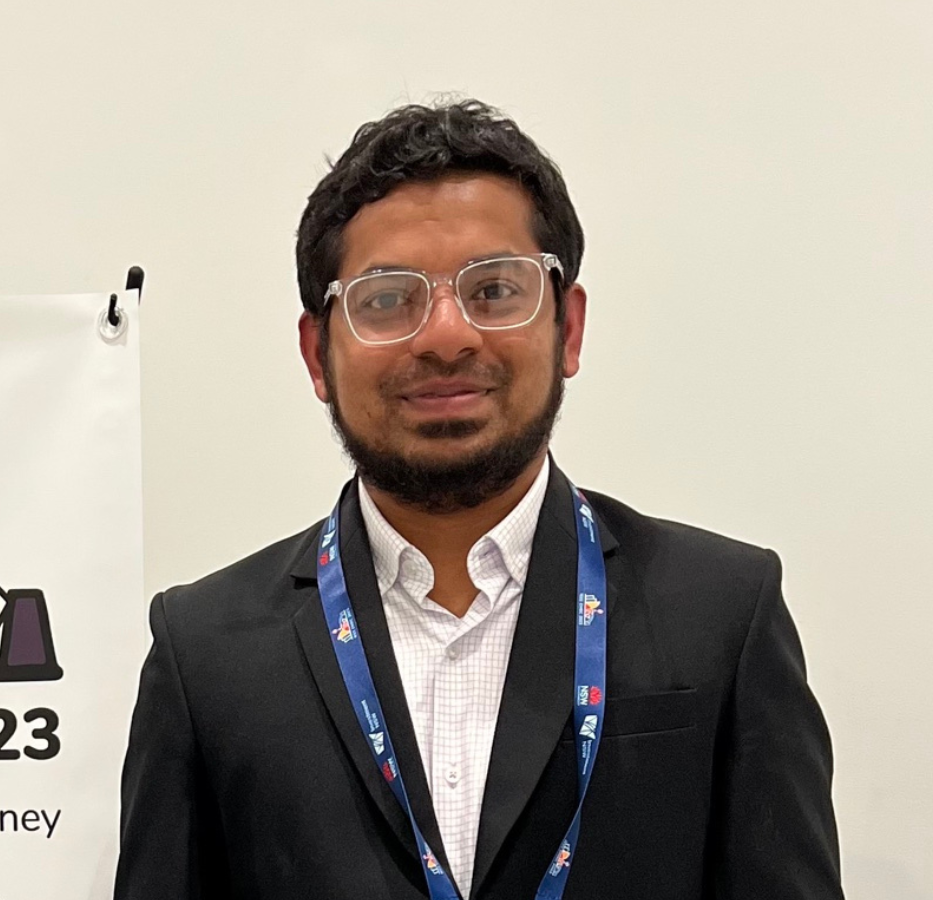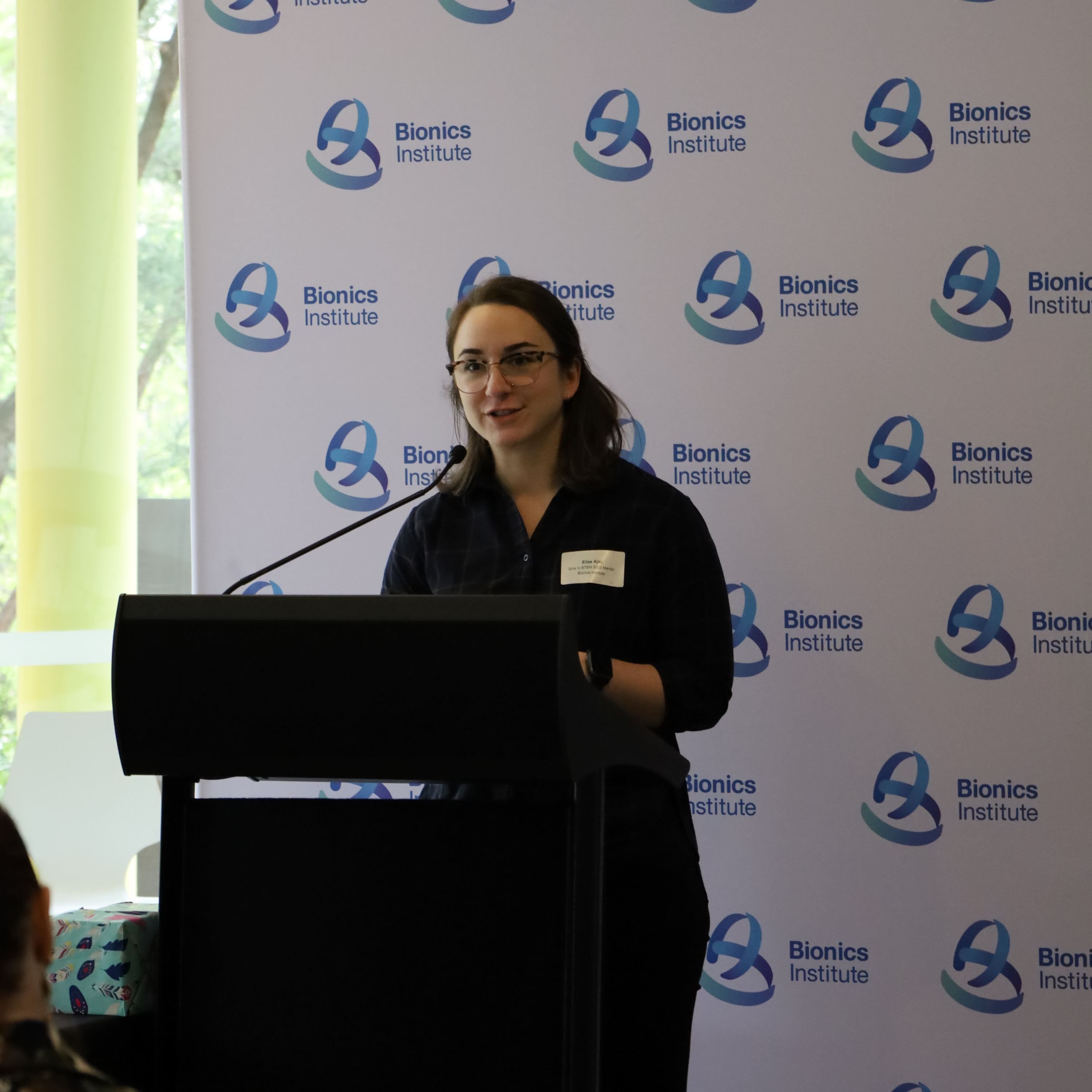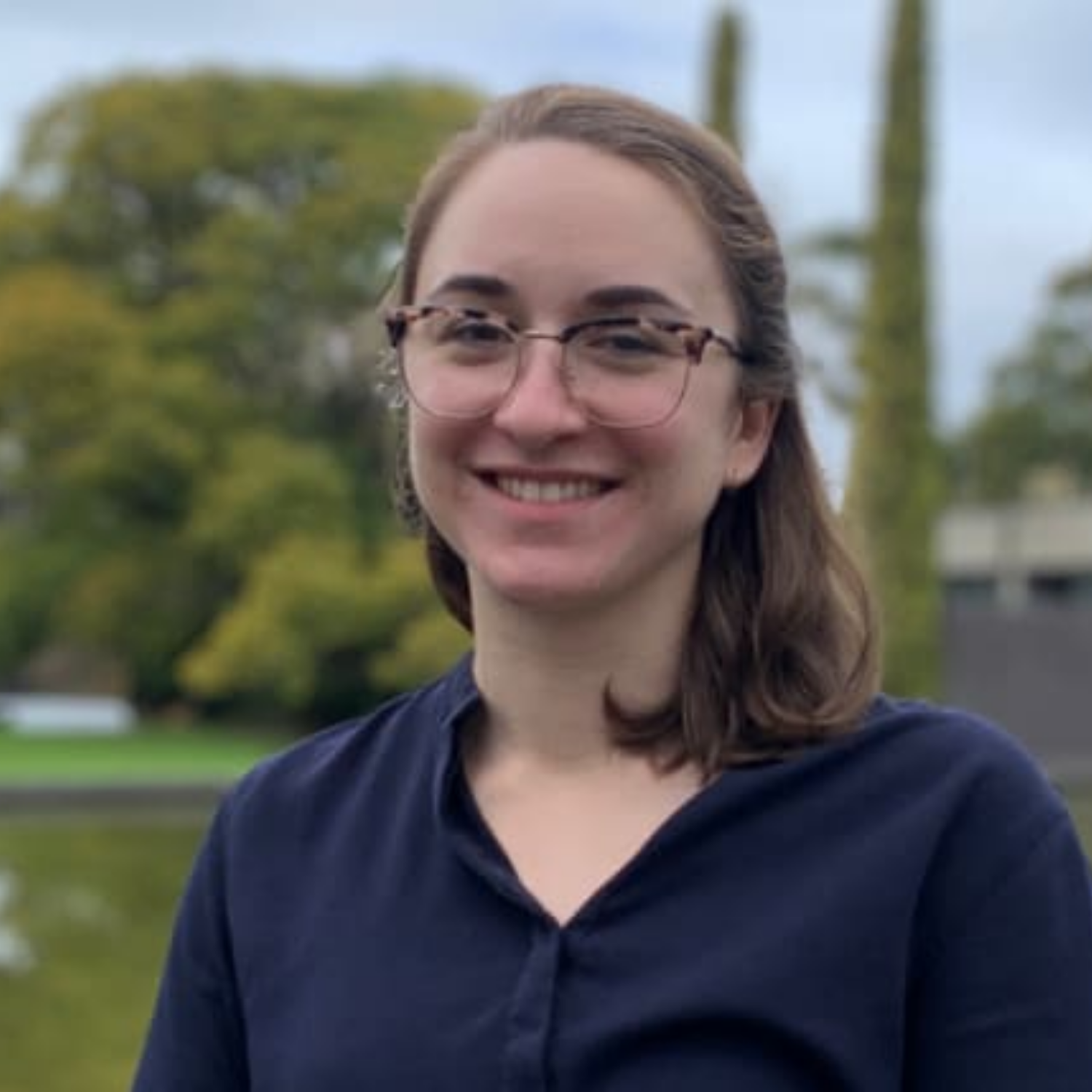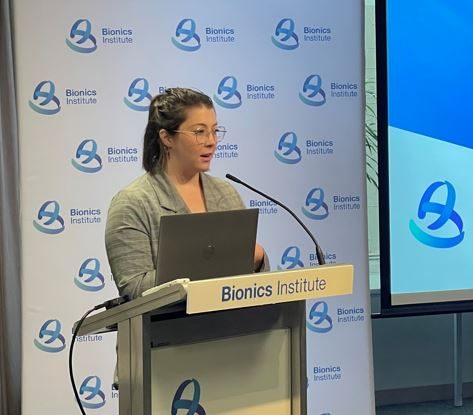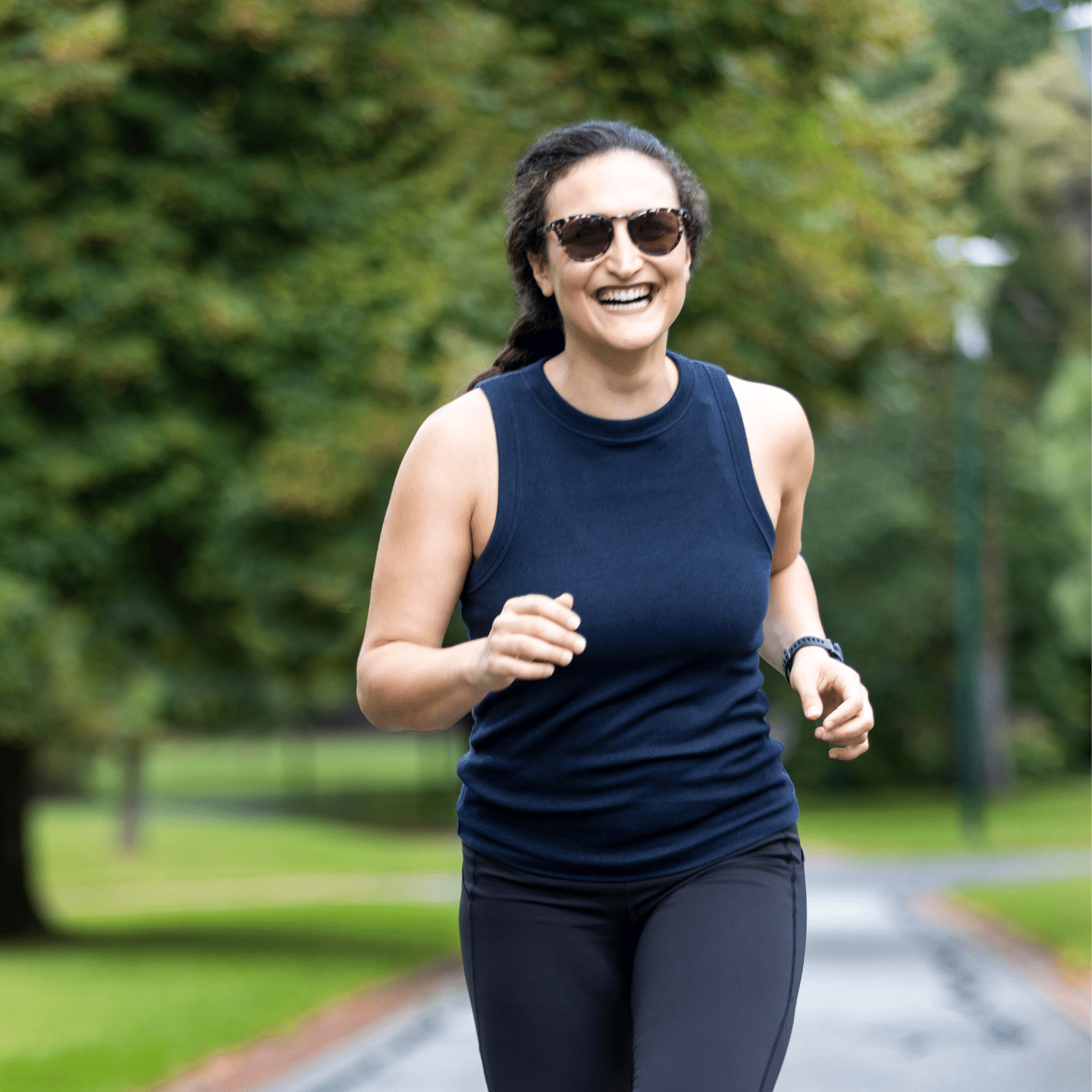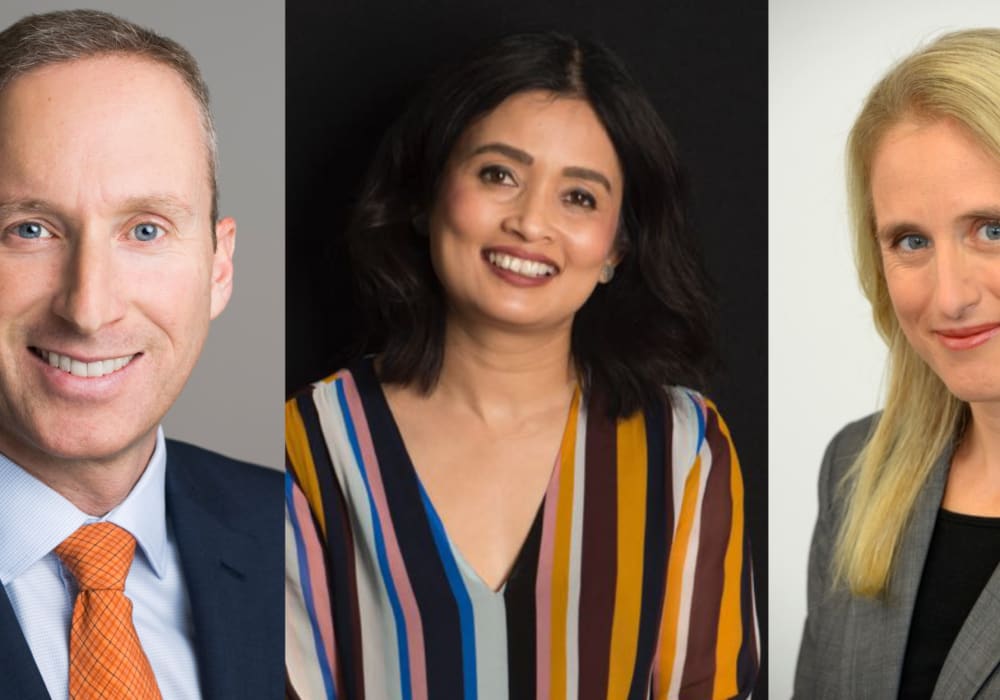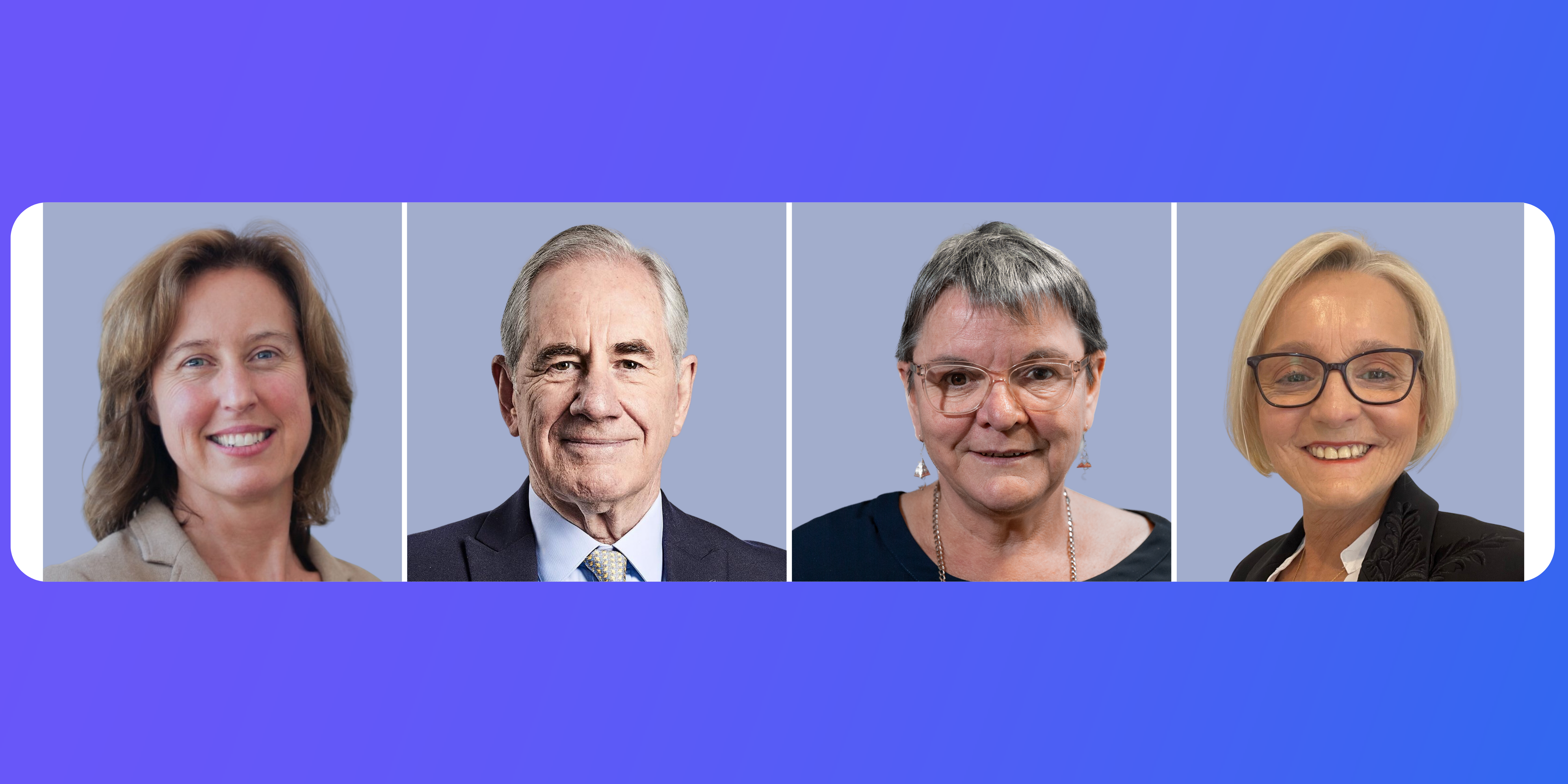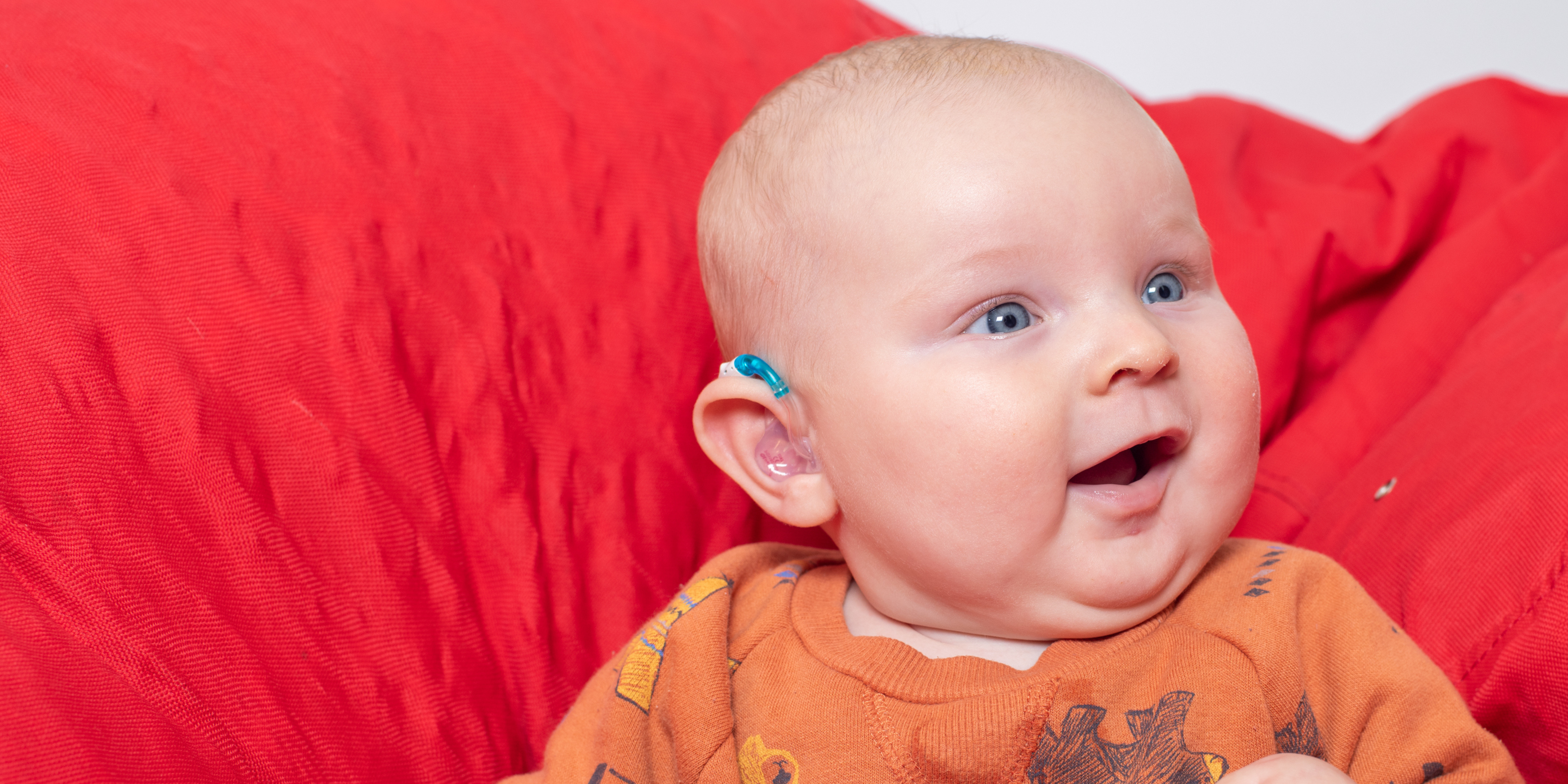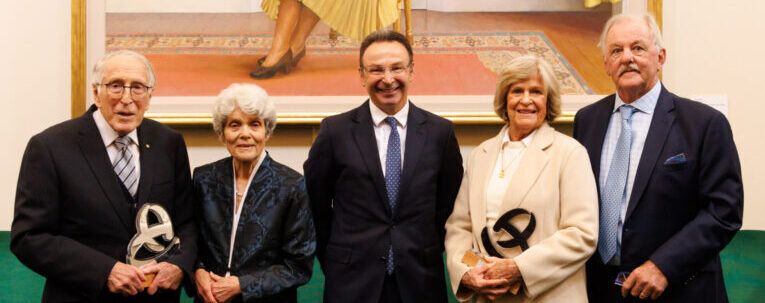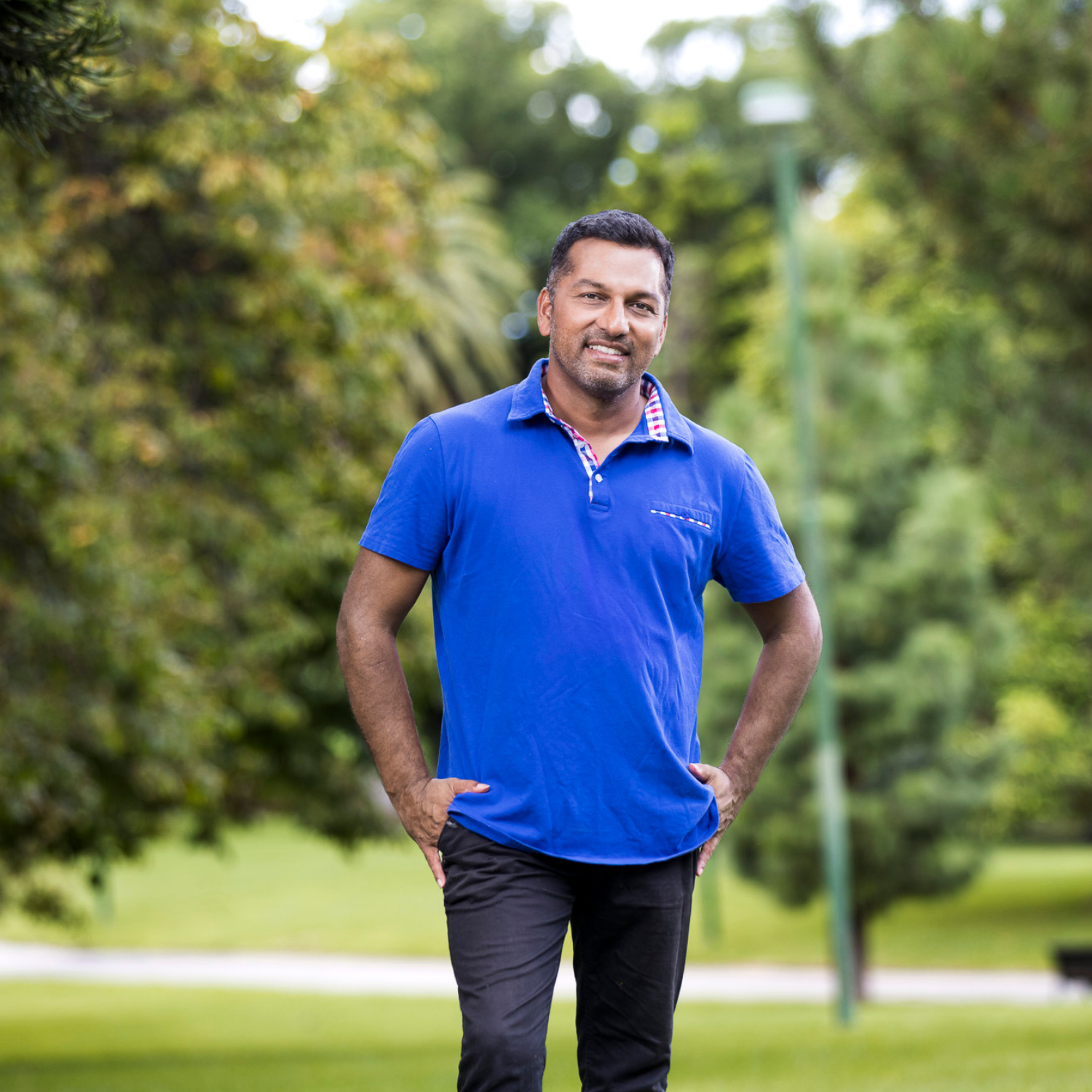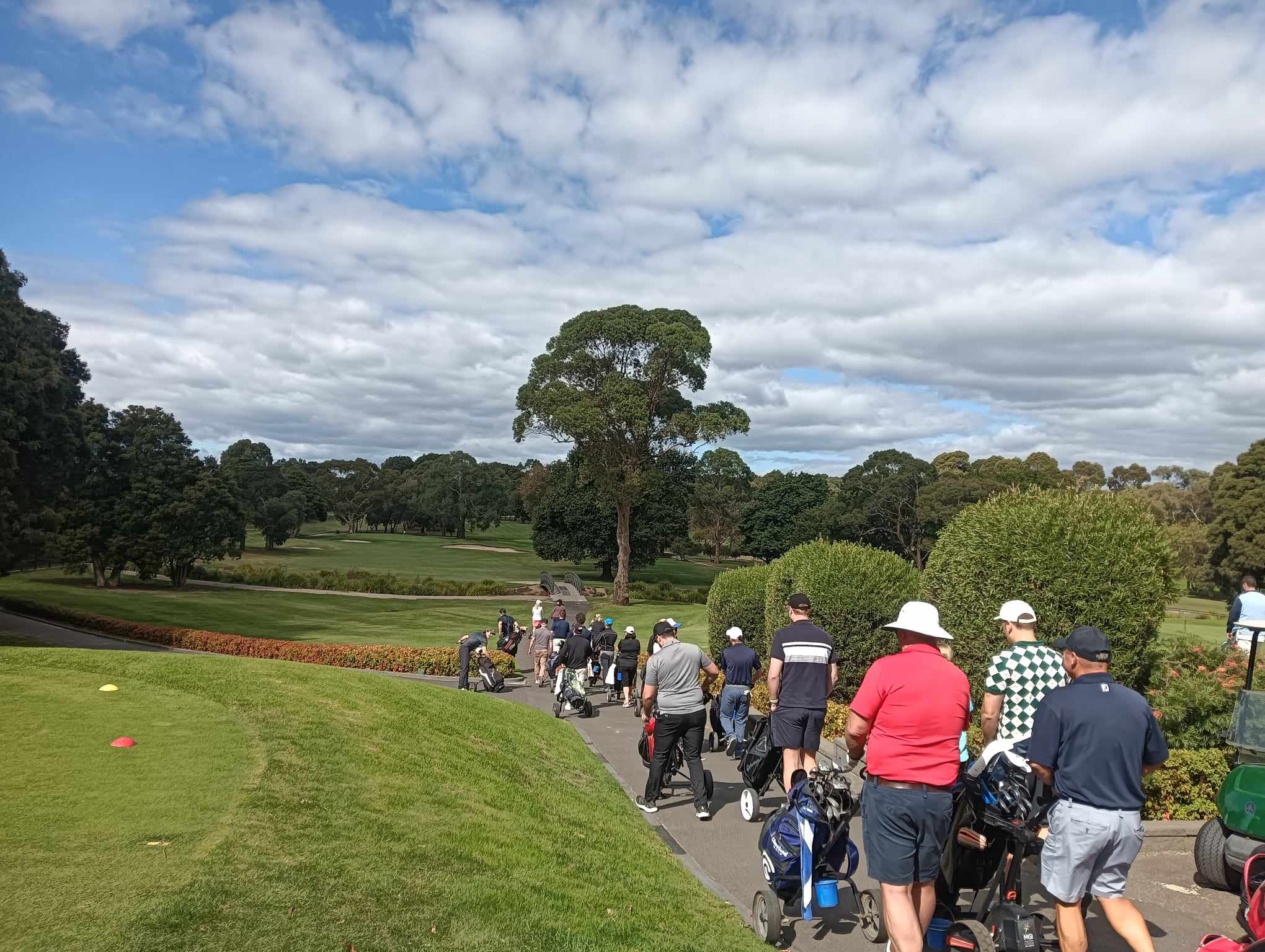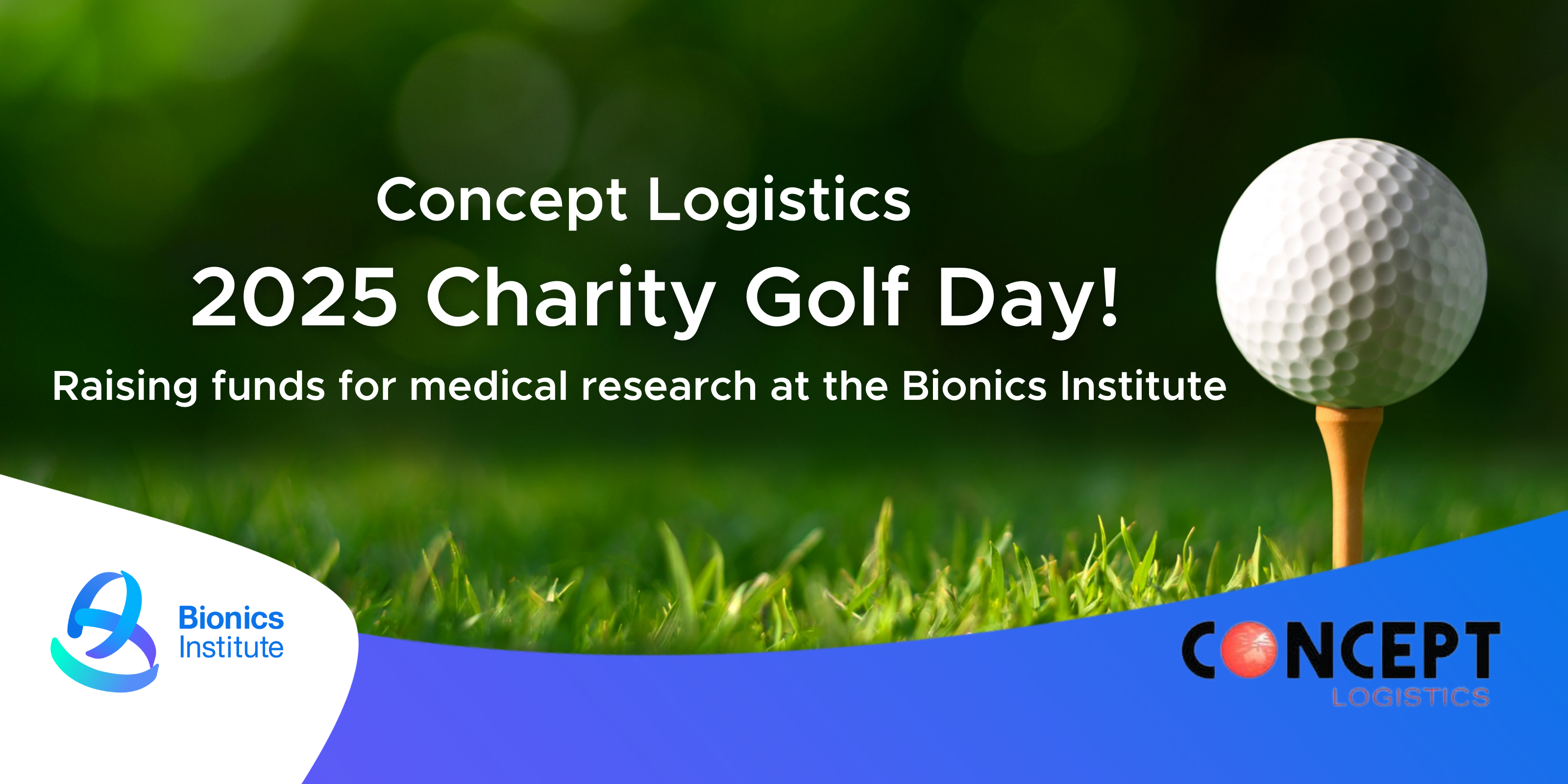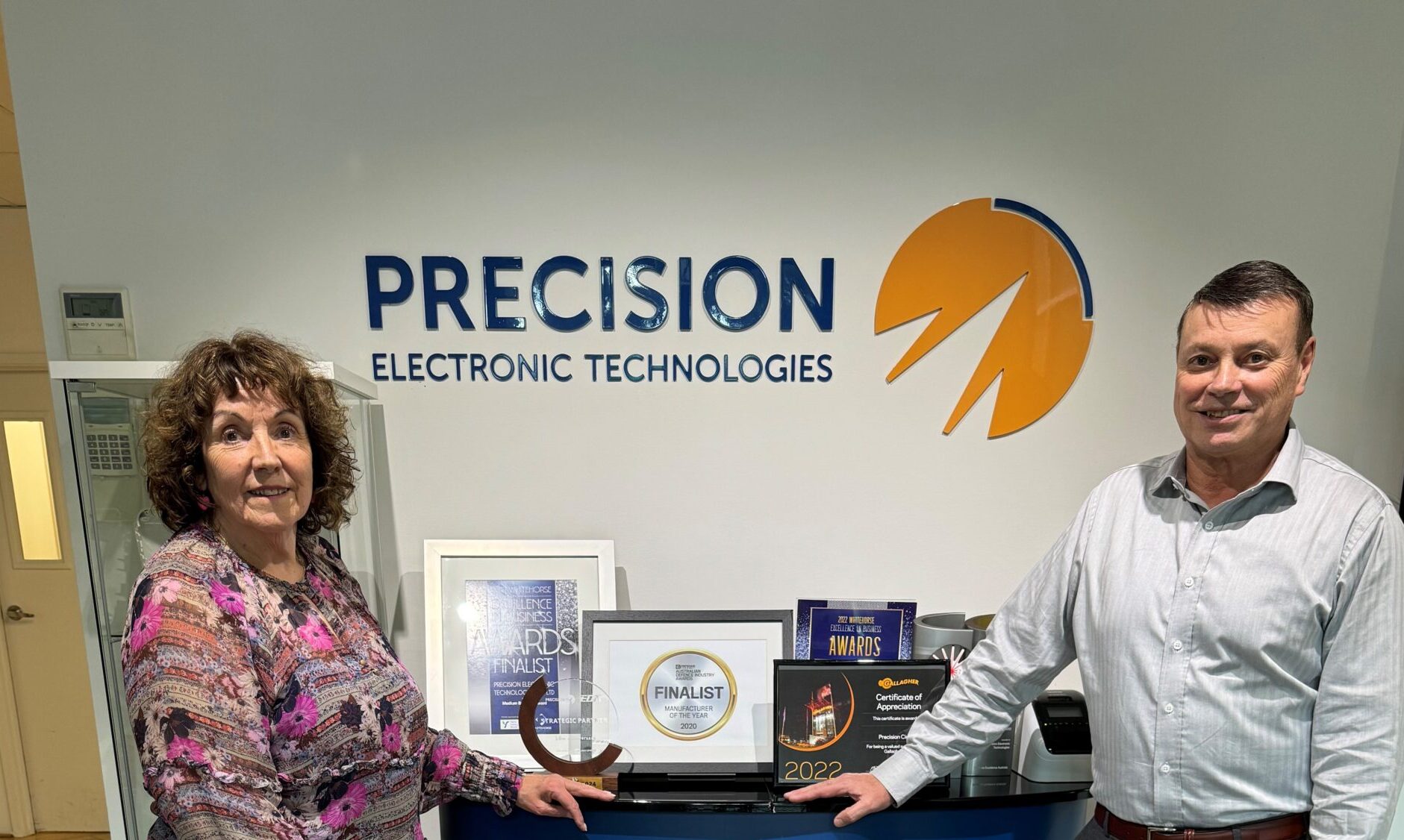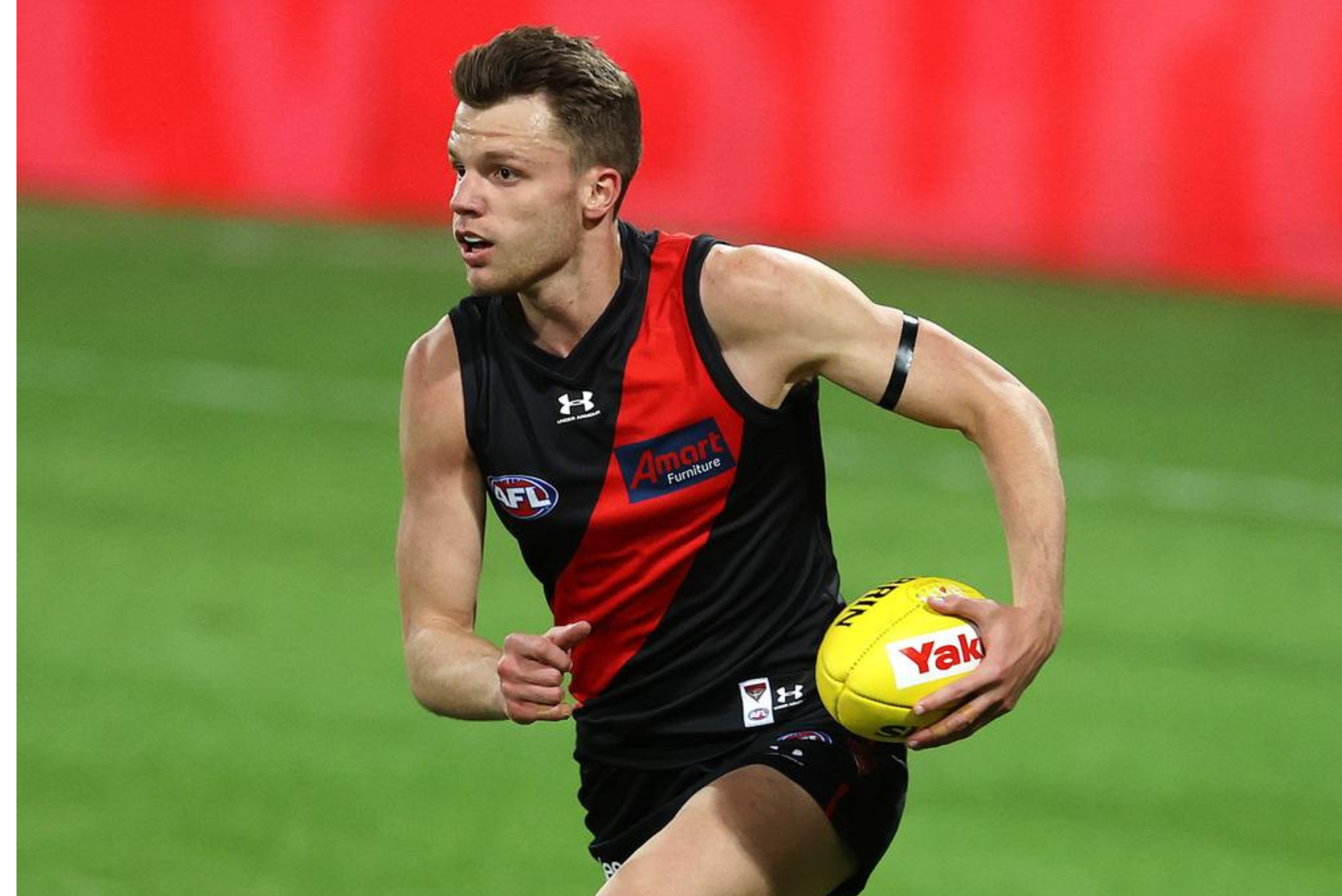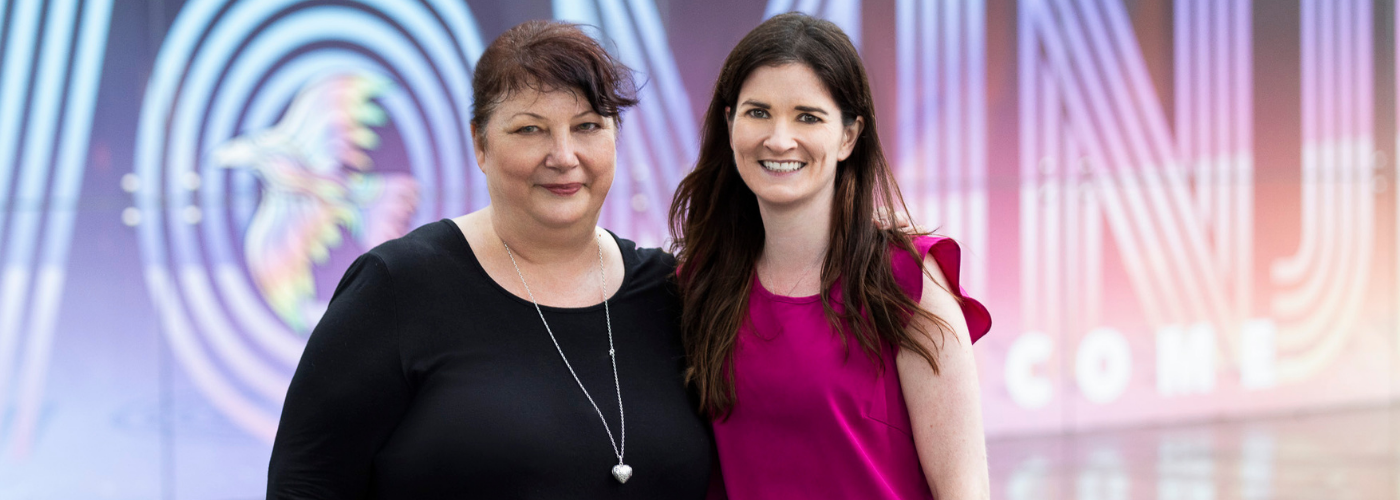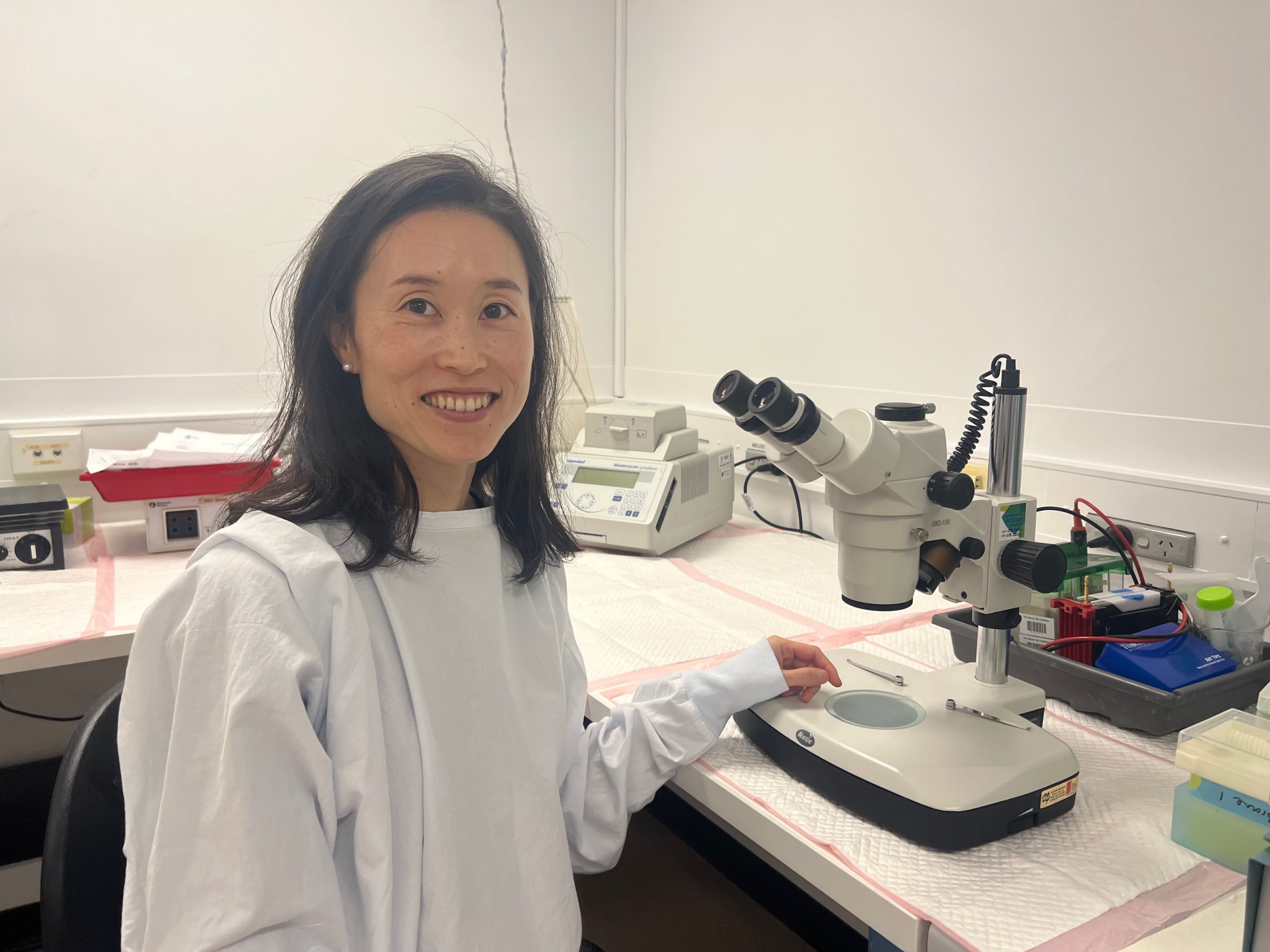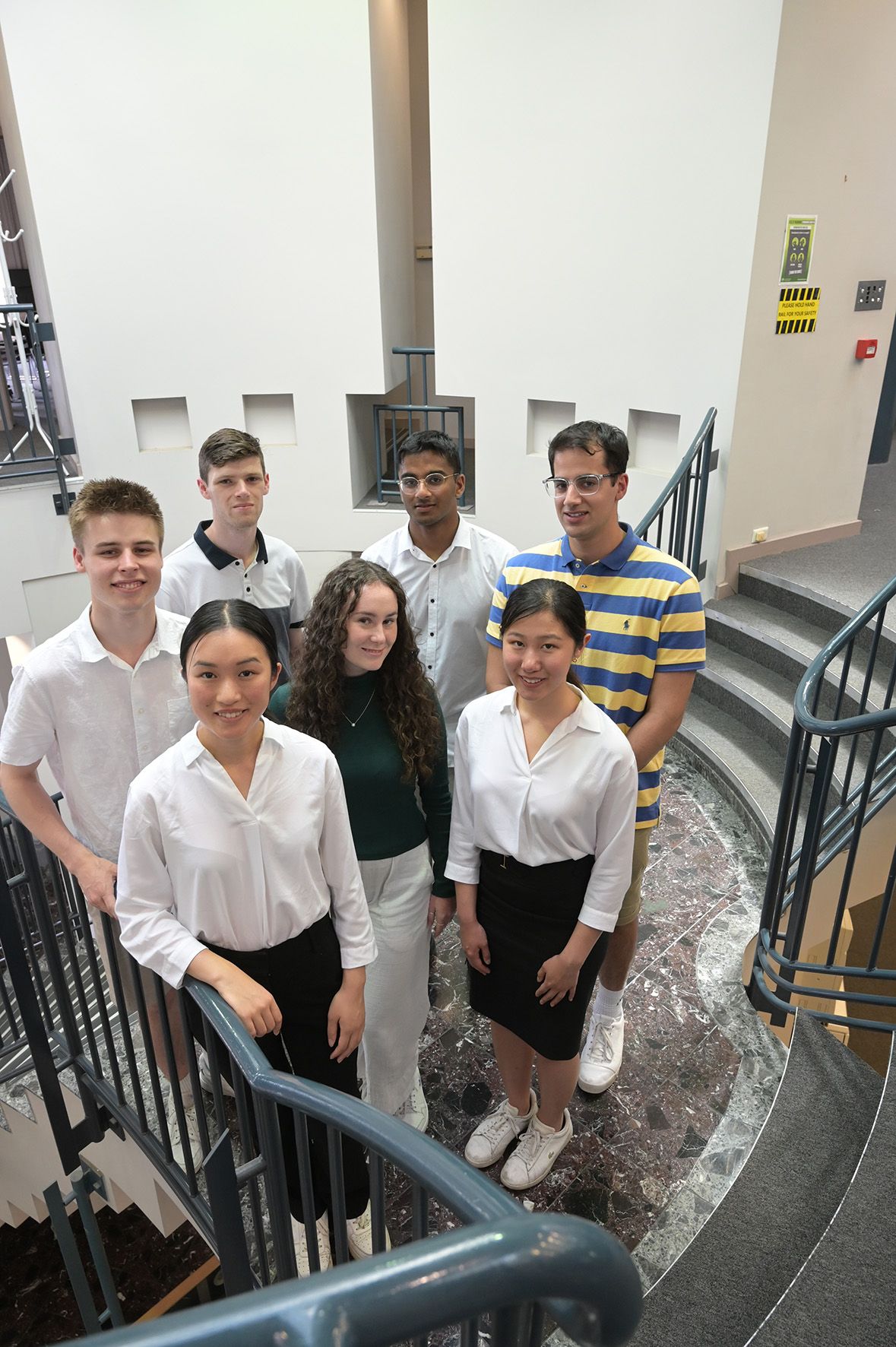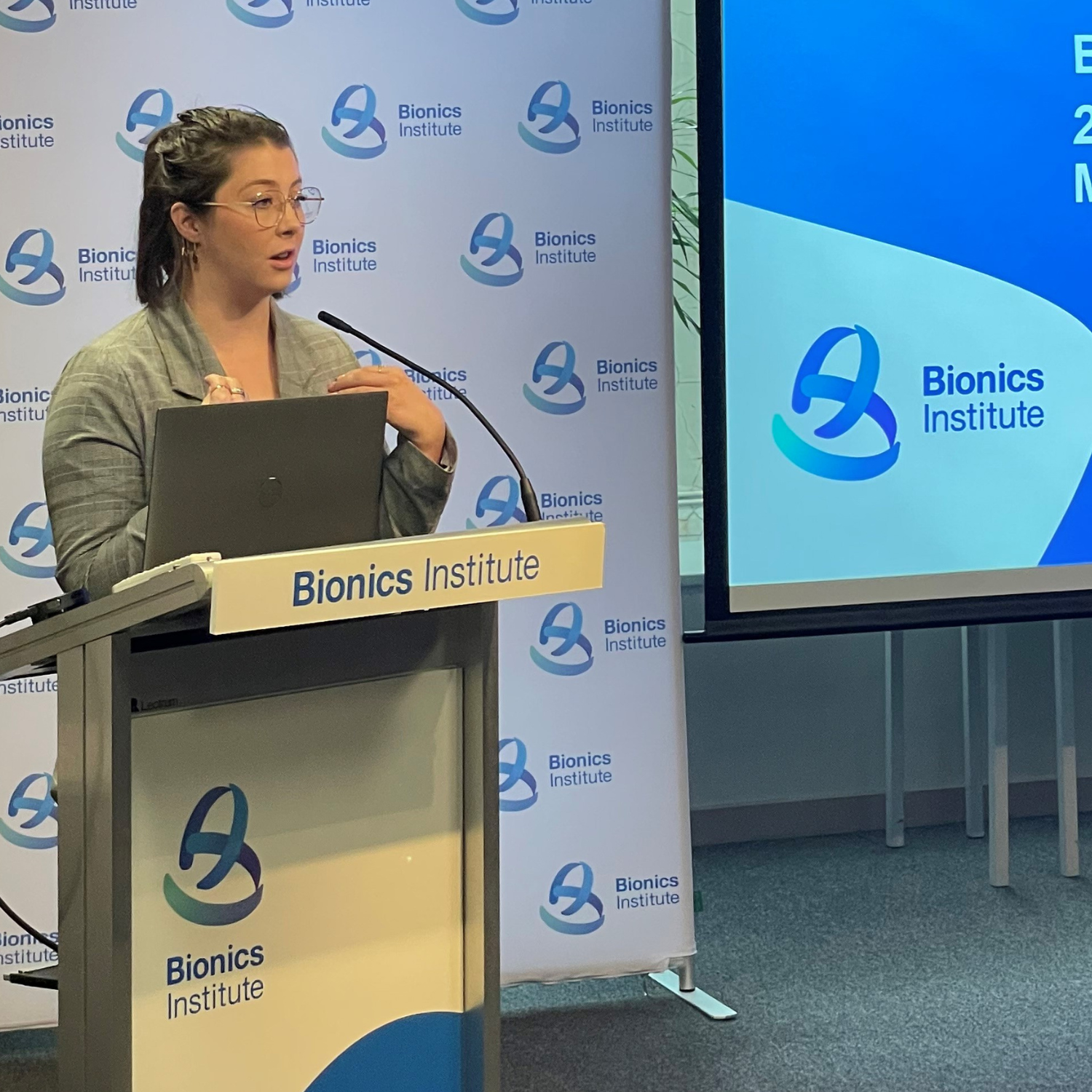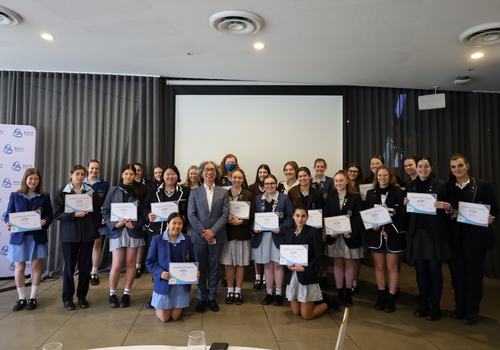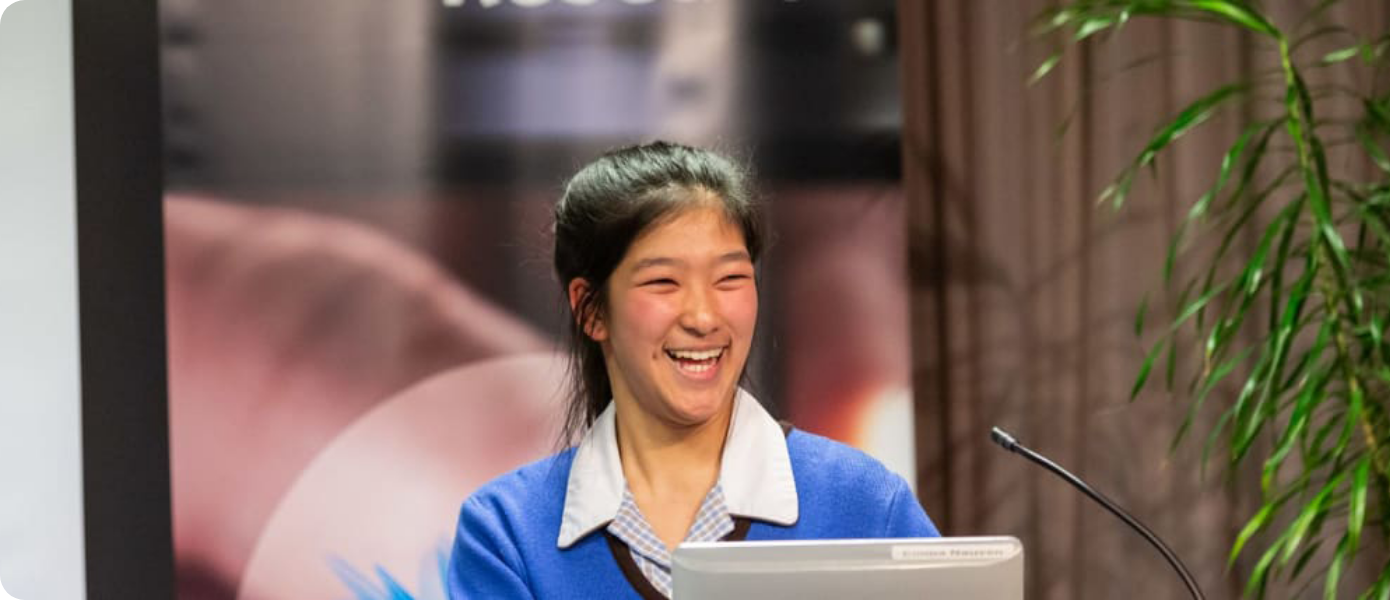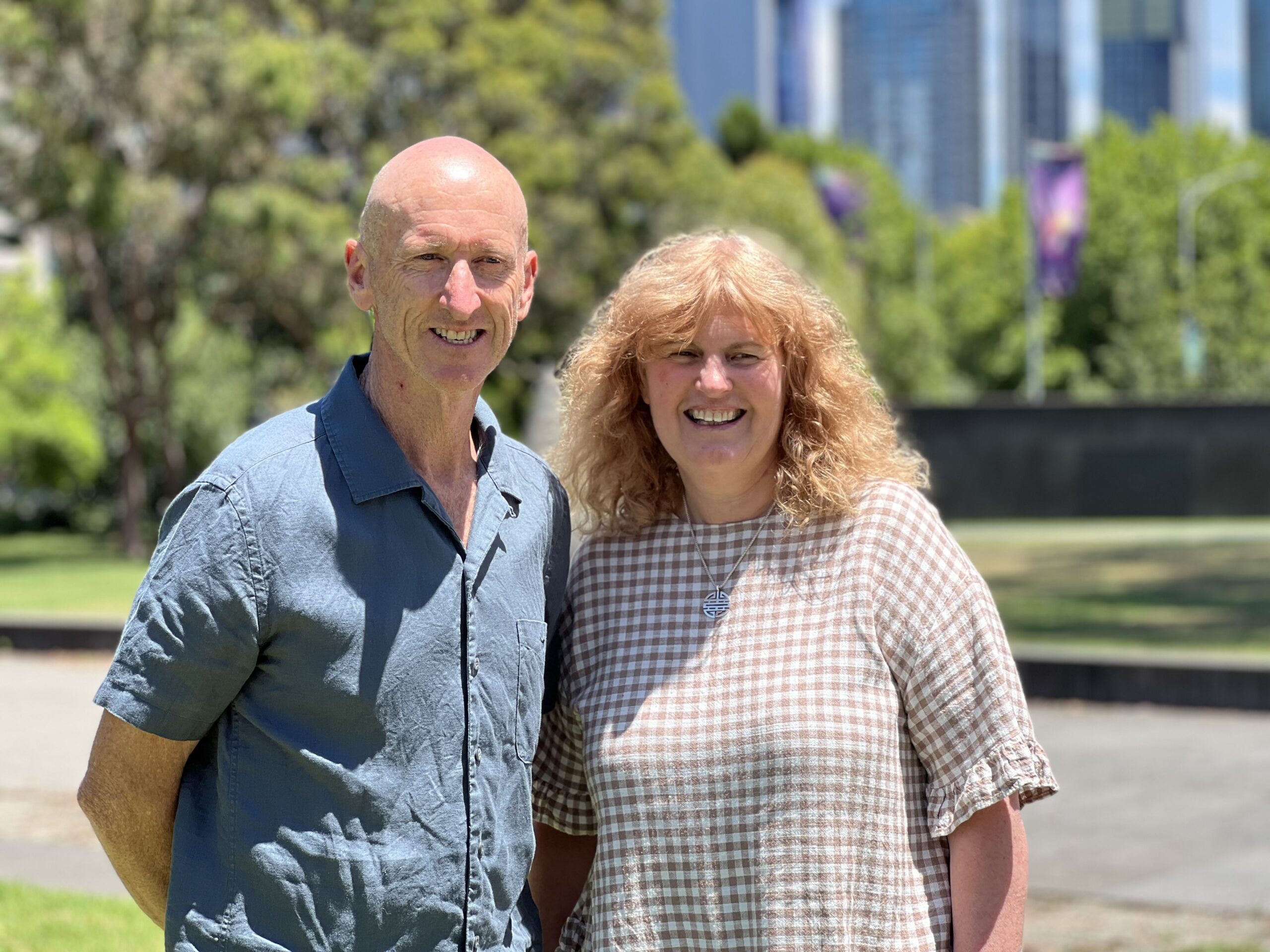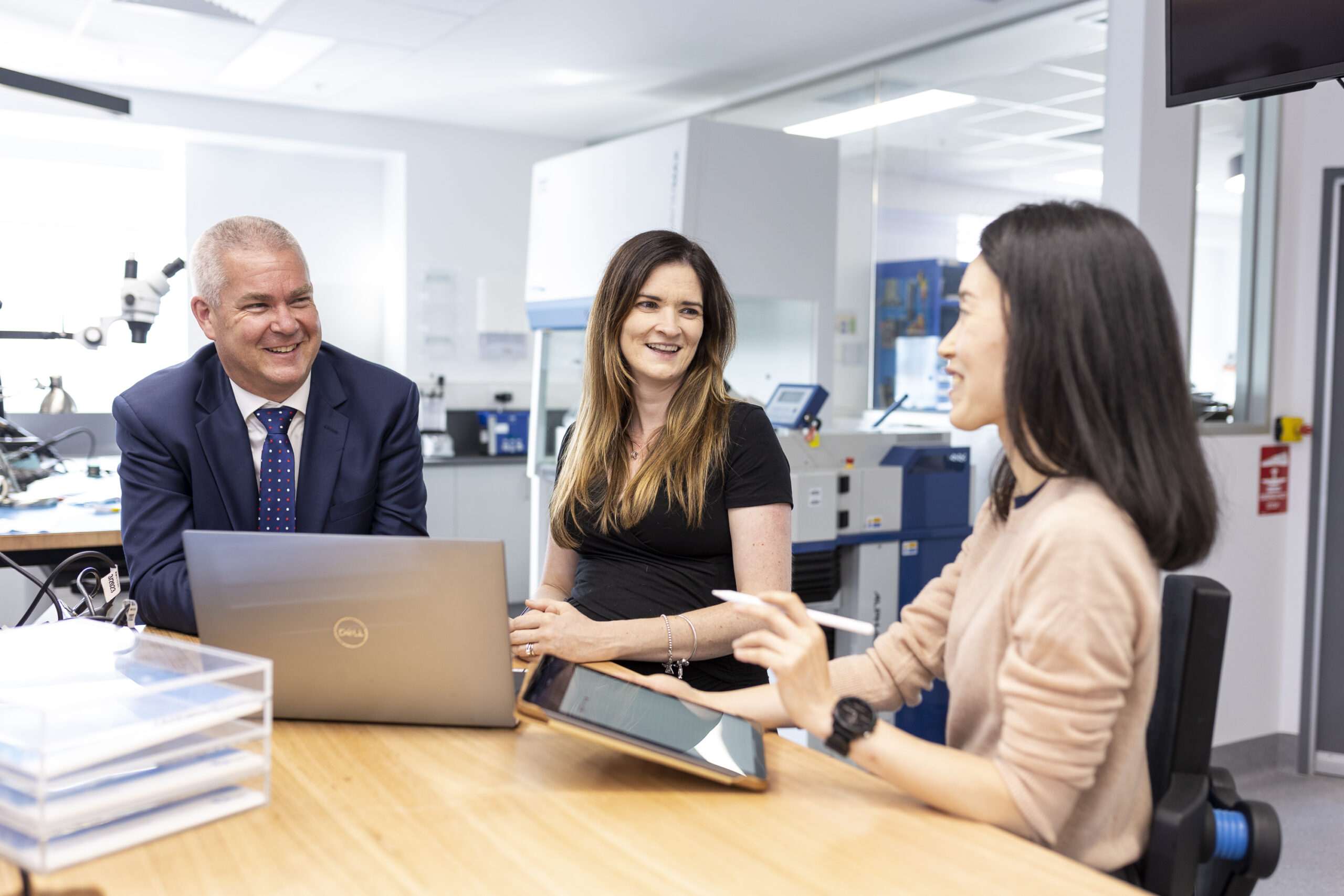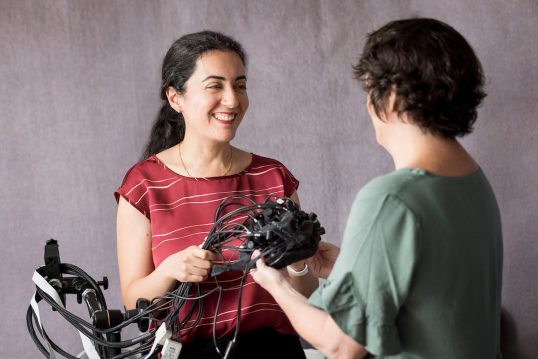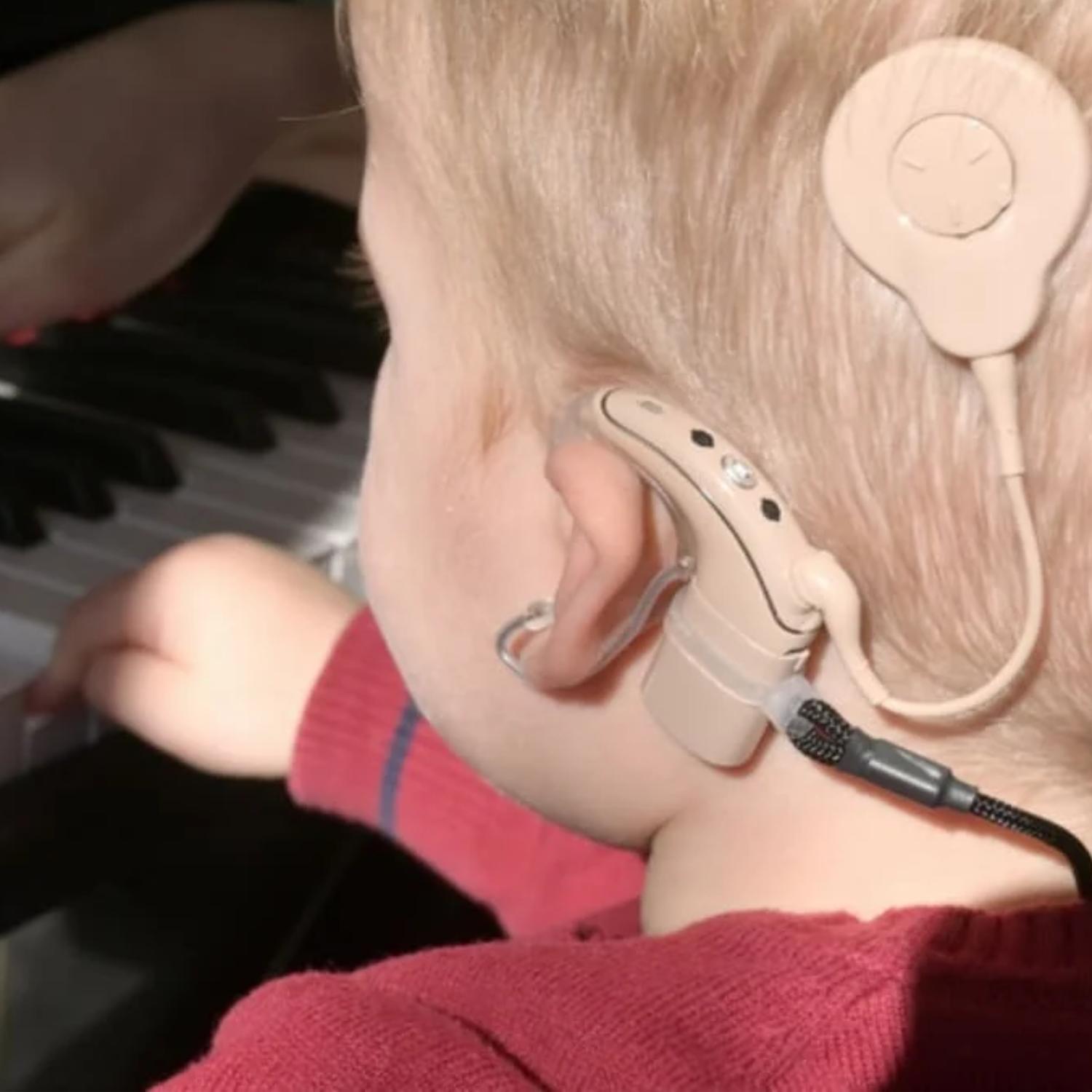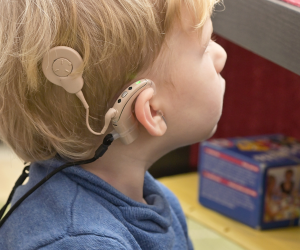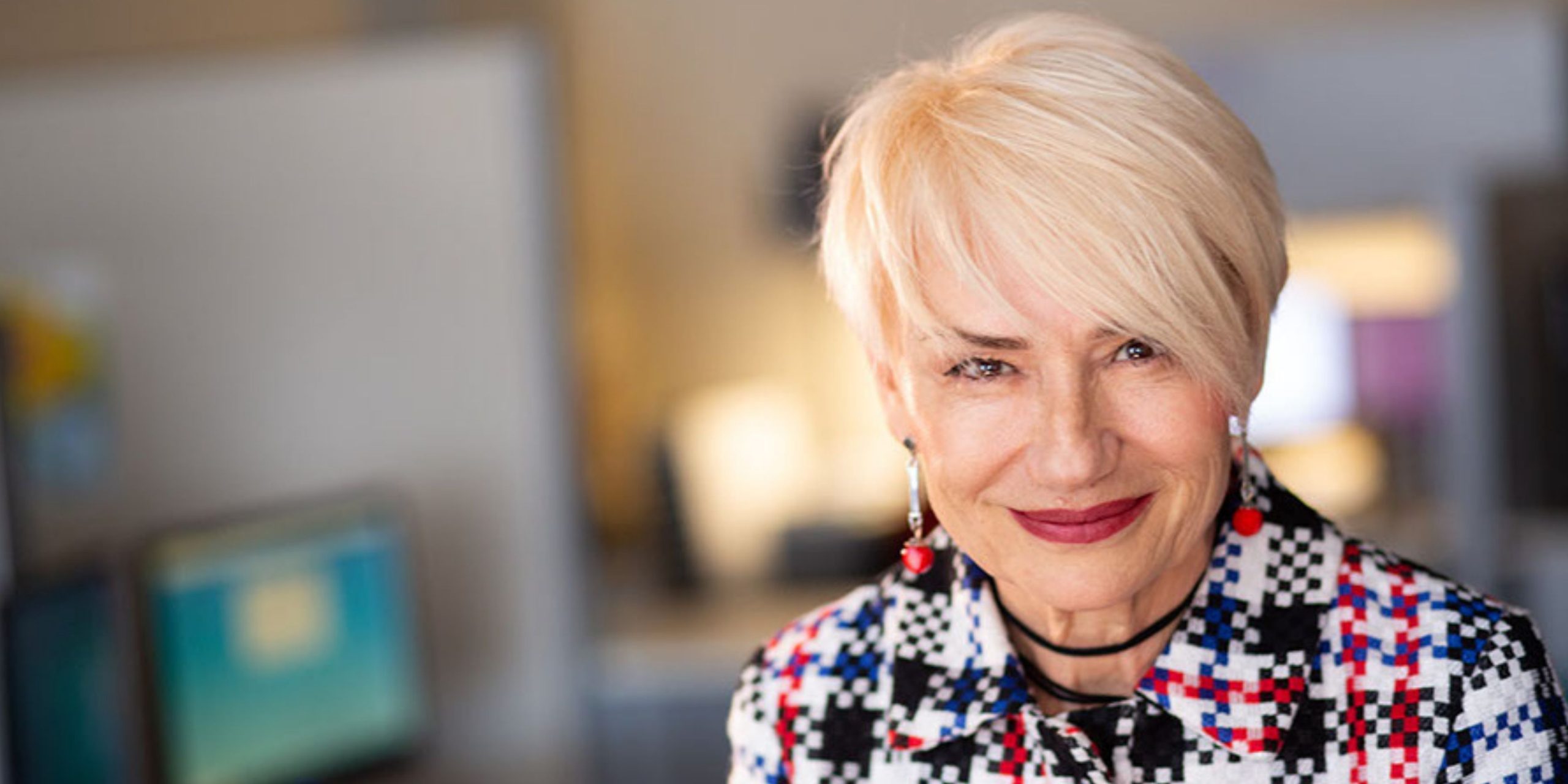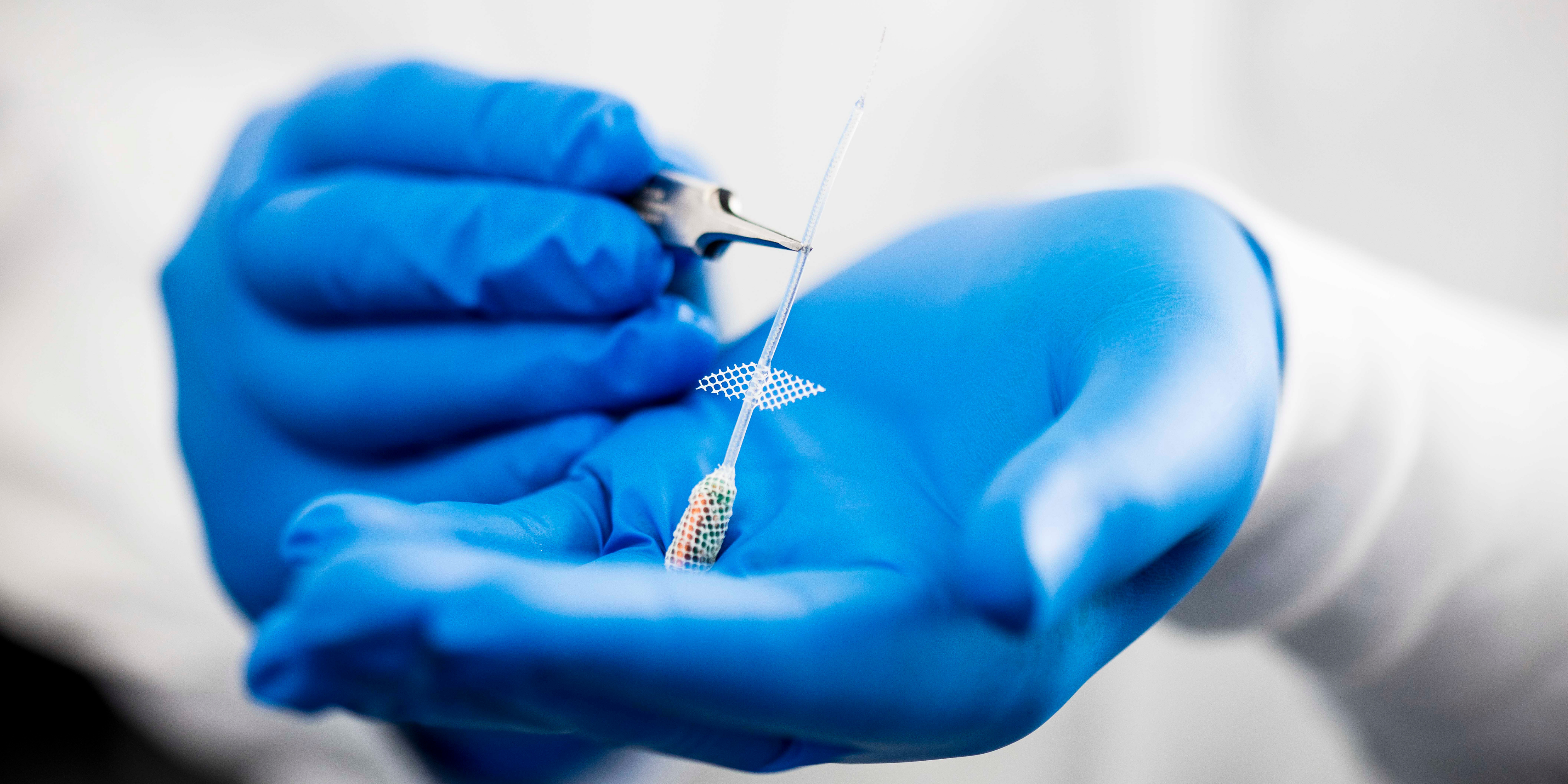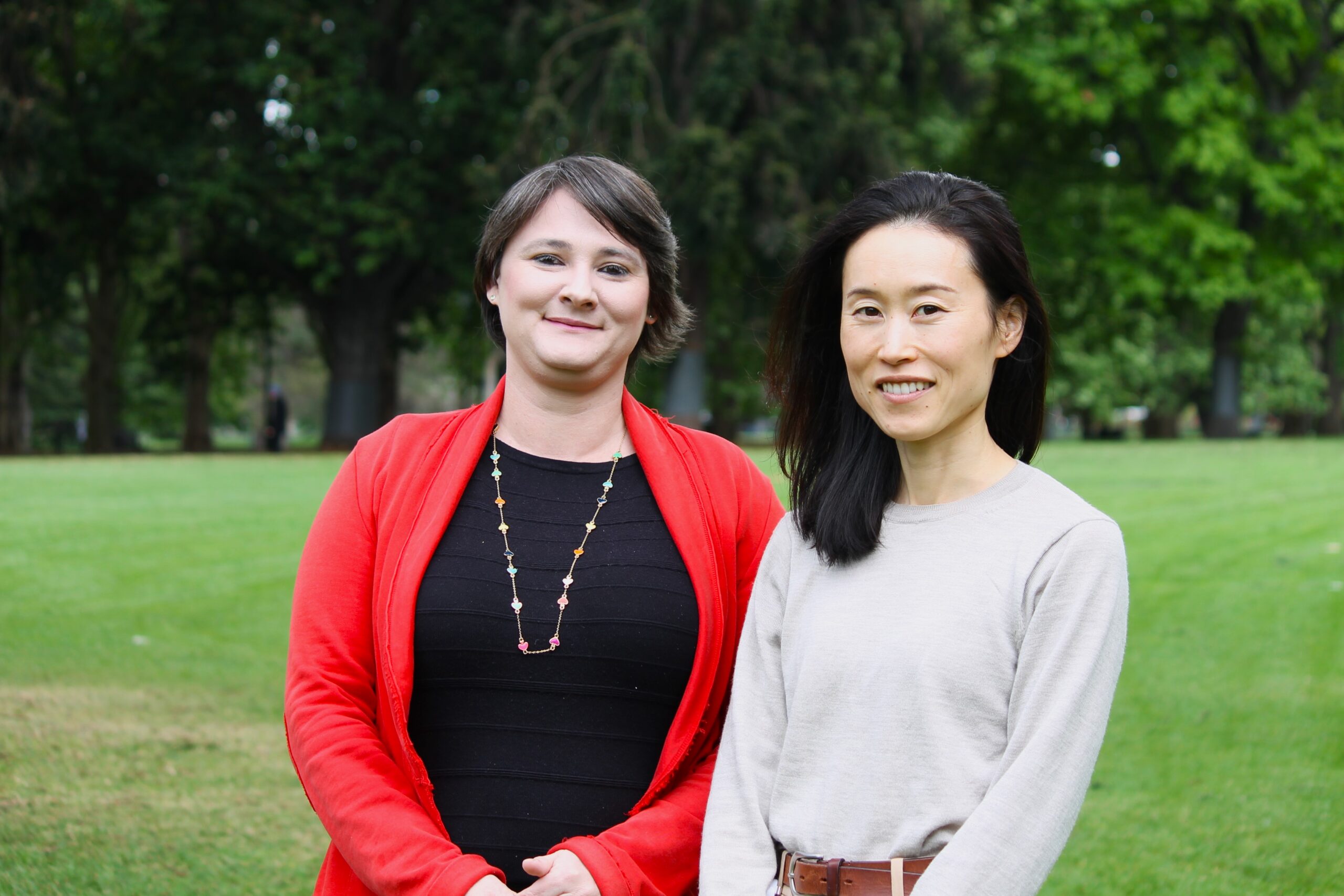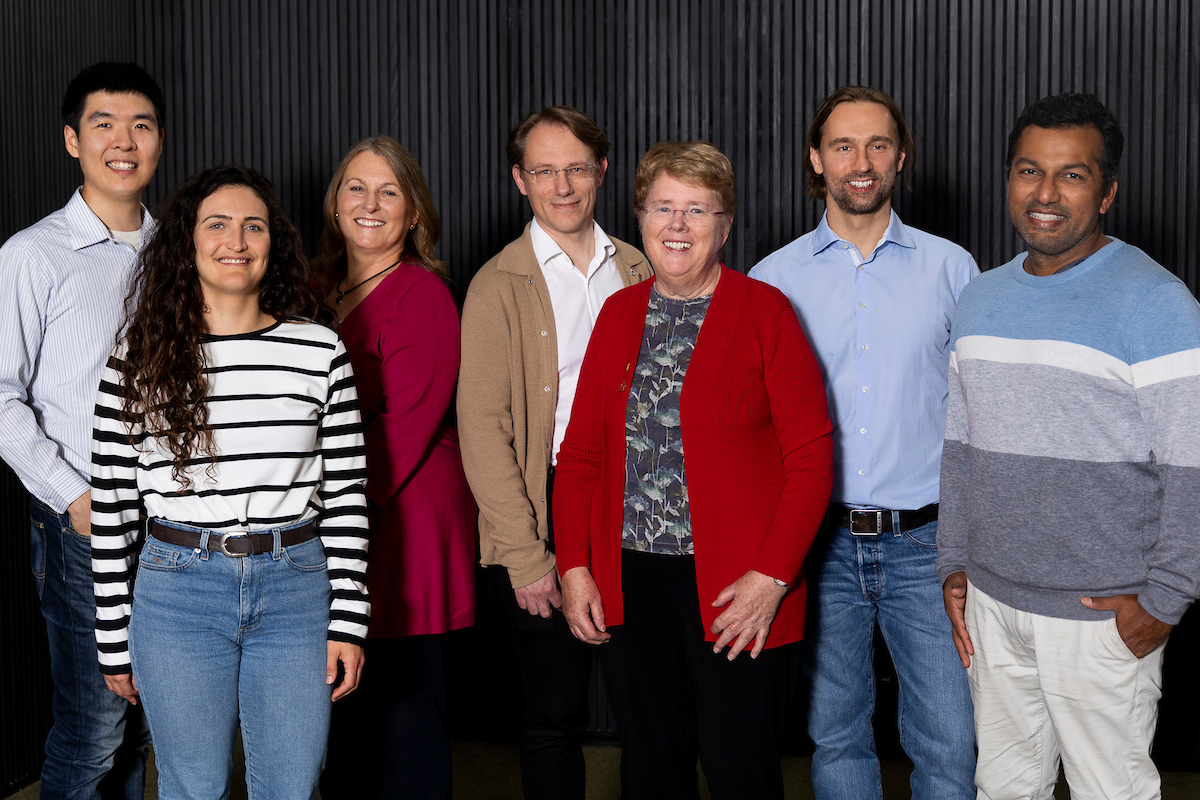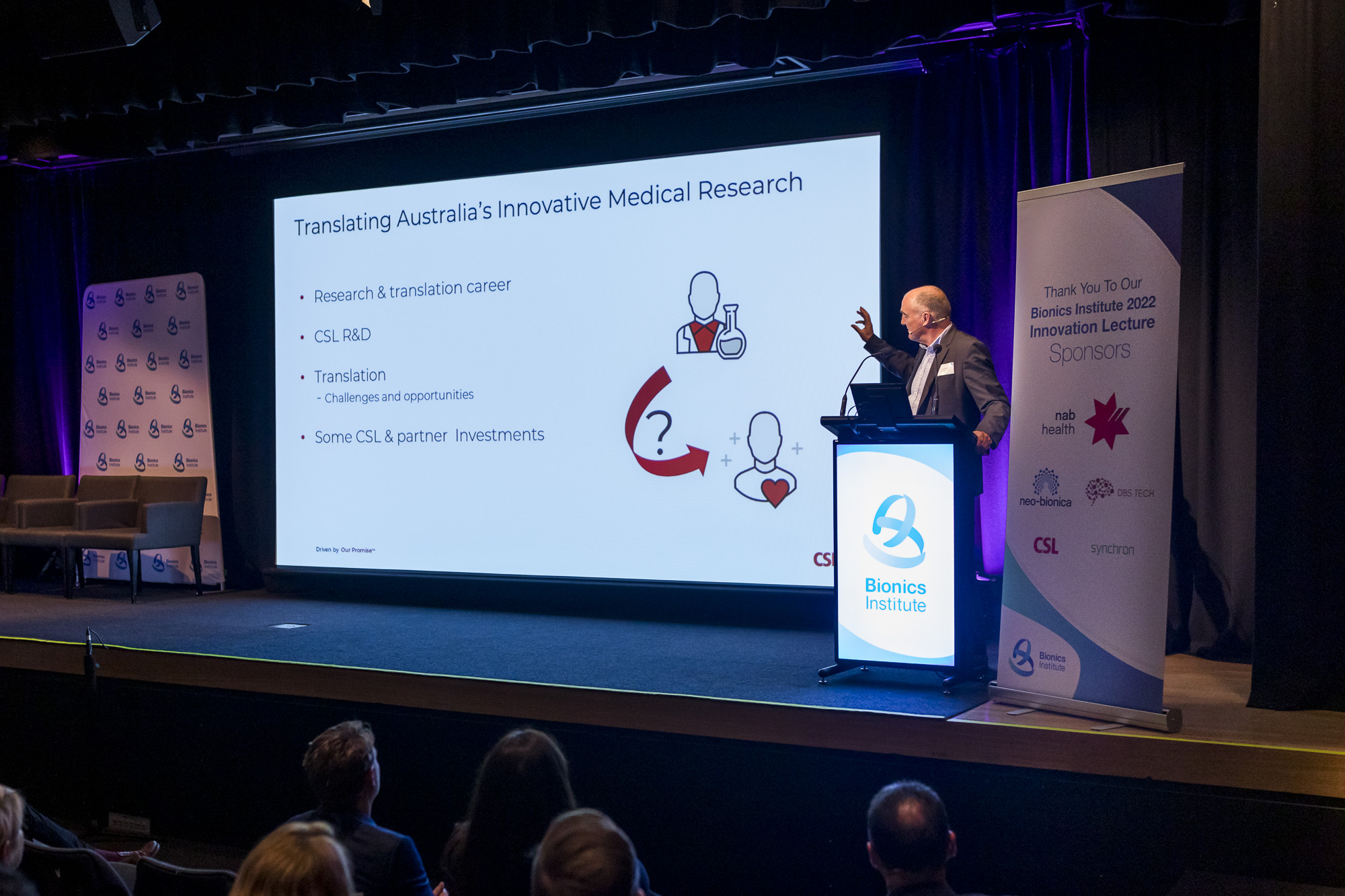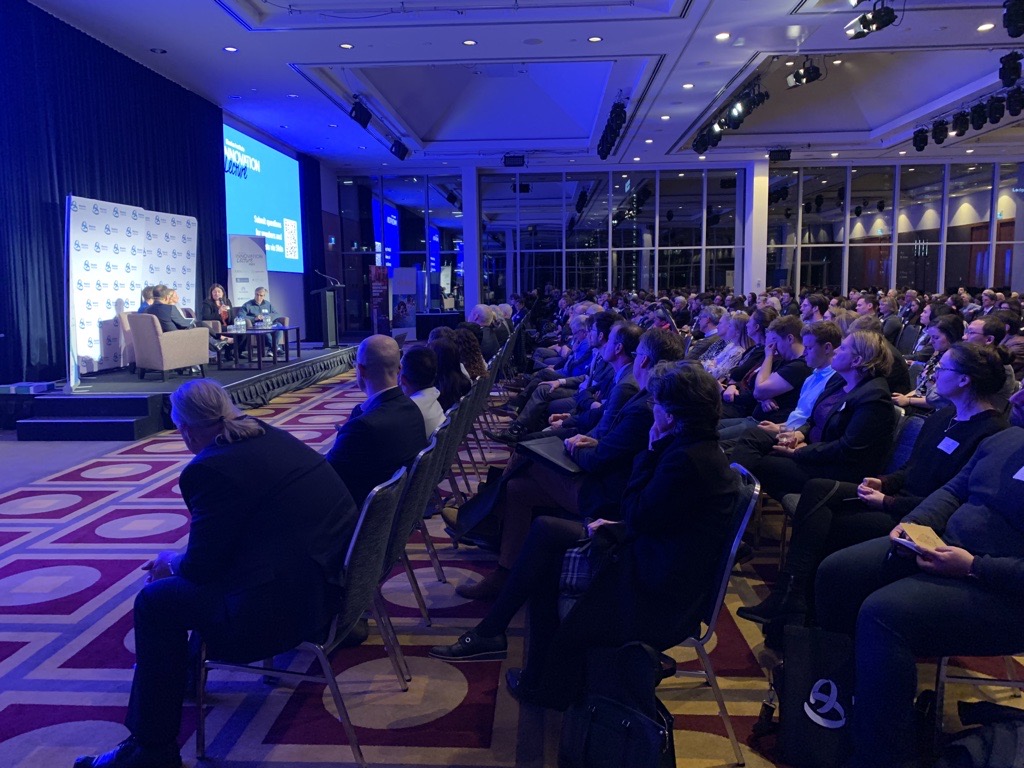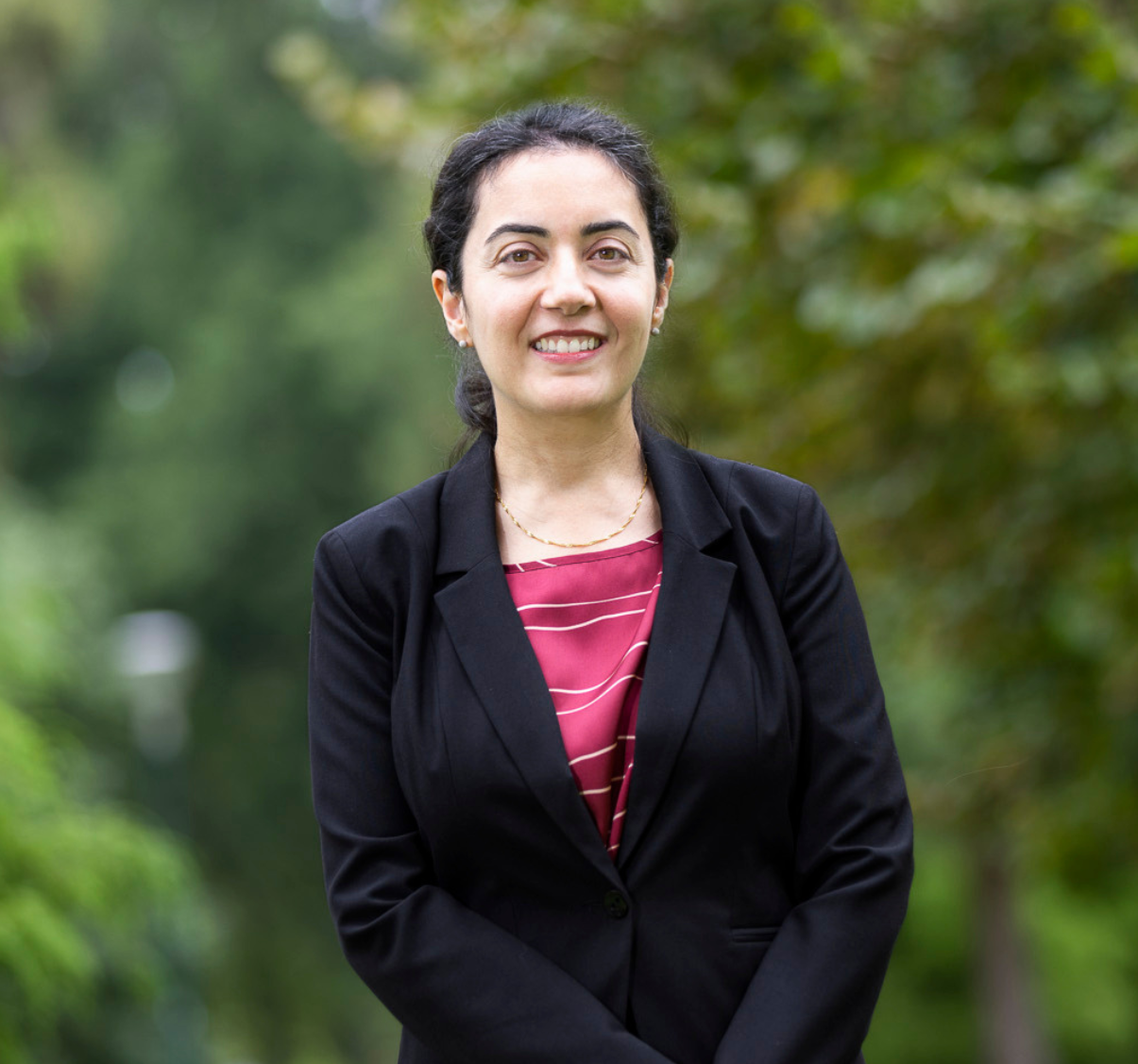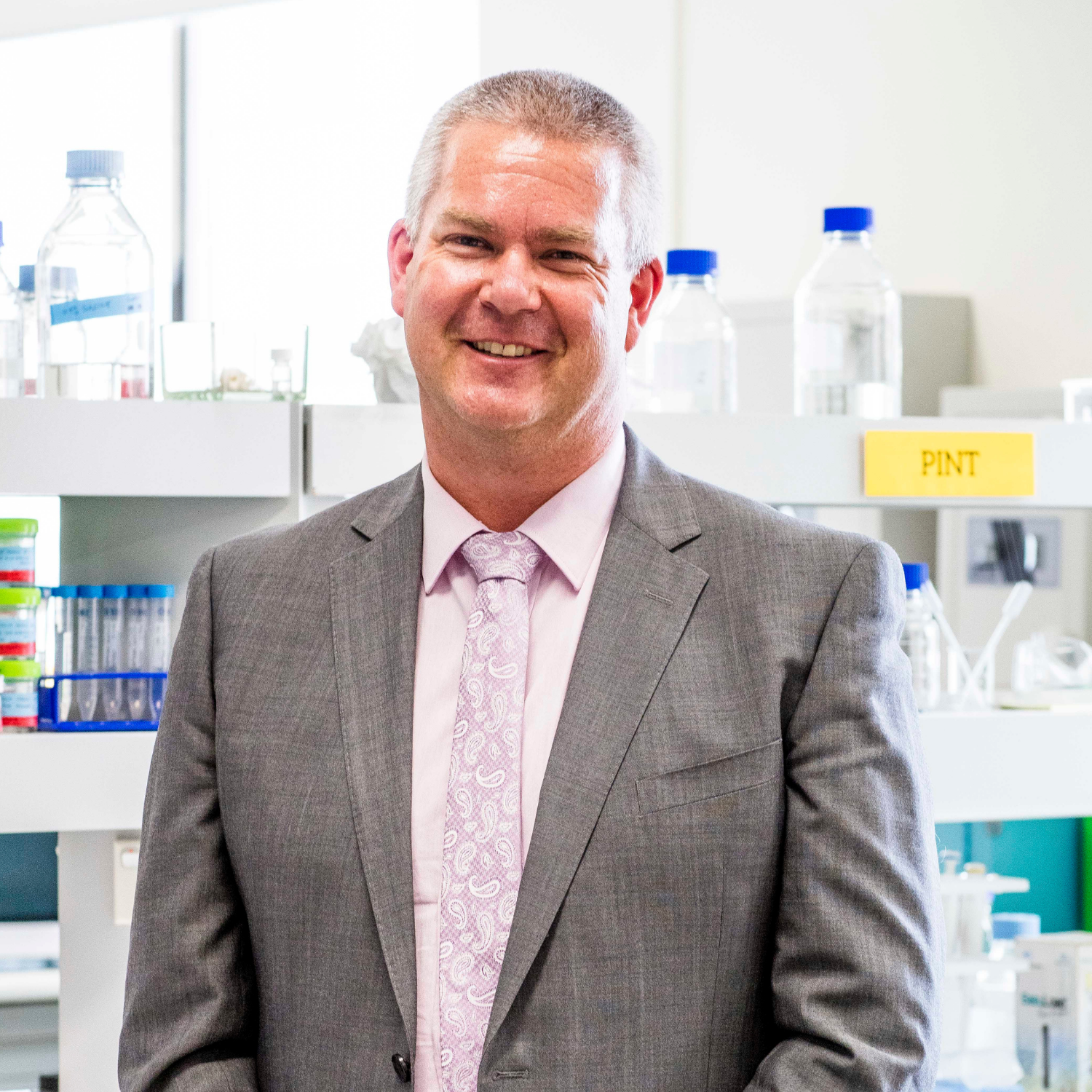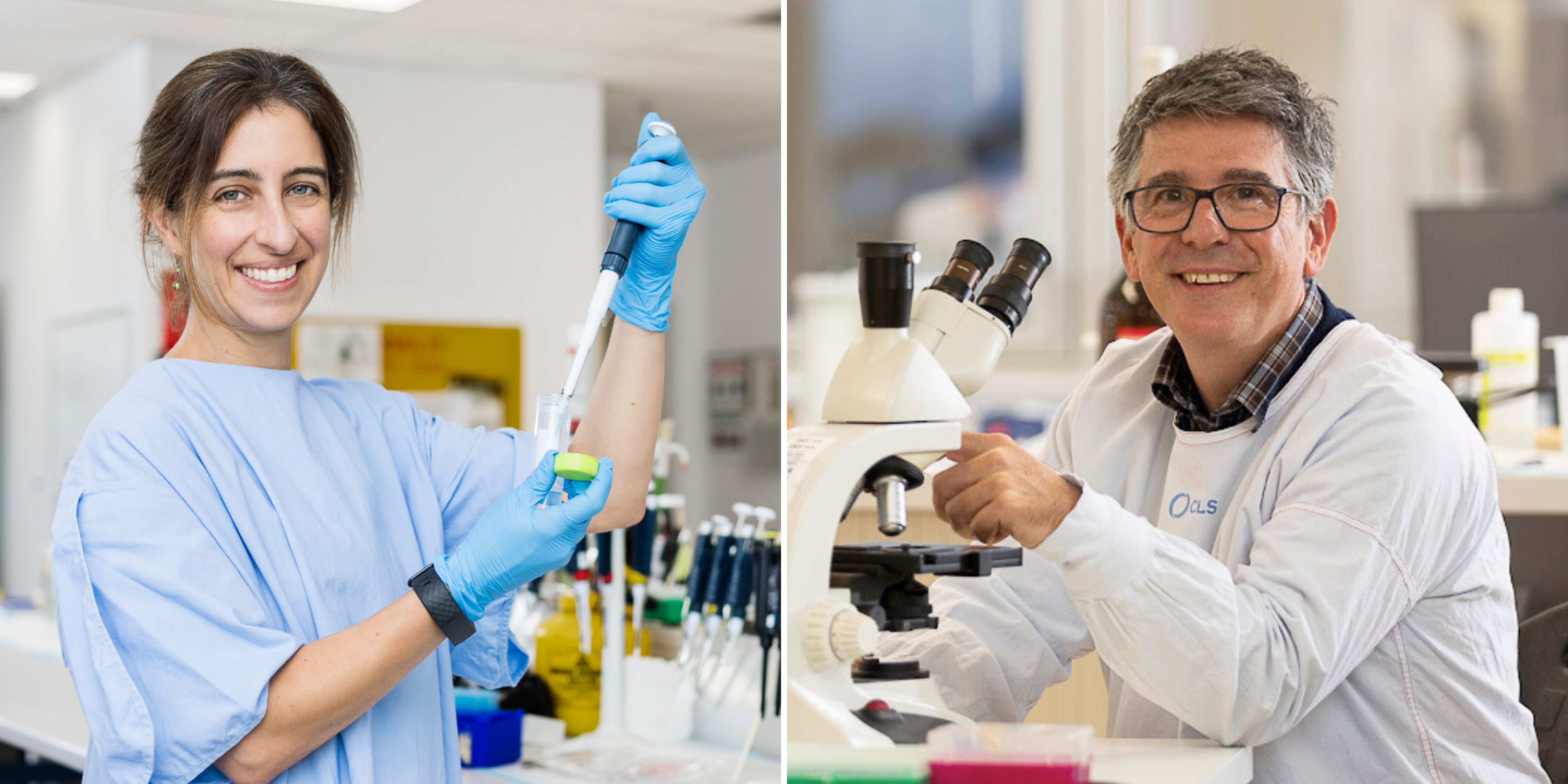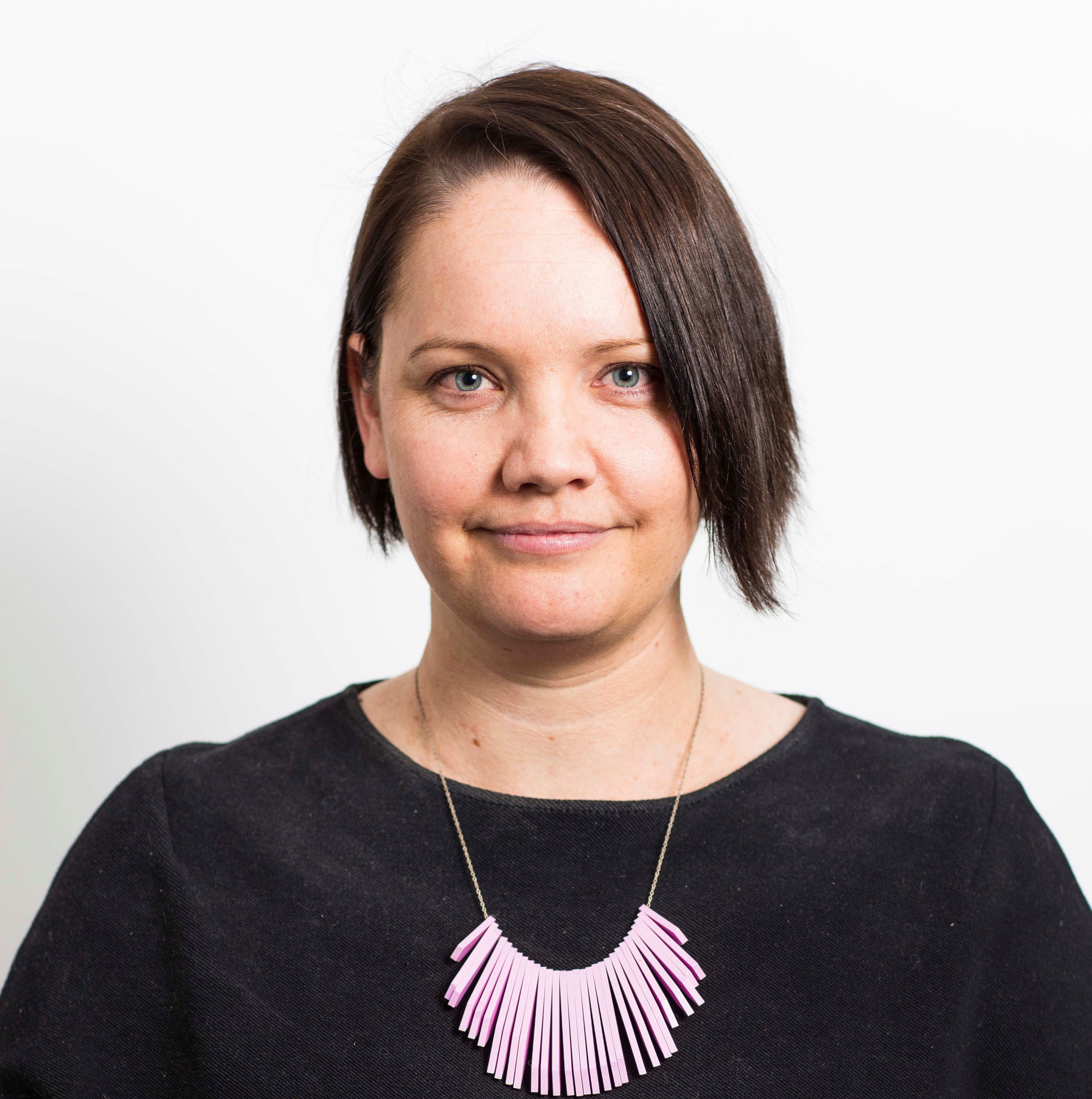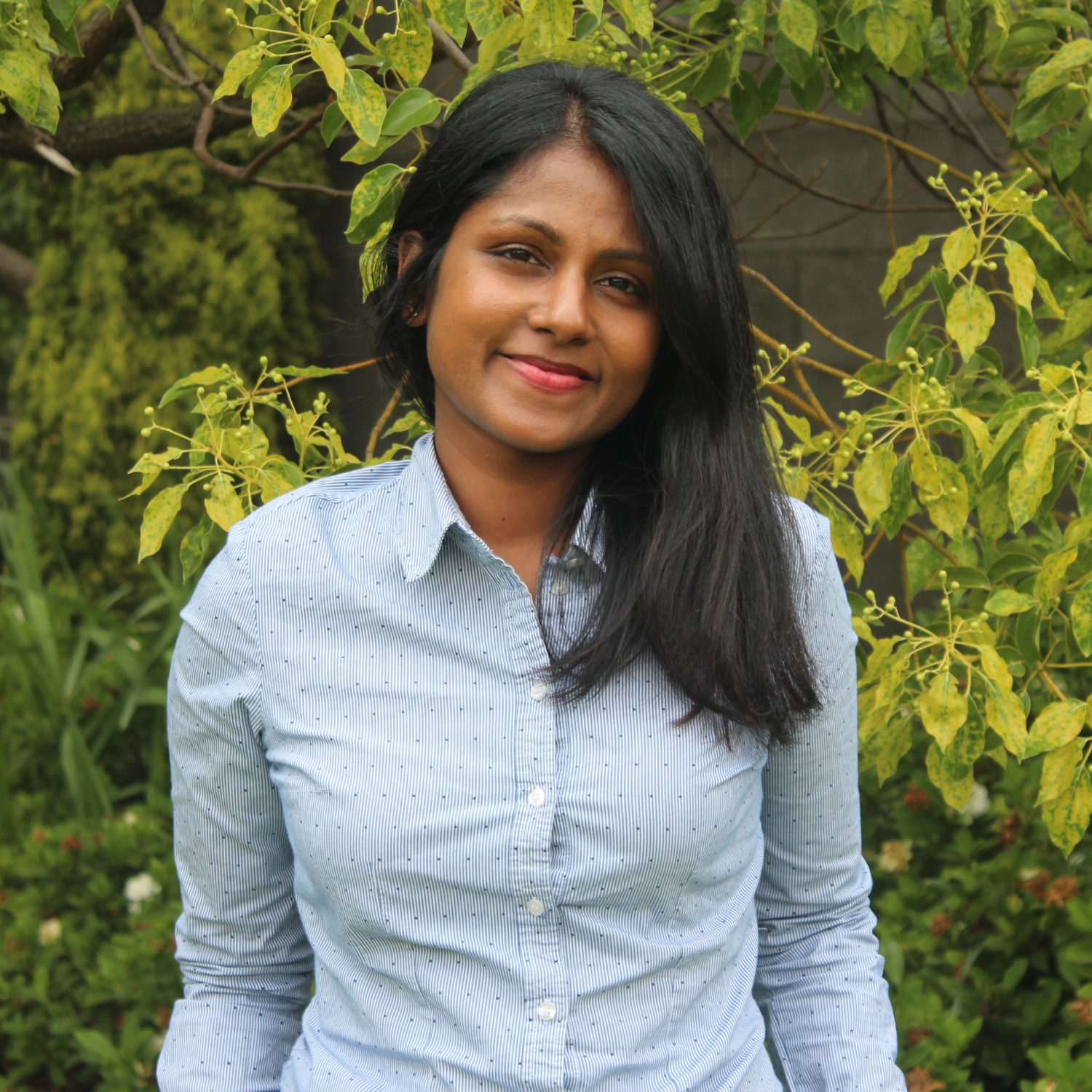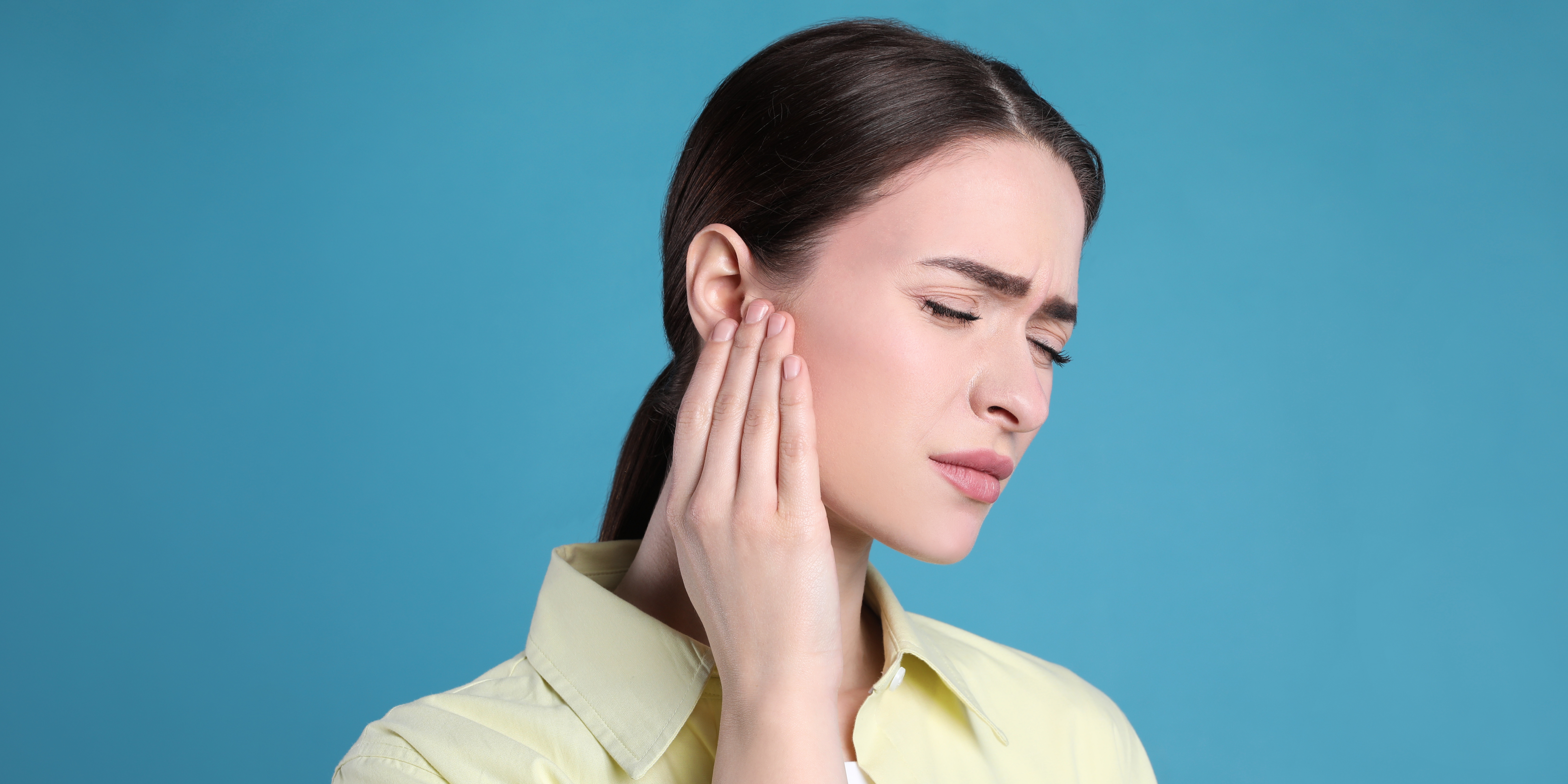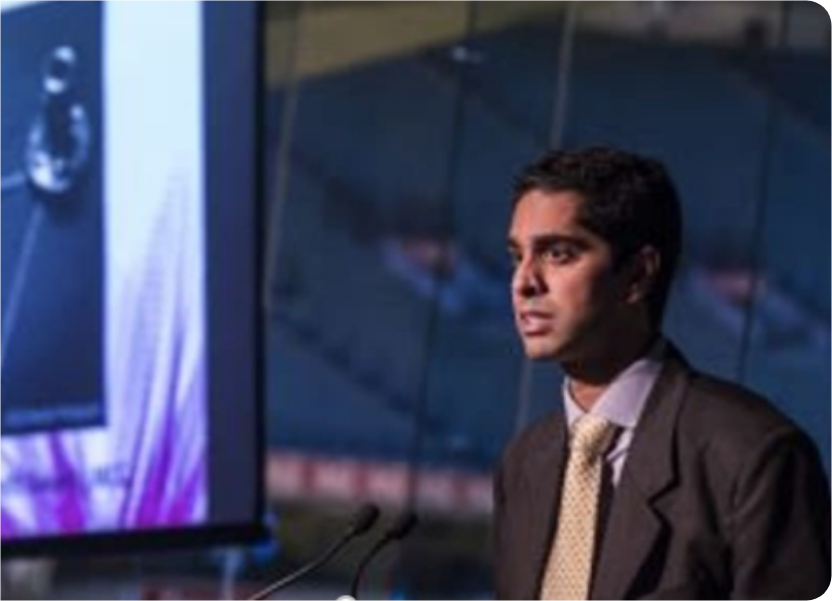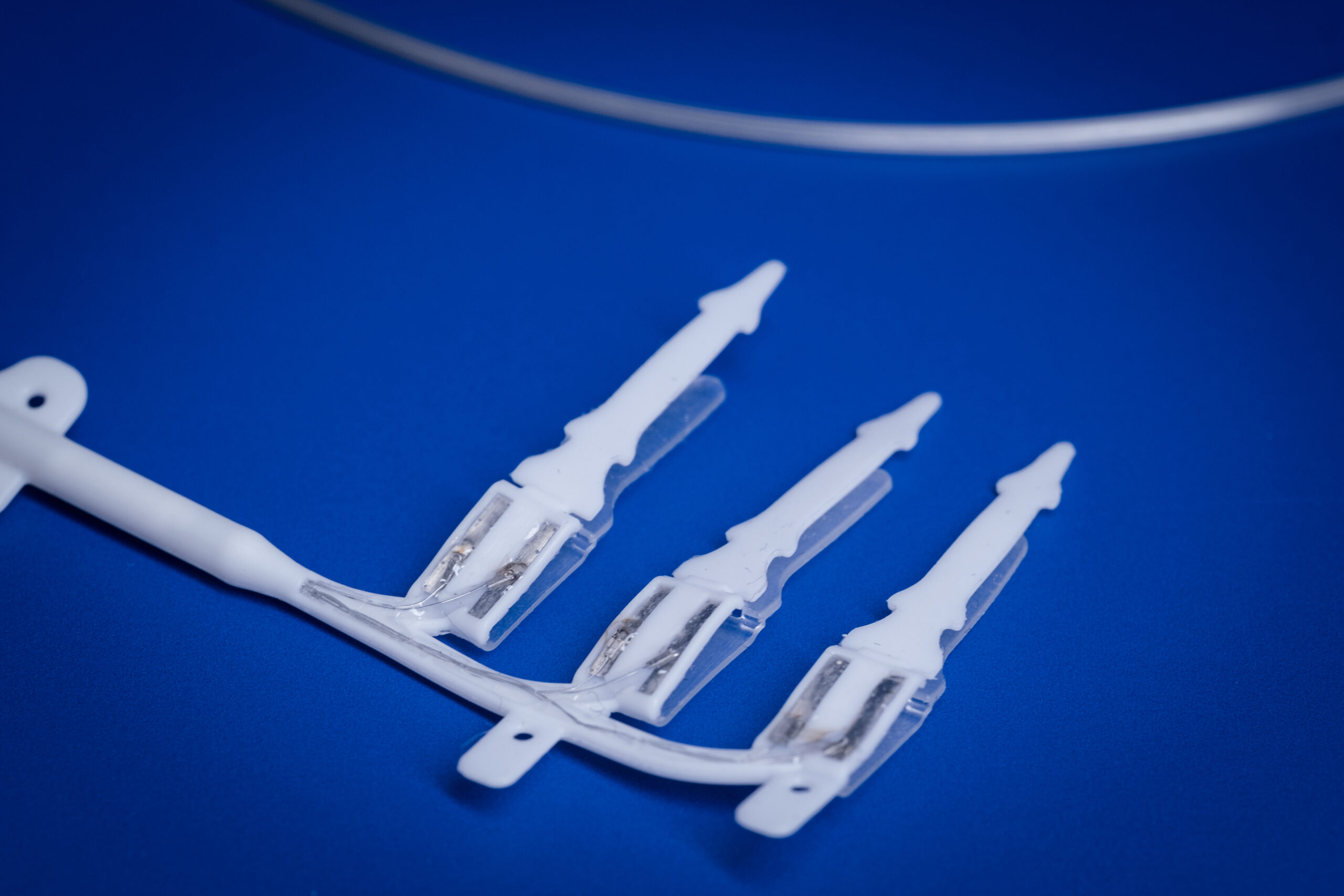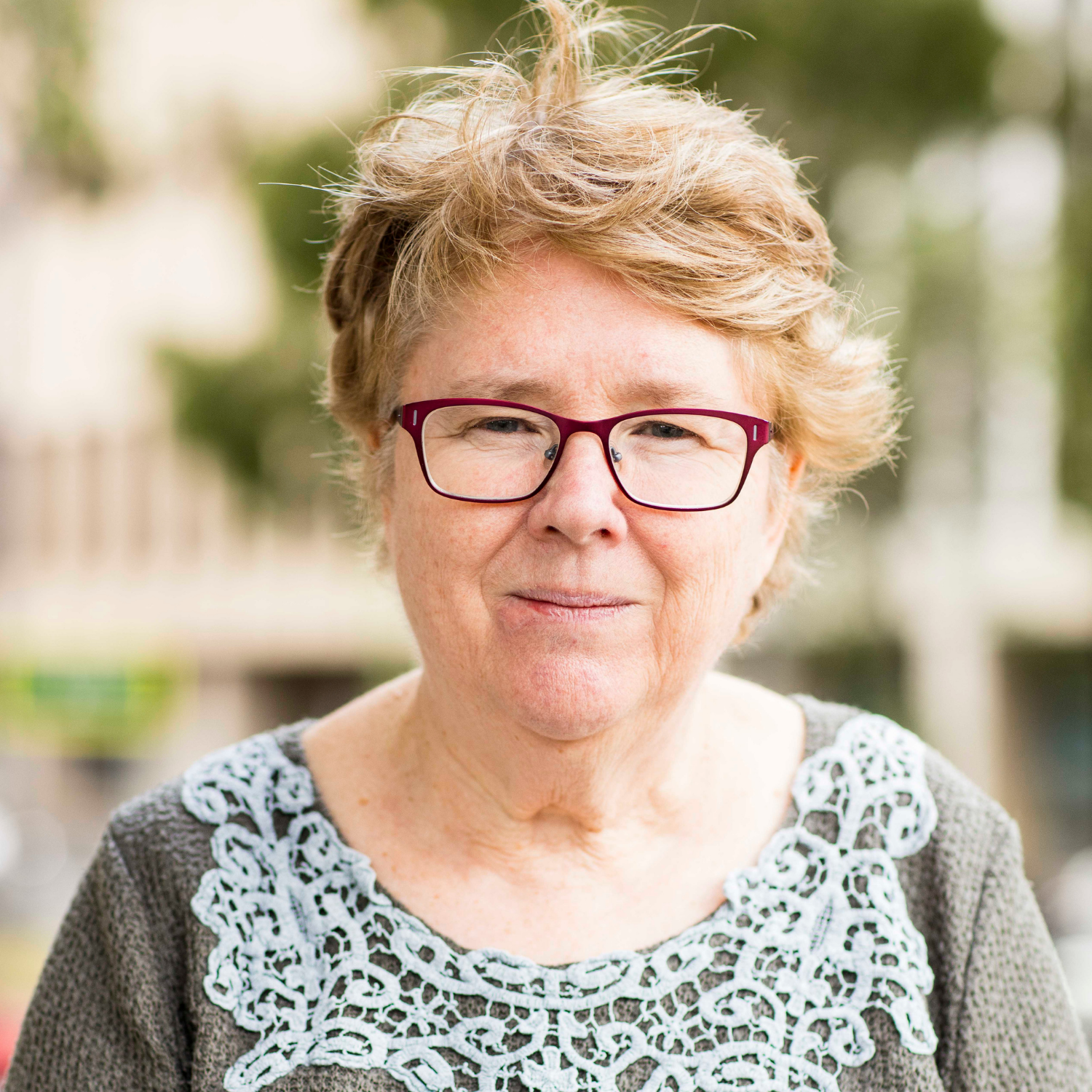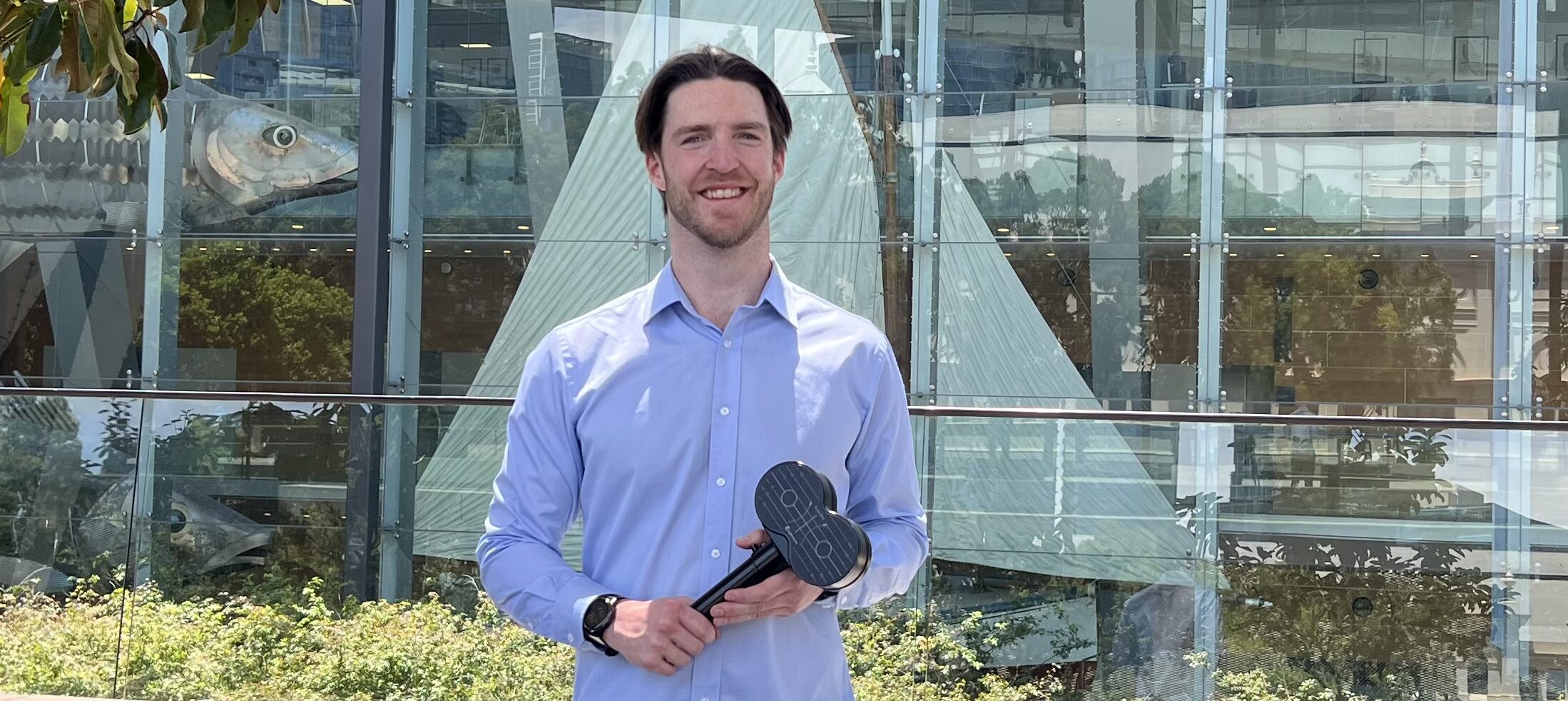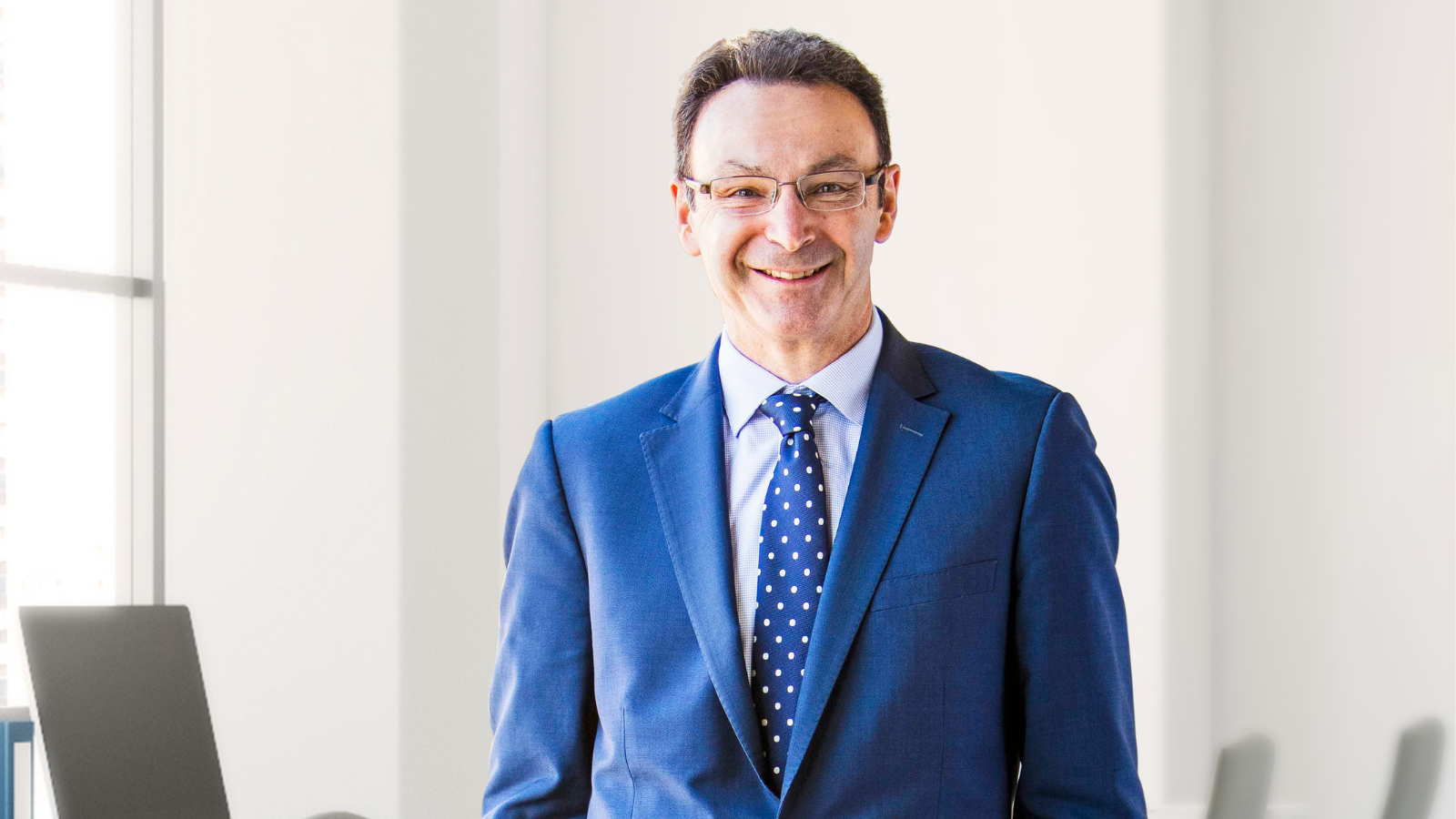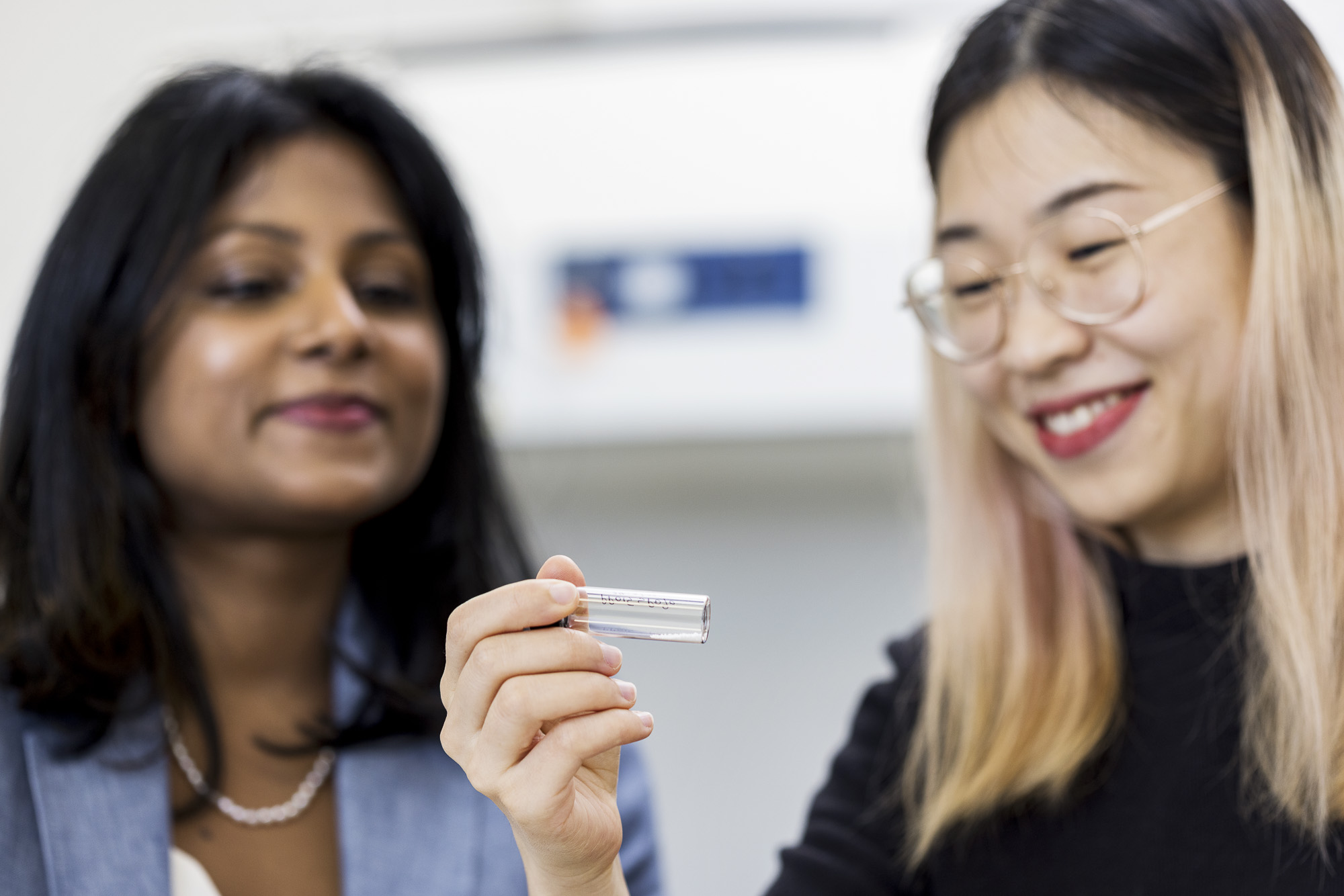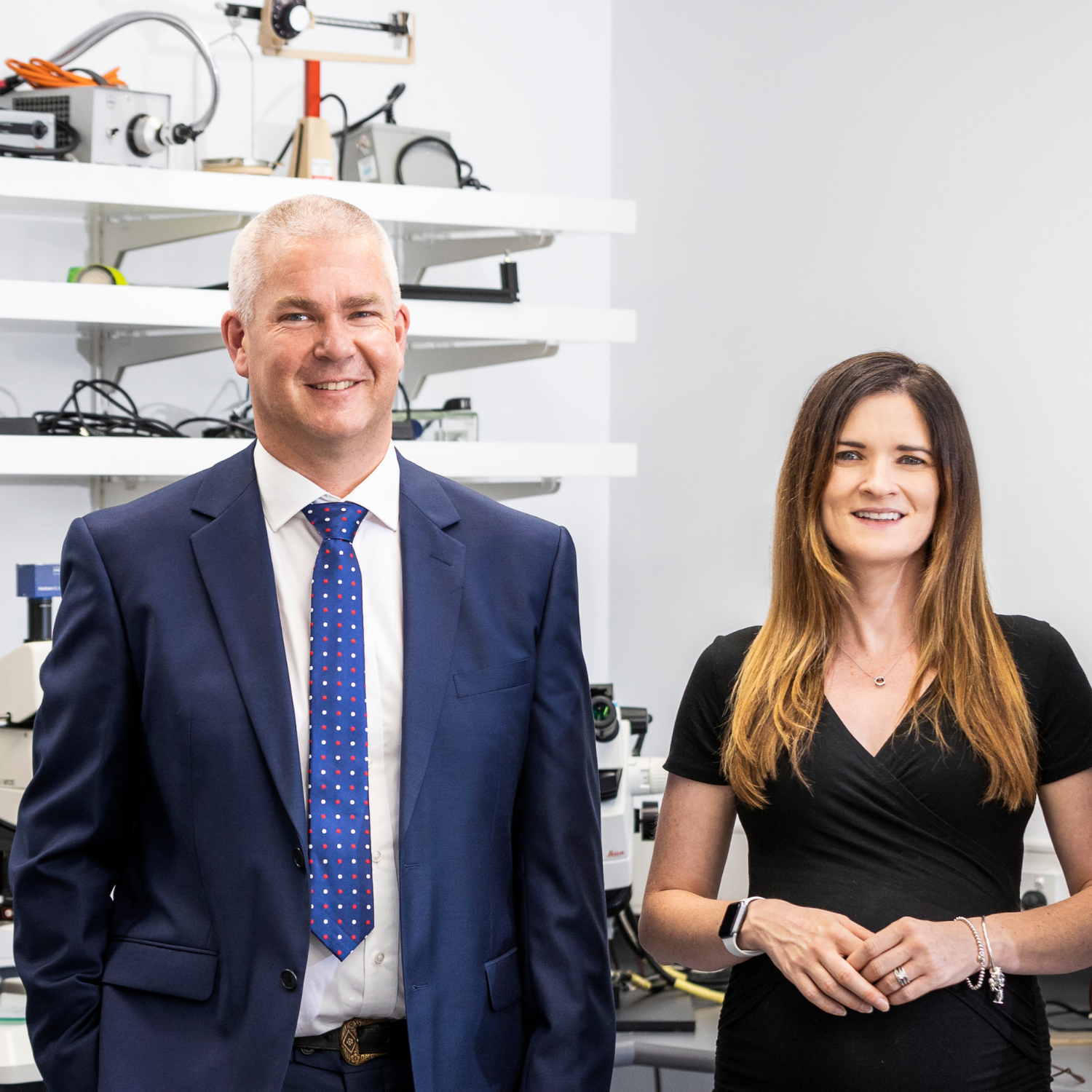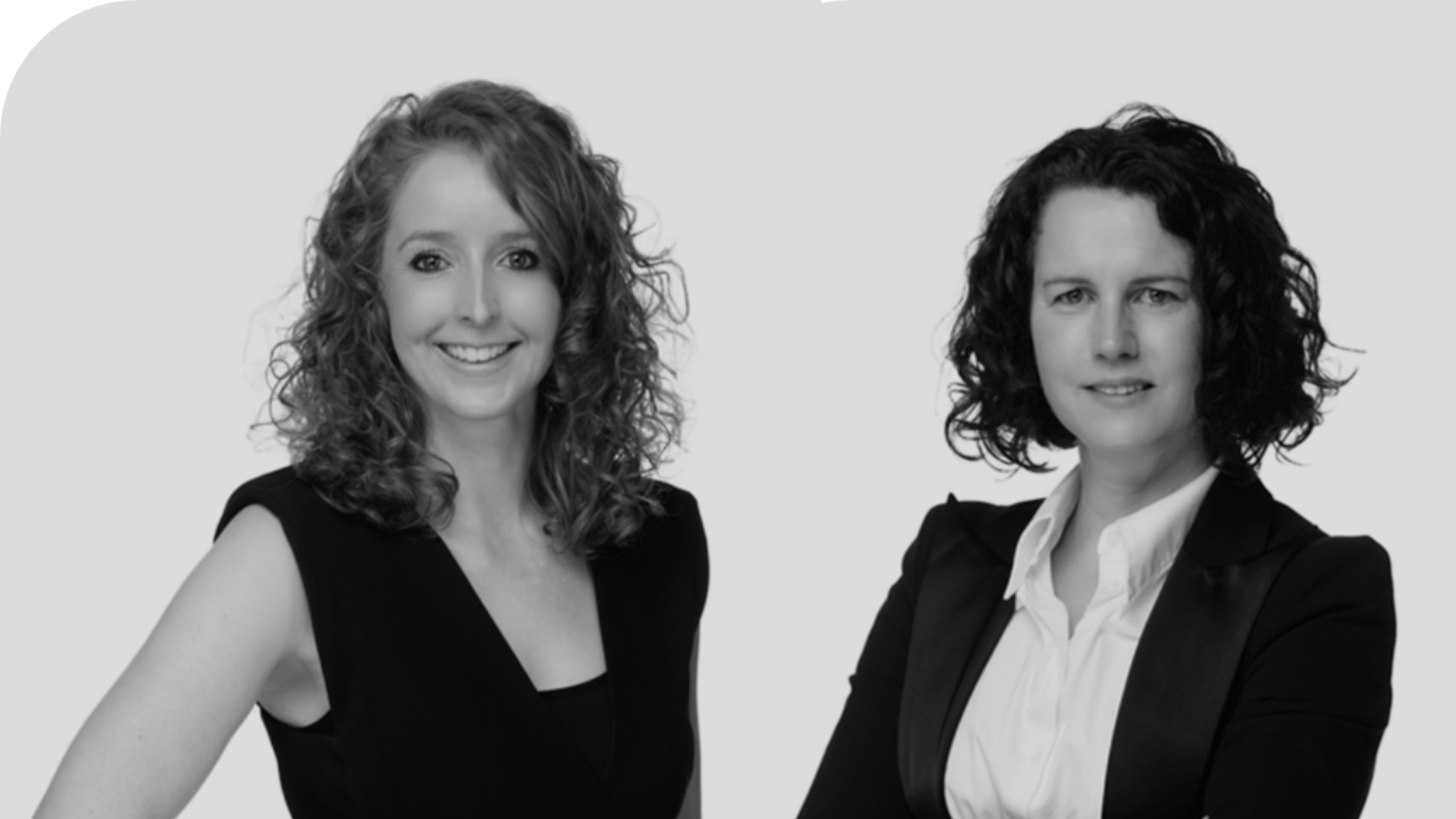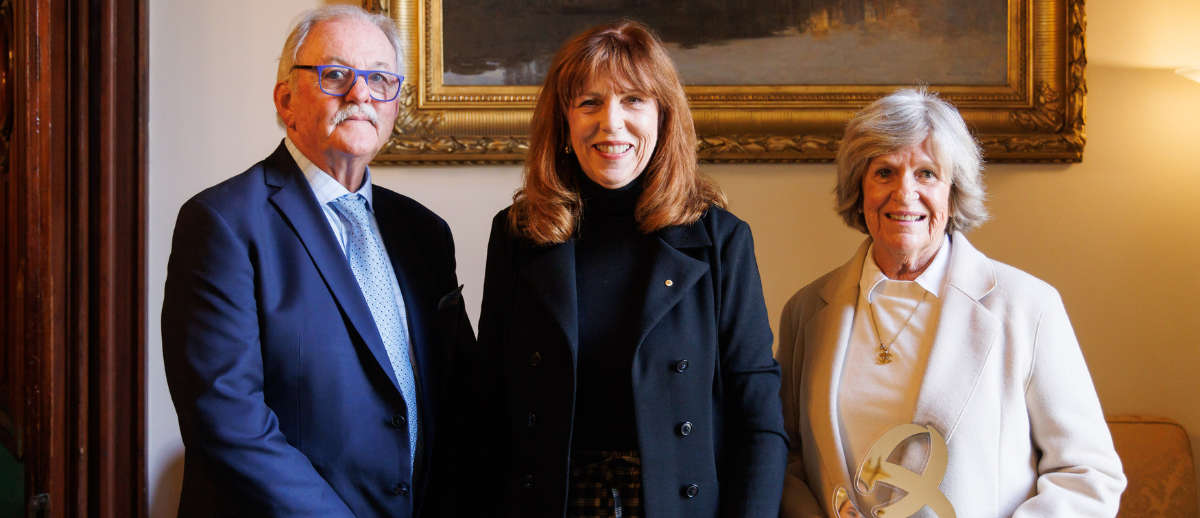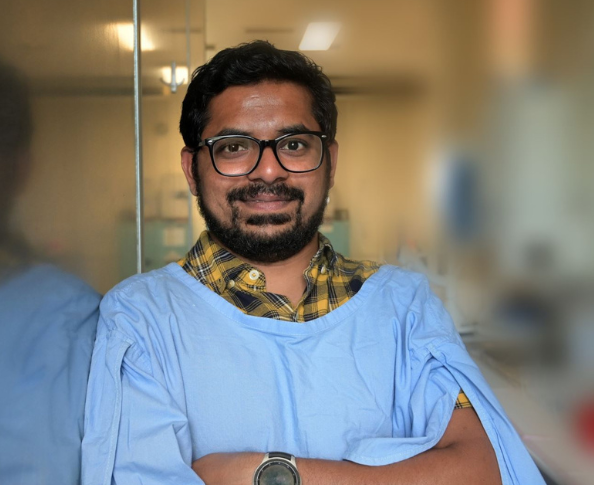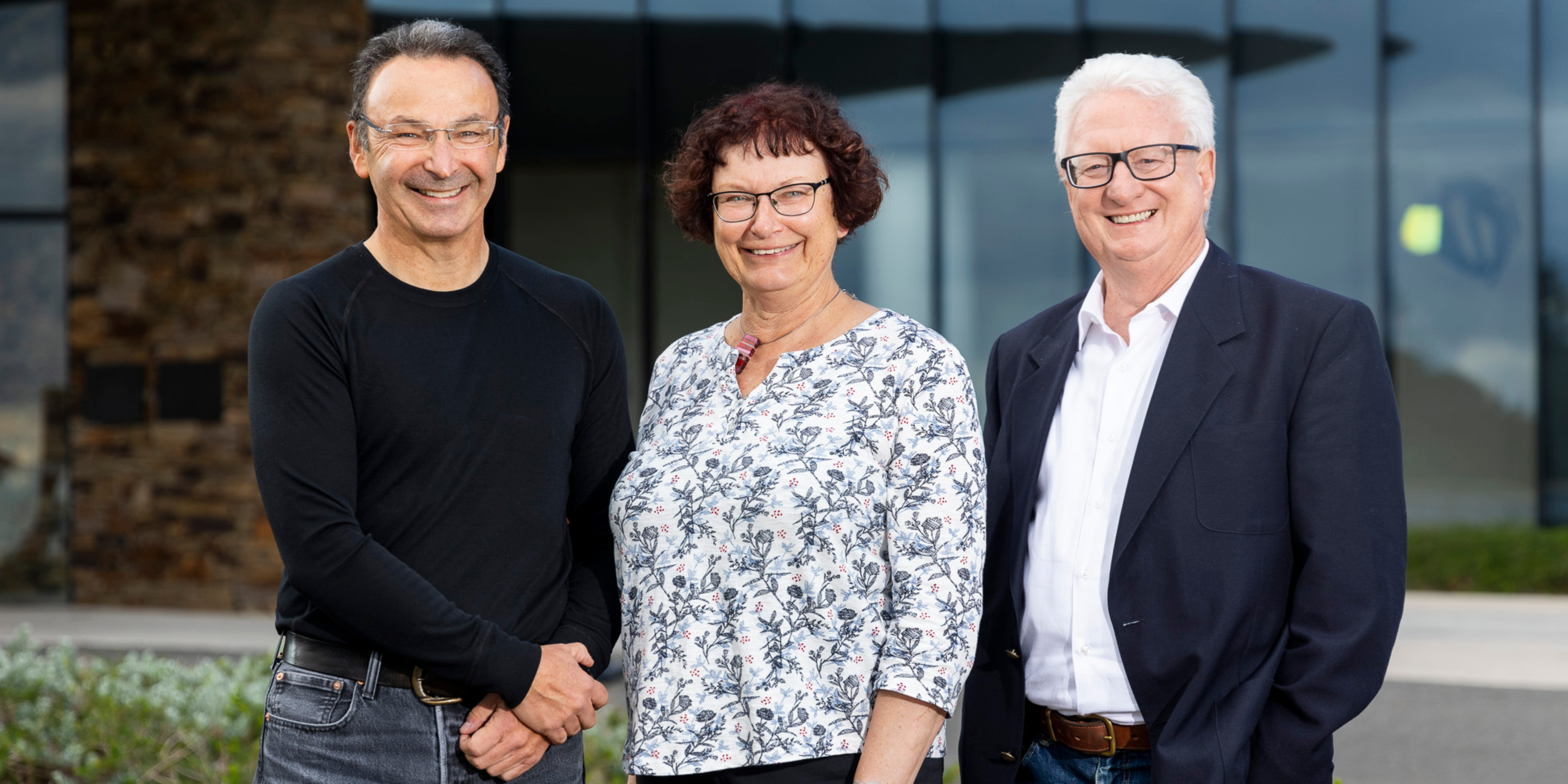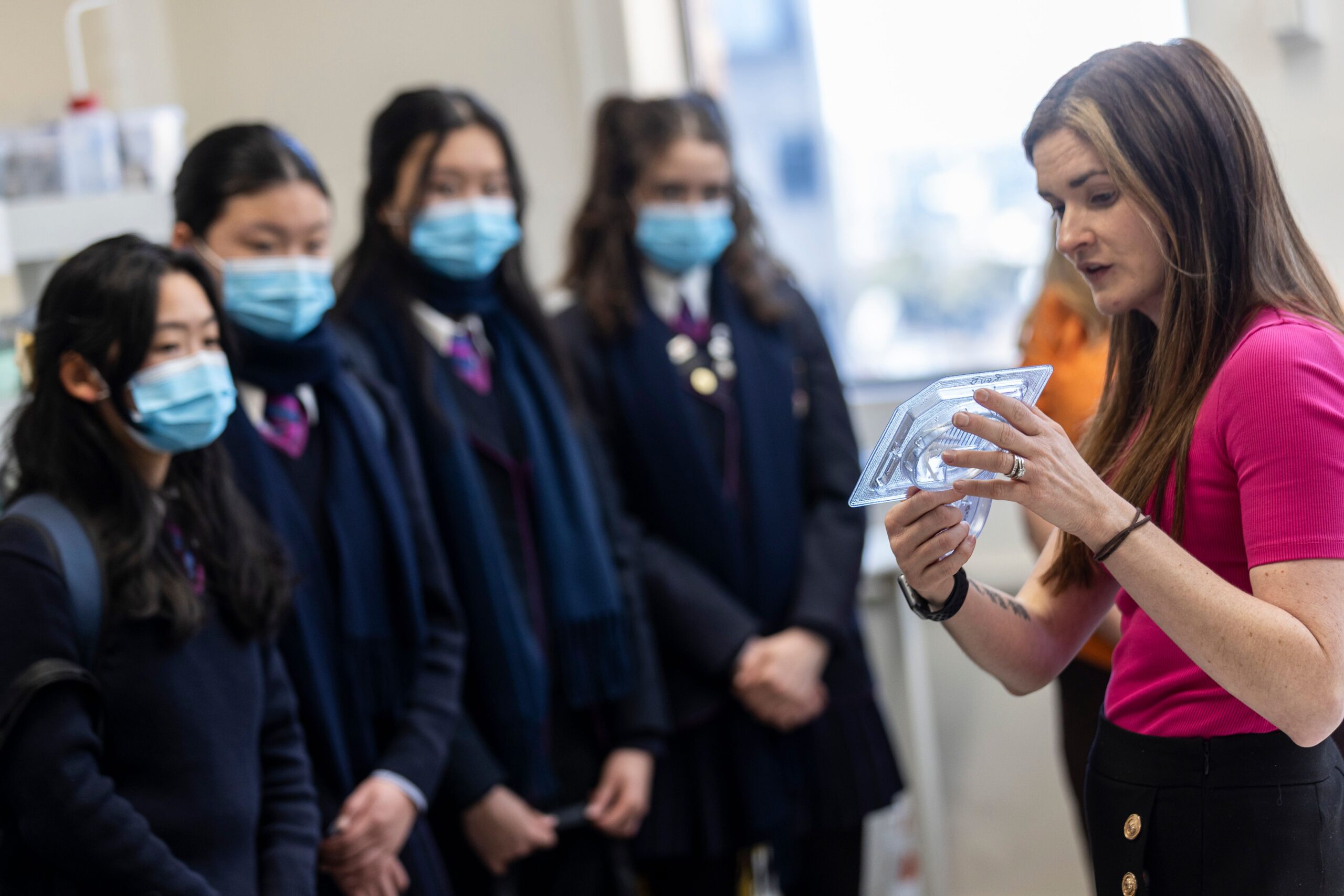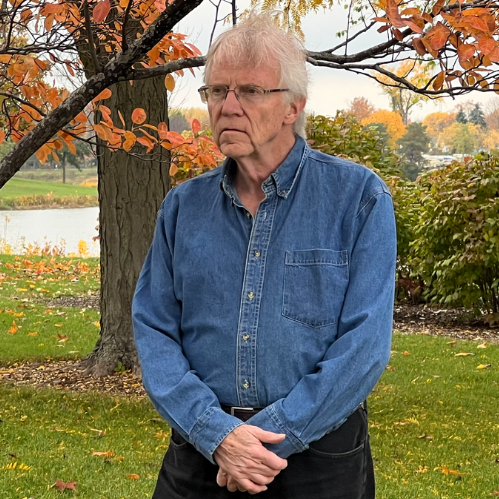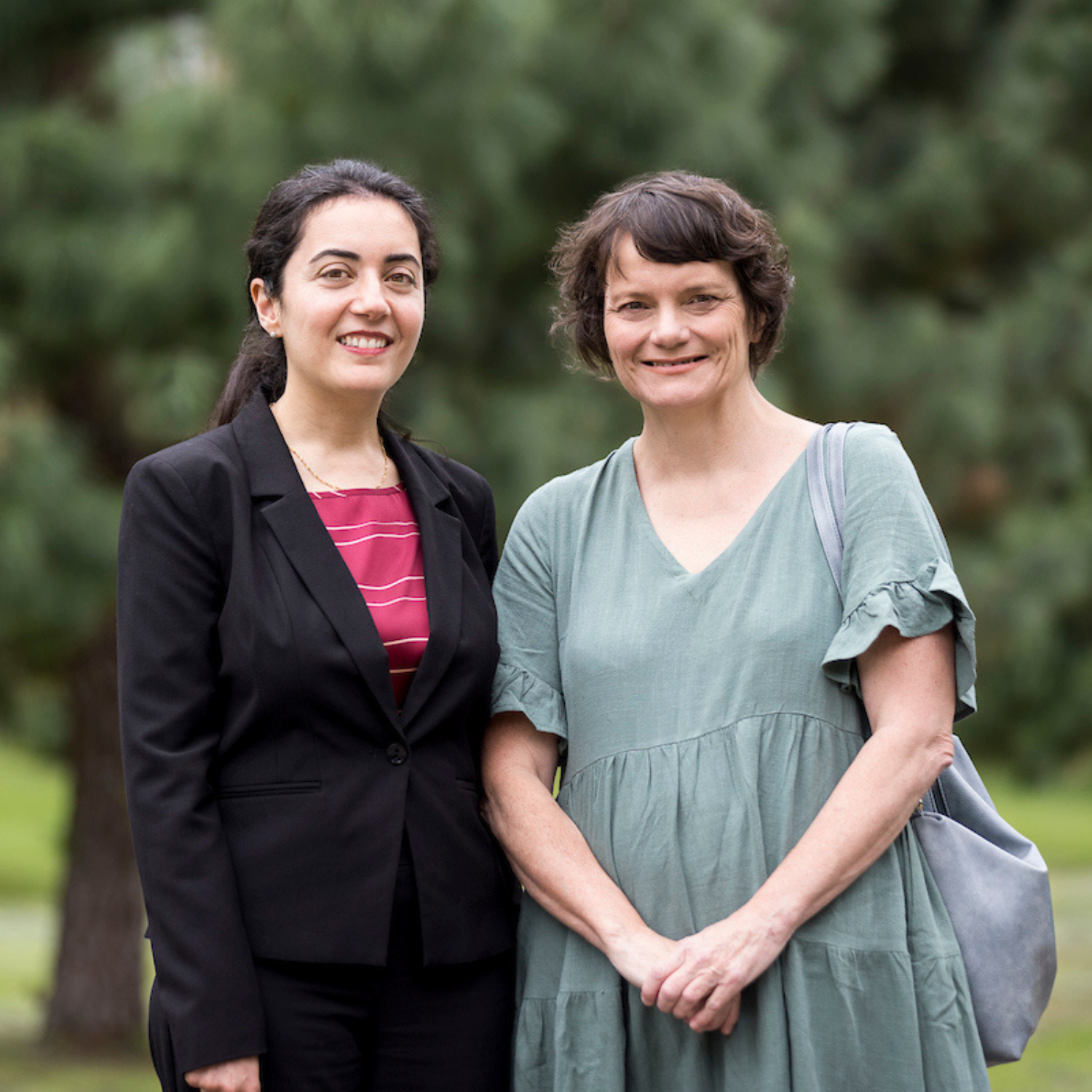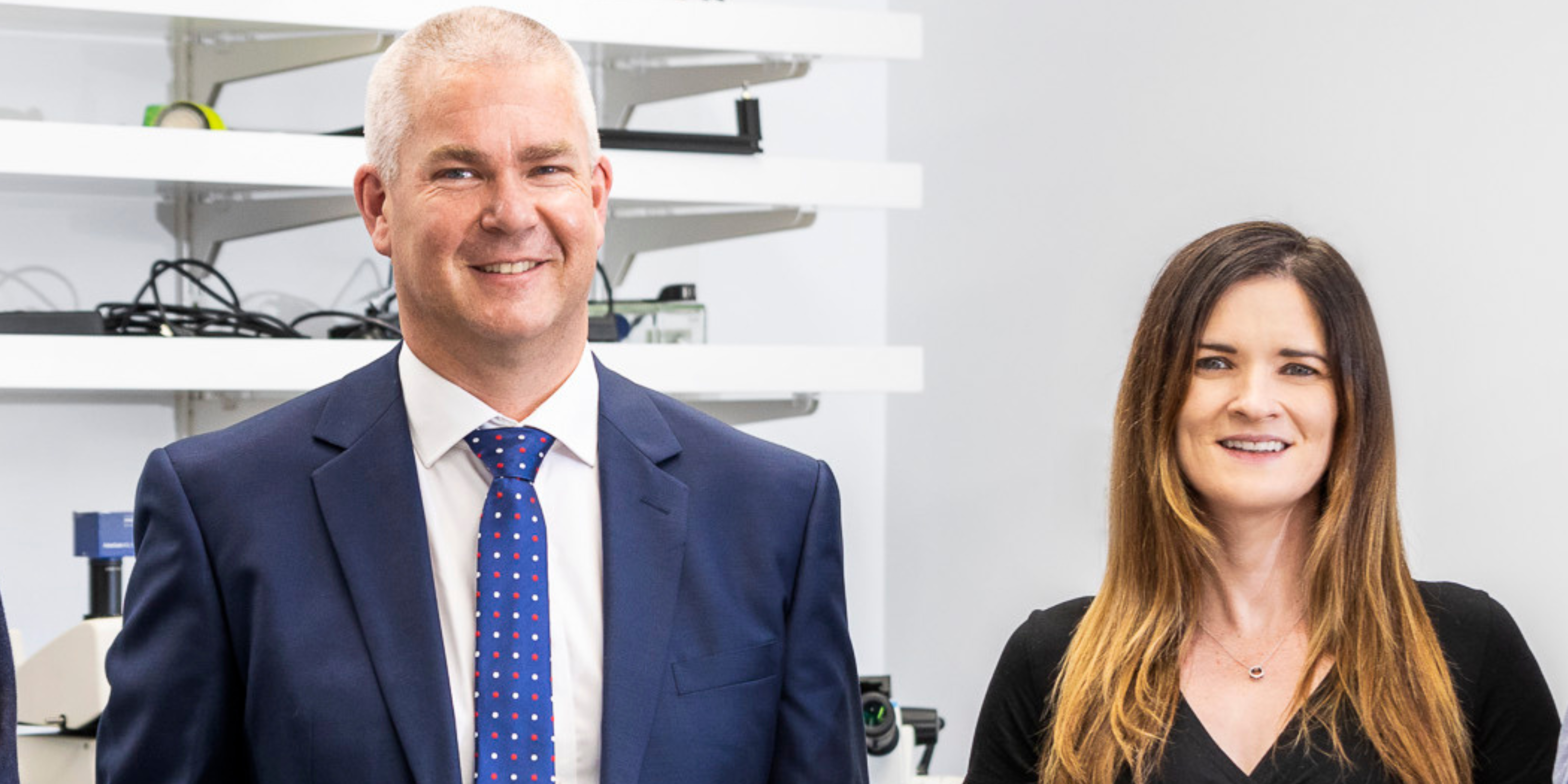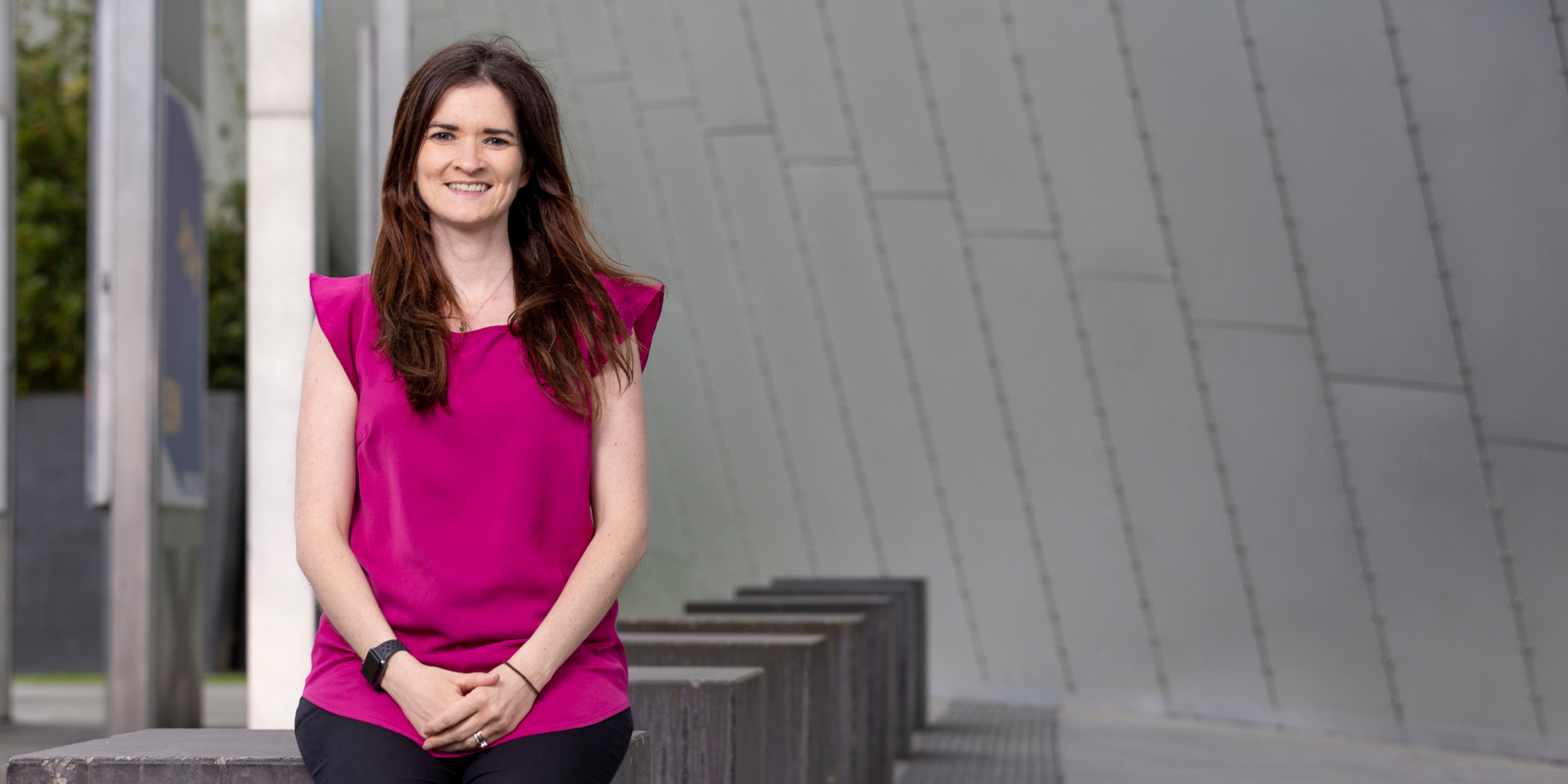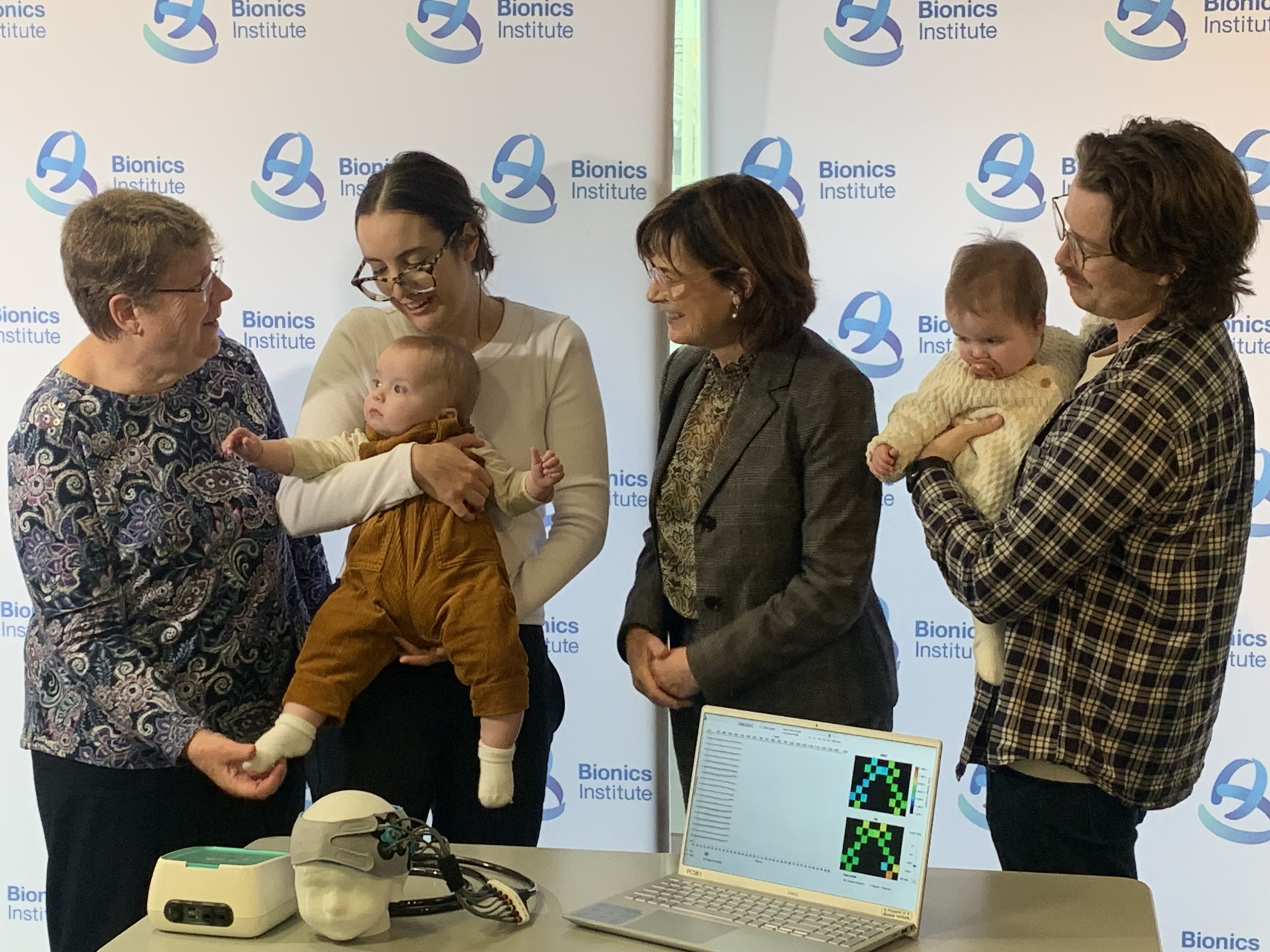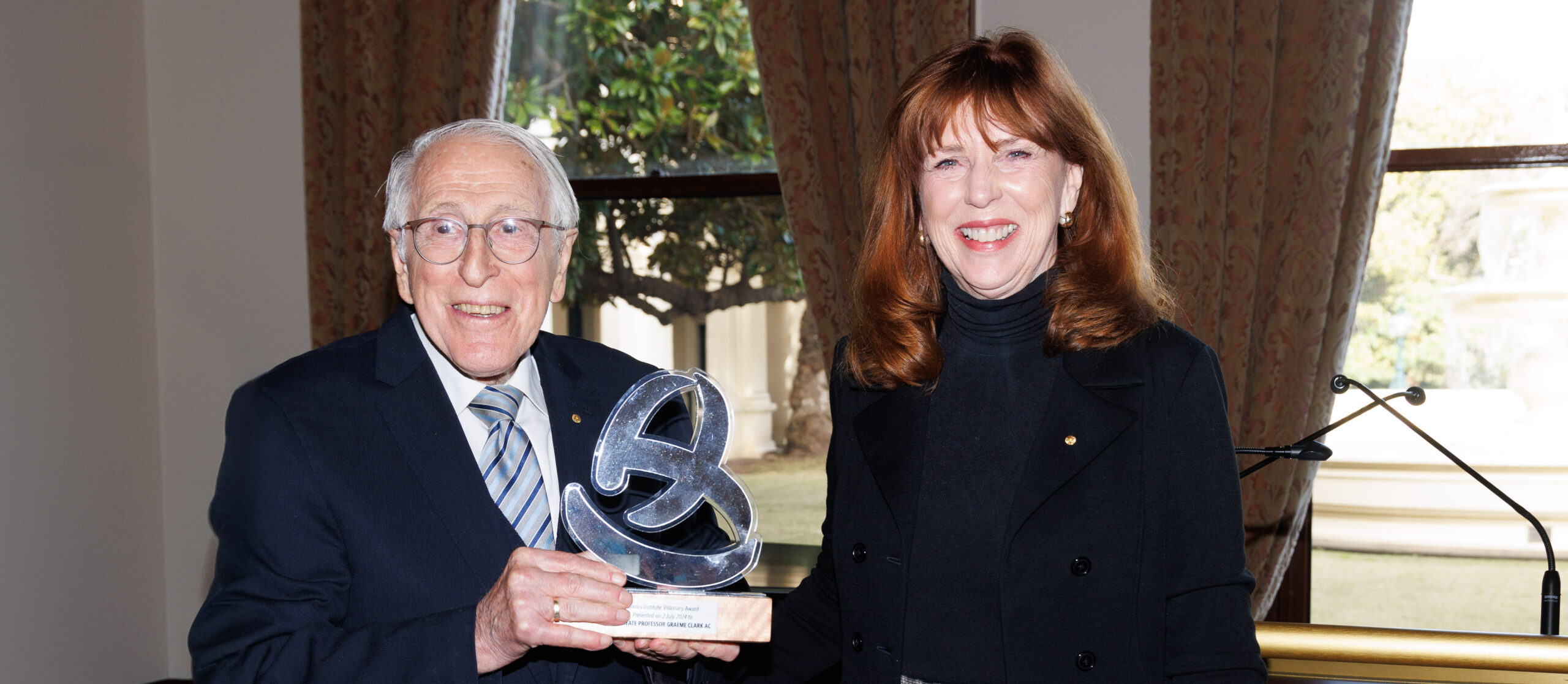Dr Julia Wunderlich is a Senior Clinical Research Fellow at the Bionics Institute and Honorary Fellow in the Medical Bionics Department, University of Melbourne.
She has a PhD in auditory neuroscience and a background in clinical audiology. She worked for 31 years at Monash Health where she was a Senior Audiologist, specializing in the diagnosis of hearing loss in infants and children.
Julia was motivated to leave the audiology clinic and move into translational research by the need for a better way to measure a baby’s hearing ability.
Working with Professor Colette McKay and the EarGenie® team she has developed a new way to measure hearing acuity and sound discrimination in babies and young children.
Julia and the team are conducting a clinical trial to determine how the EarGenie tests will help audiologists and families to take the next steps along the care pathway, from diagnosis of hearing loss to optimised fitting of hearing aids and cochlear implants.
The EarGenie tests use functional near-infrared spectroscopy (fNIRS), to measure oxygen use in the cortex of the brain in response to sound.
This novel method of measuring cortical auditory activity can be used to provide a more comprehensive assessment of a baby’s hearing and guide clinical decision making in babies with hearing impairment.
A major research focus is to use fNIRS to measure hearing ability in children with auditory neuropathy, a condition that affects about ten percent of babies born with hearing loss.
In this condition, speech understanding is compromised, and current audiology tests do not accurately measure a baby’s hearing ability. Because of this, there is a delay in appropriate management and the opportunity for early intervention is lost.
fNIRS can also be used to personalise hearing devices. Julia’s work with EarGenie® is also aimed at measuring speech sound discrimination in babies with hearing aids and cochlear implants so that they have the best device fitting as soon as possible.
E: JWunderlich@bionicsinstitute.org
ORCID: 0000-0002-8339-5030
Google Scholar: Julia Wunderlich
Notable Publications
1. Lee, O.W., Mao, D., Savkovic, B., Wunderlich, j., Nicholls, N., Jeffreys, E., Eager, M., Korneev, M., McKay, C.M. The Use of Heart Rate Responses Extracted From Functional Near-Infrared Spectroscopy Data as a Measure of Speech Discrimination Ability in Sleeping Infants. Ear and Hearing, 2023 Jan 14. doi:10.1097/AUD.0000000000001325. Online ahead of print.
2. Peng, T., Esmaelpoor, J., Mao, D., Lee, O.W., Balasubramanian, G., Wunderlich, J., McKay, C.M. A Parametric Model for Characterizing Time-Variant Single Trials of Block-Design fNIRS Experiments. by 45th Annual International Conference of the IEEE Engineering in Medicine and Biology Society July 24-28, 2023, ICC Sydney, Australia.
3. Mao D, Wunderlich J, Savkovic B, Jeffreys E, Nicholls N, Lee OW, et al. Speech token detection and discrimination in individual infants using functional near-infrared spectroscopy. Scientific Reports. 2021;11(1):24006. https://doi.org/10.1038/s41598-021-03595-z
4. JL Wunderlich, BK Cone-Wesson, R Shepherd (2006) Maturation of the cortical auditory evoked potential in infants and young children. Hearing Research (2006) 212 (1-2), 185-202
5. JL Wunderlich, BK Cone-Wesson (2006) Maturation of CAEP in infants and children: a review
Hearing Research (2006) 212 (1-2), 212-223
6. G Rance, B Cone-Wesson, J Wunderlich, R Dowell (2002) Speech perception and cortical event related potentials in children with auditory neuropathy. Ear and Hearing (2002) 23 (3), 239-253
7. B Cone-Wesson, J Wunderlich (2003) Auditory evoked potentials from the cortex: audiology applications. Current Opinion in Otolaryngology & Head and Neck Surgery (2003) 11 (5), 372-377
8. SA Wilcox, K Saunders, AH Osborn, A Arnold, J Wunderlich, T Kelly, V Collins, LJ Wilcox, RJM Gardner, M Kamarinos, B Cone-Wesson, R Williamson, HM Dahl (2000) High frequency hearing loss correlated with mutations in the GJB2 gene. Human genetics (2000) 106 (4), 399-405
